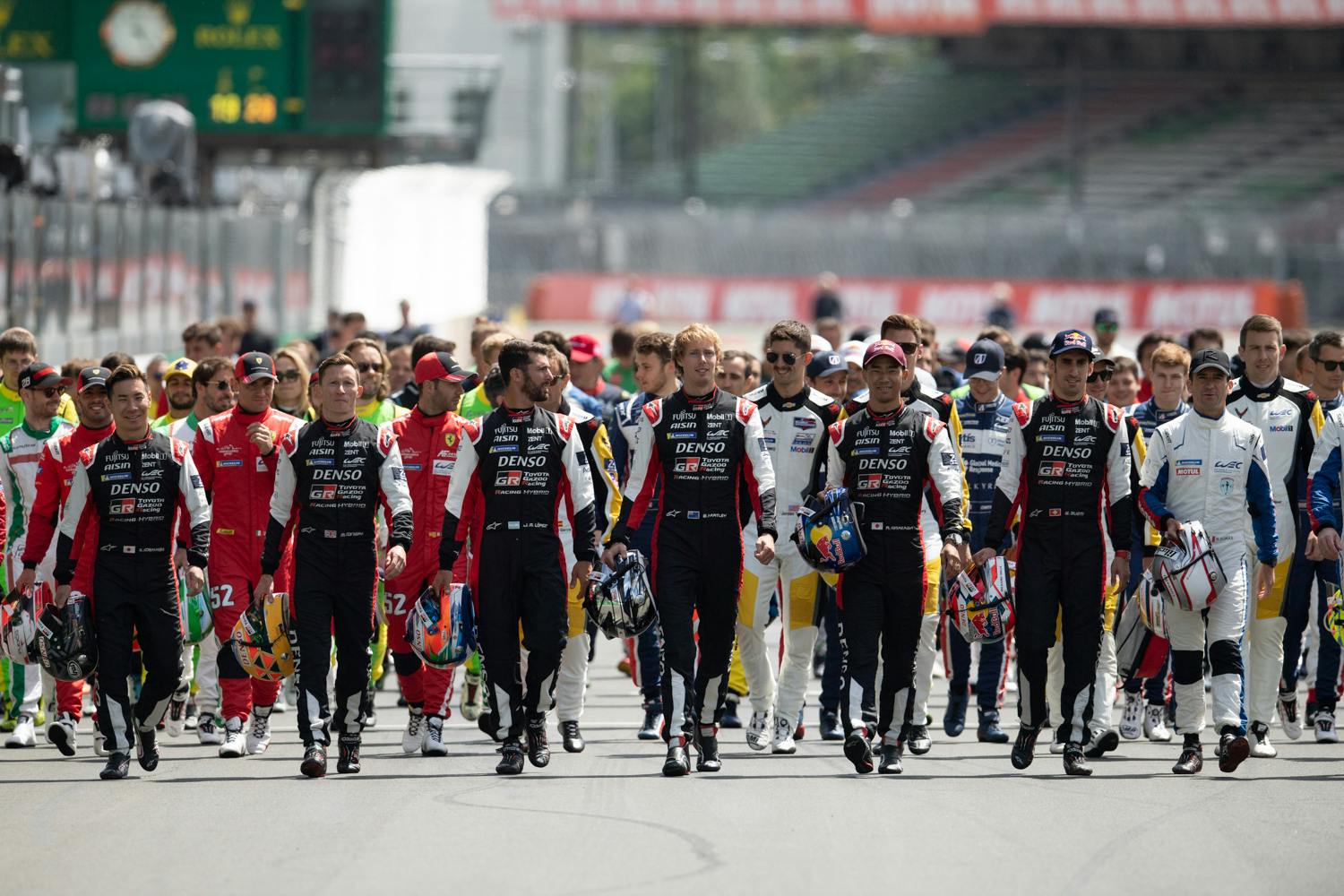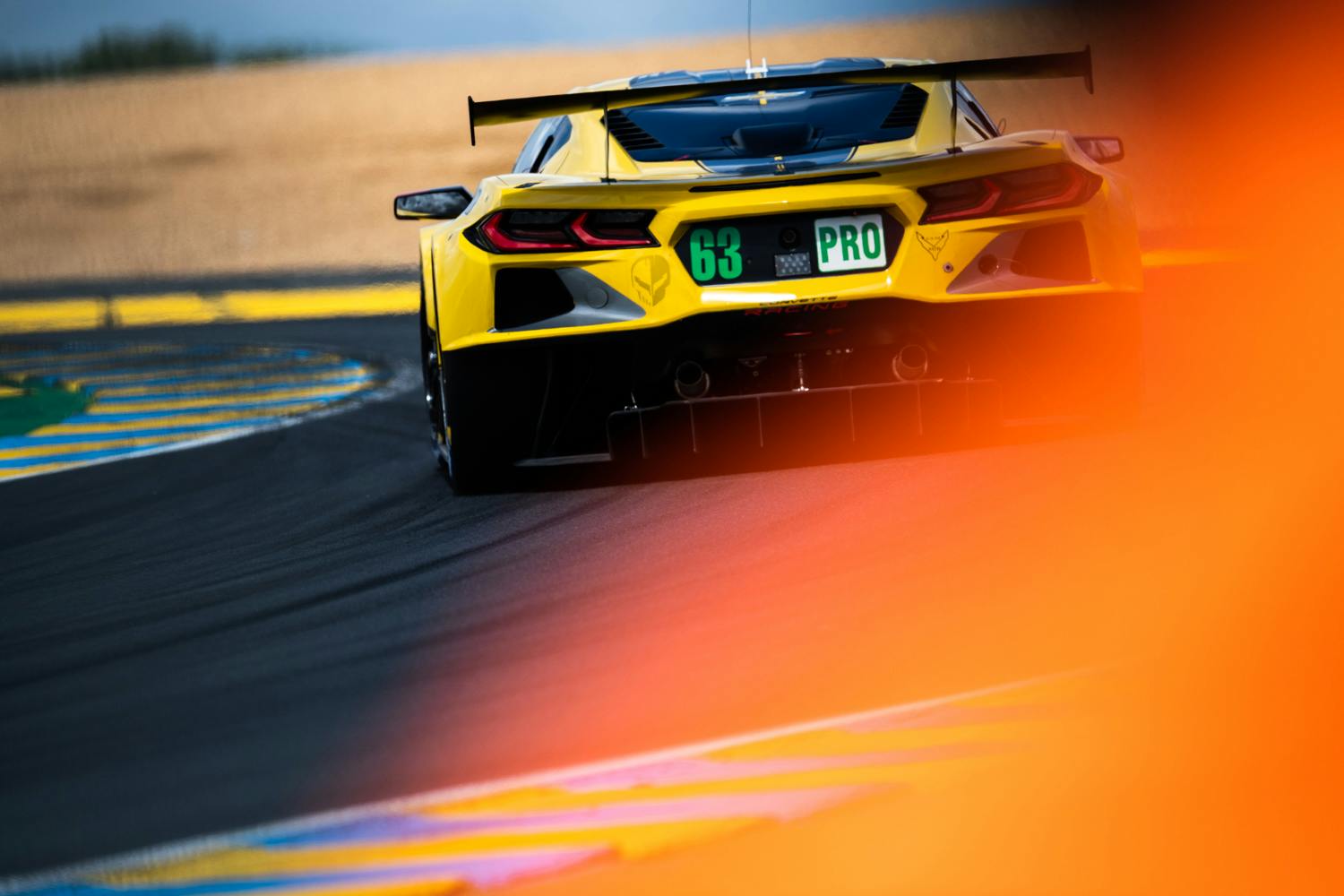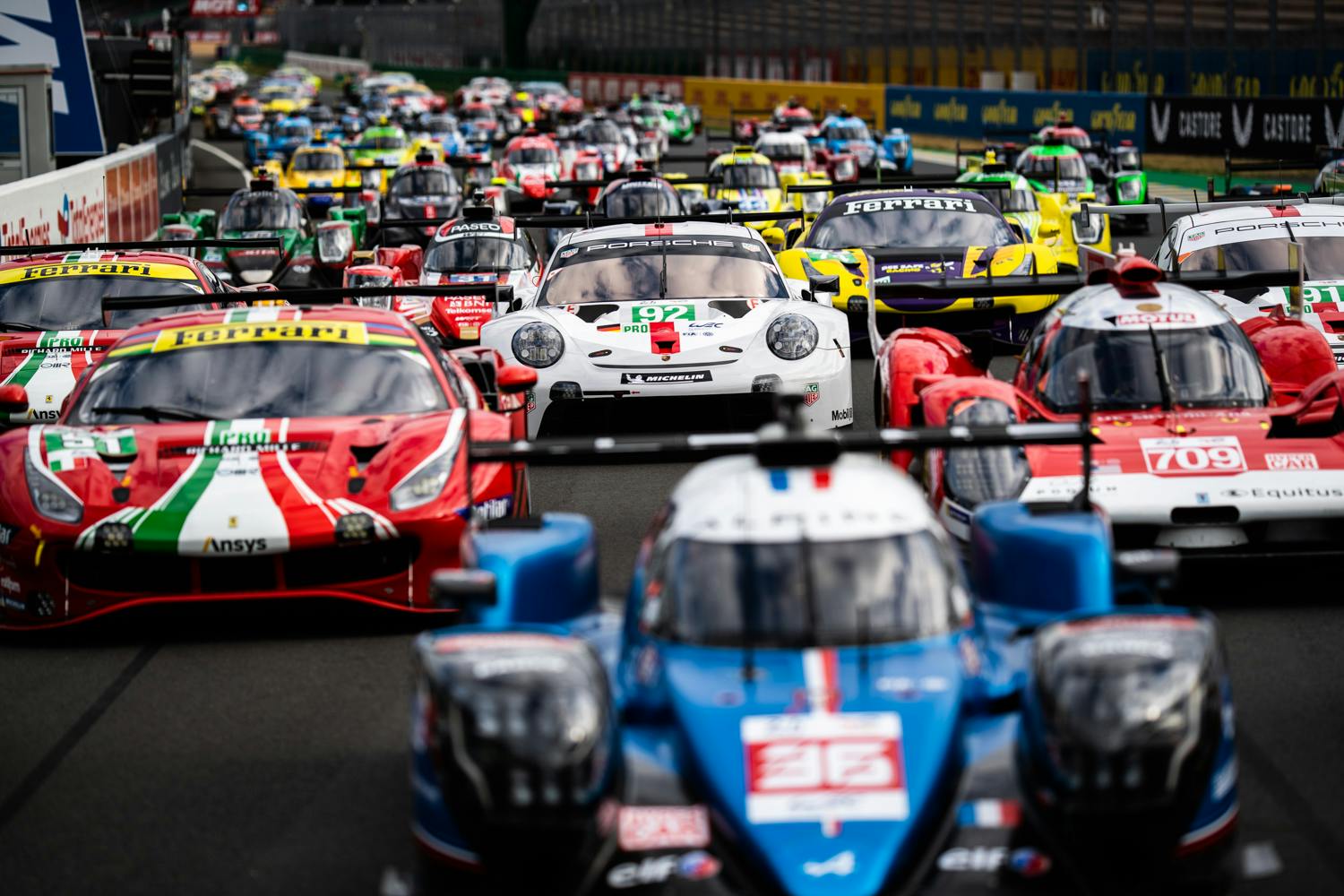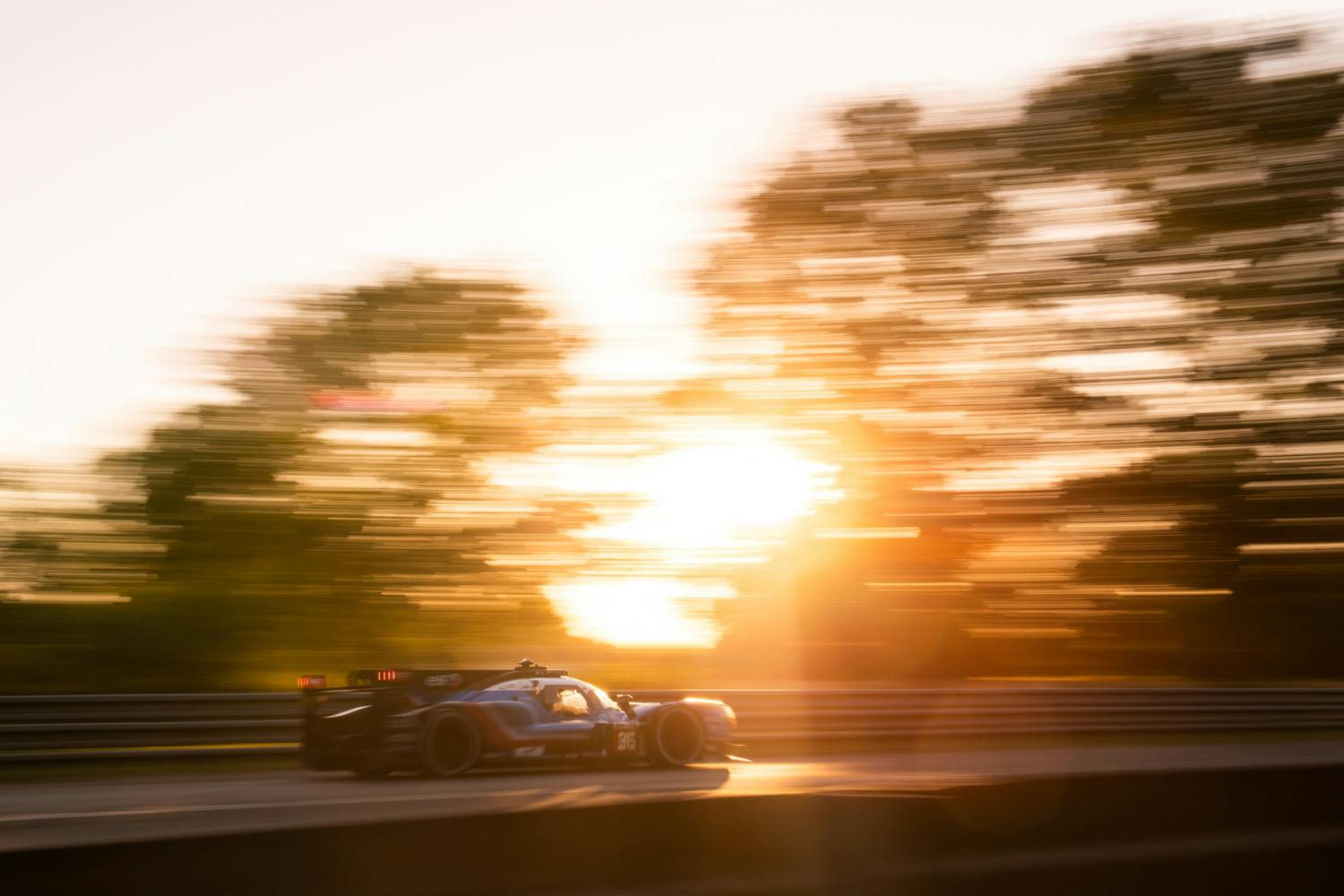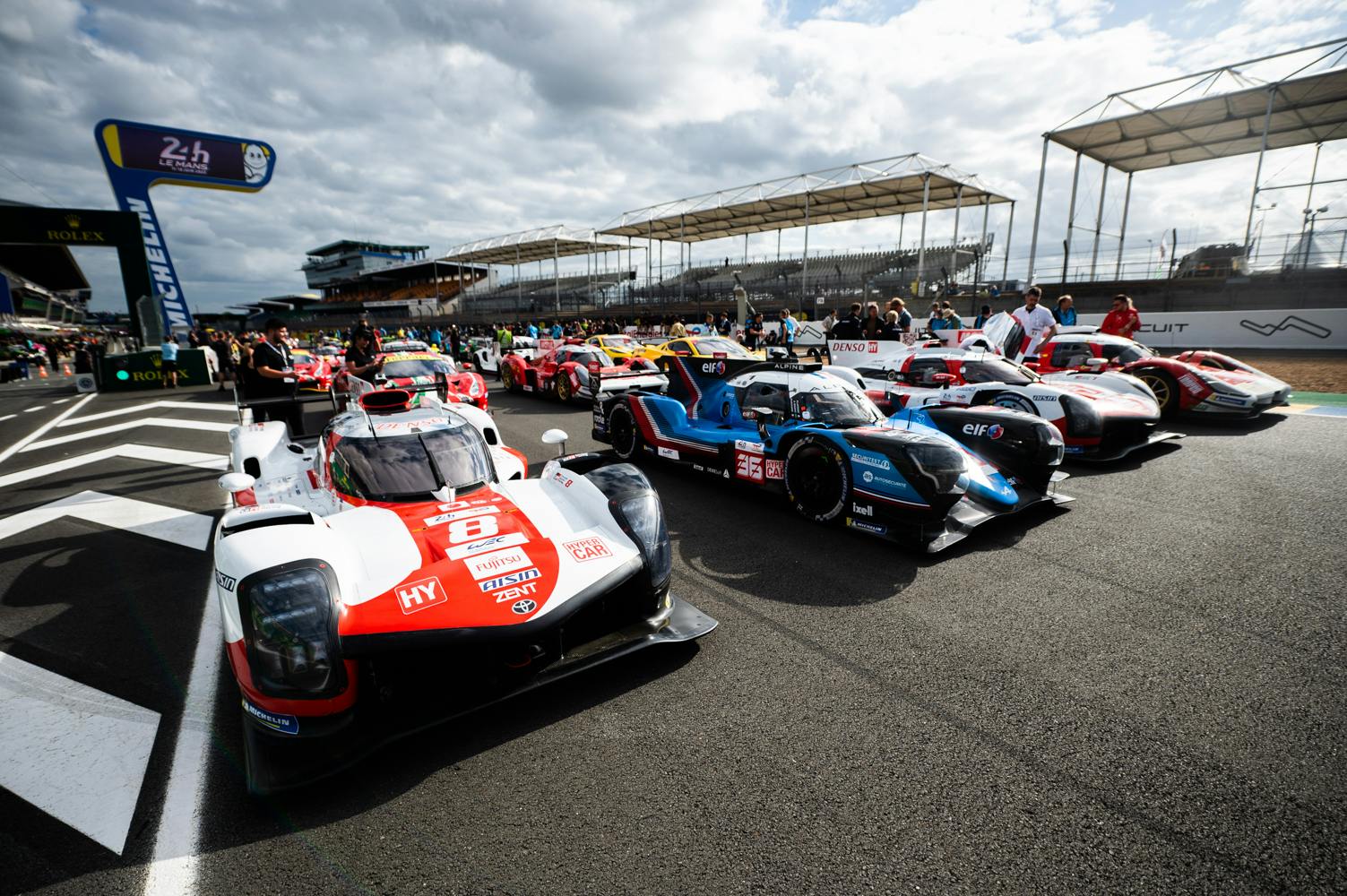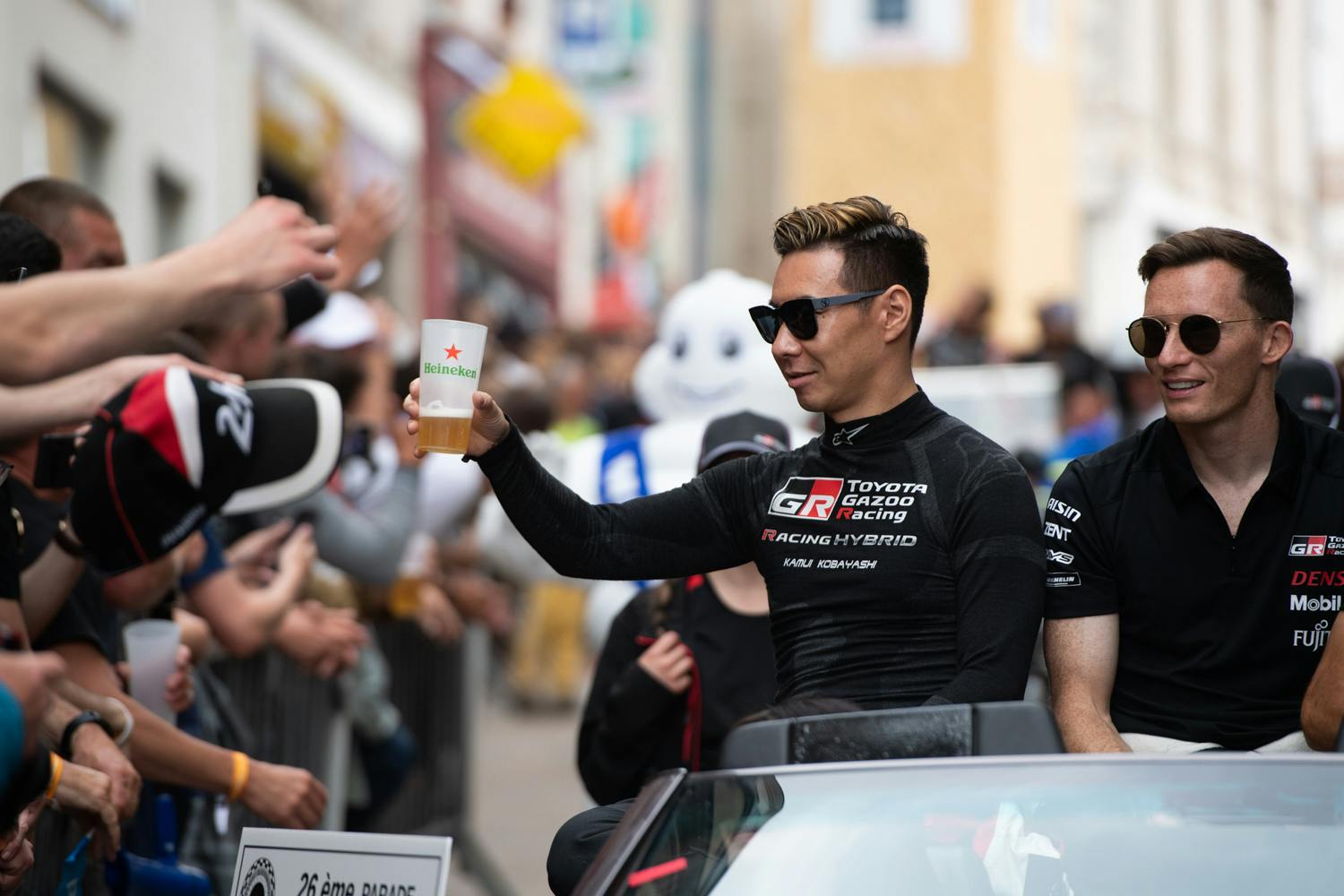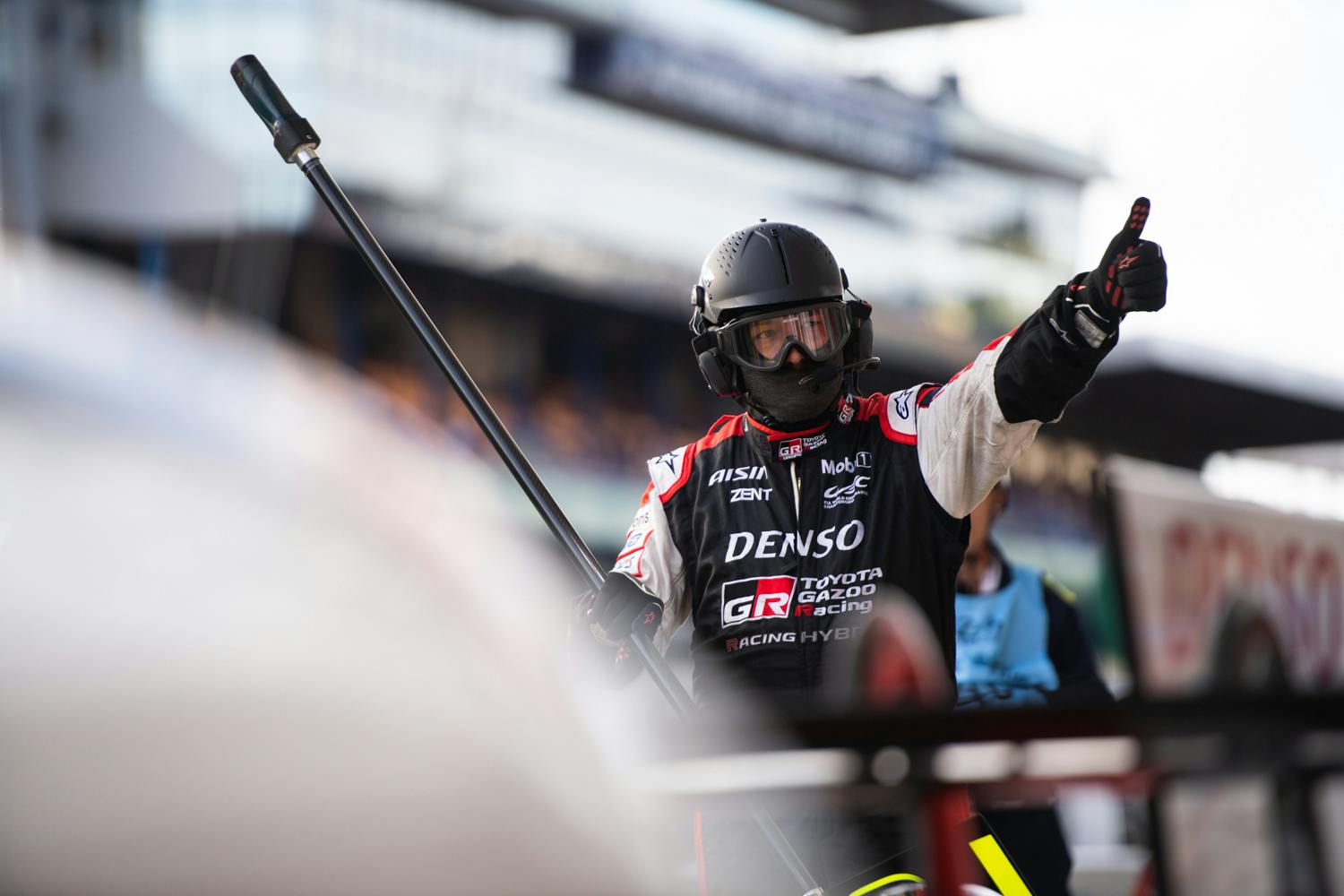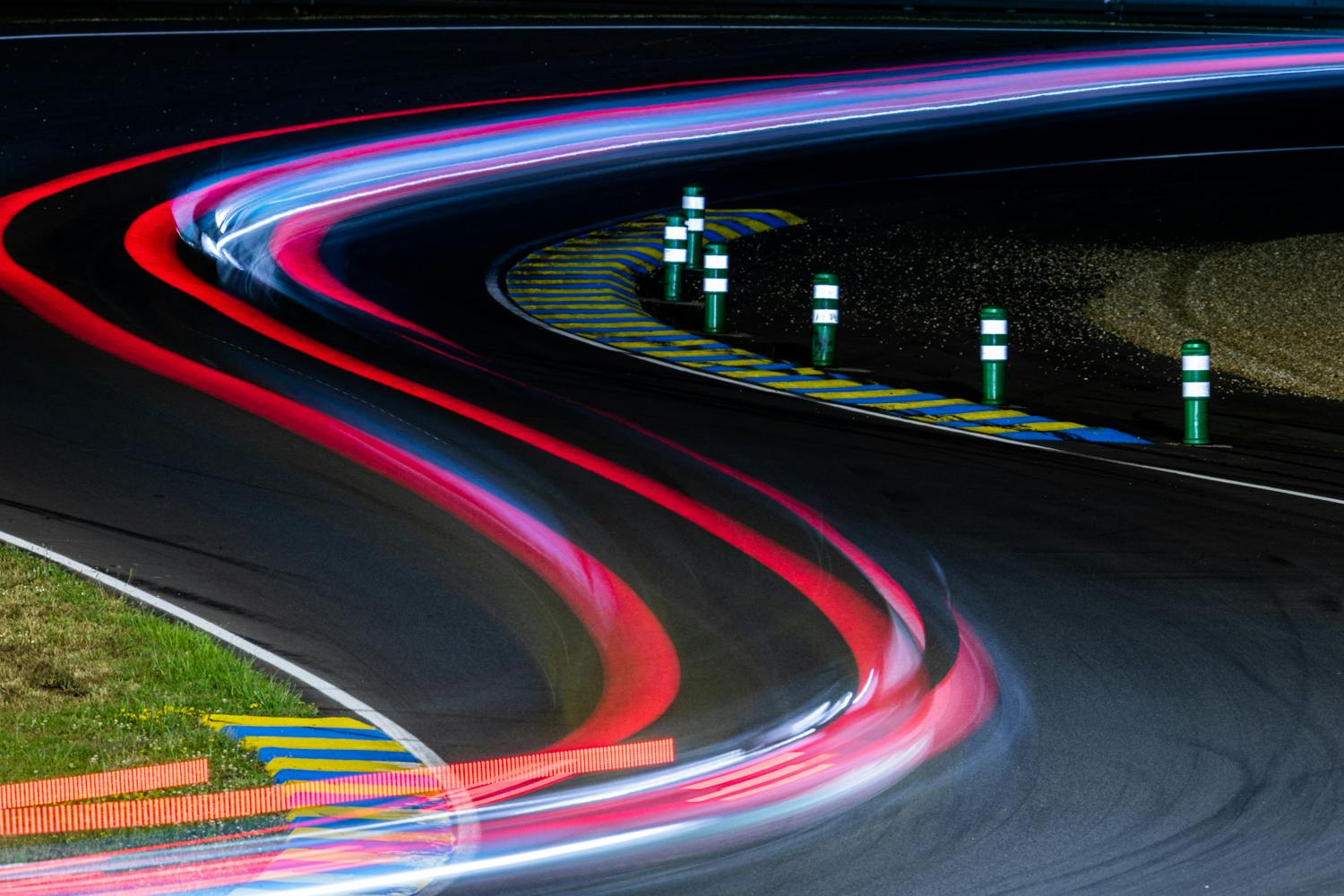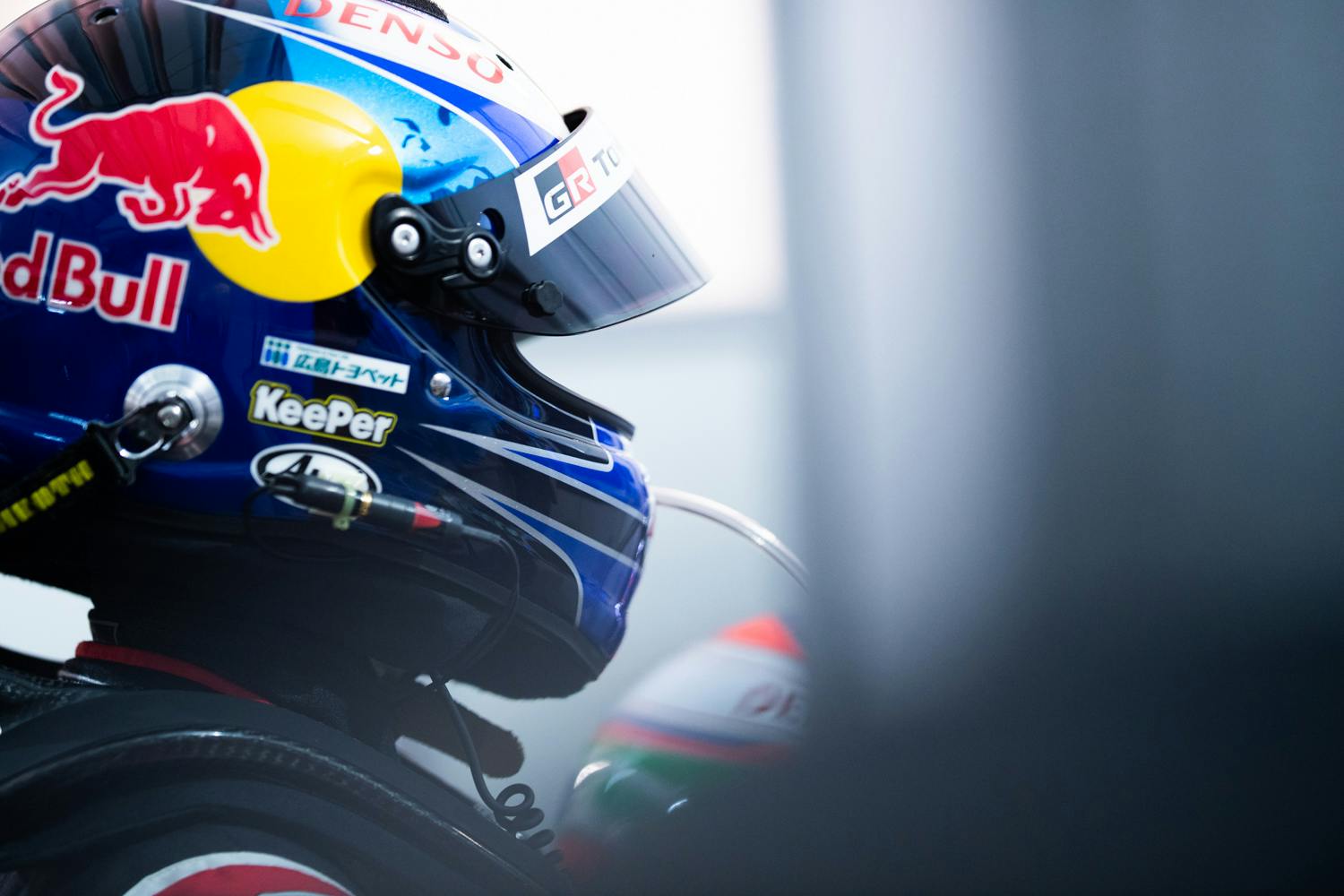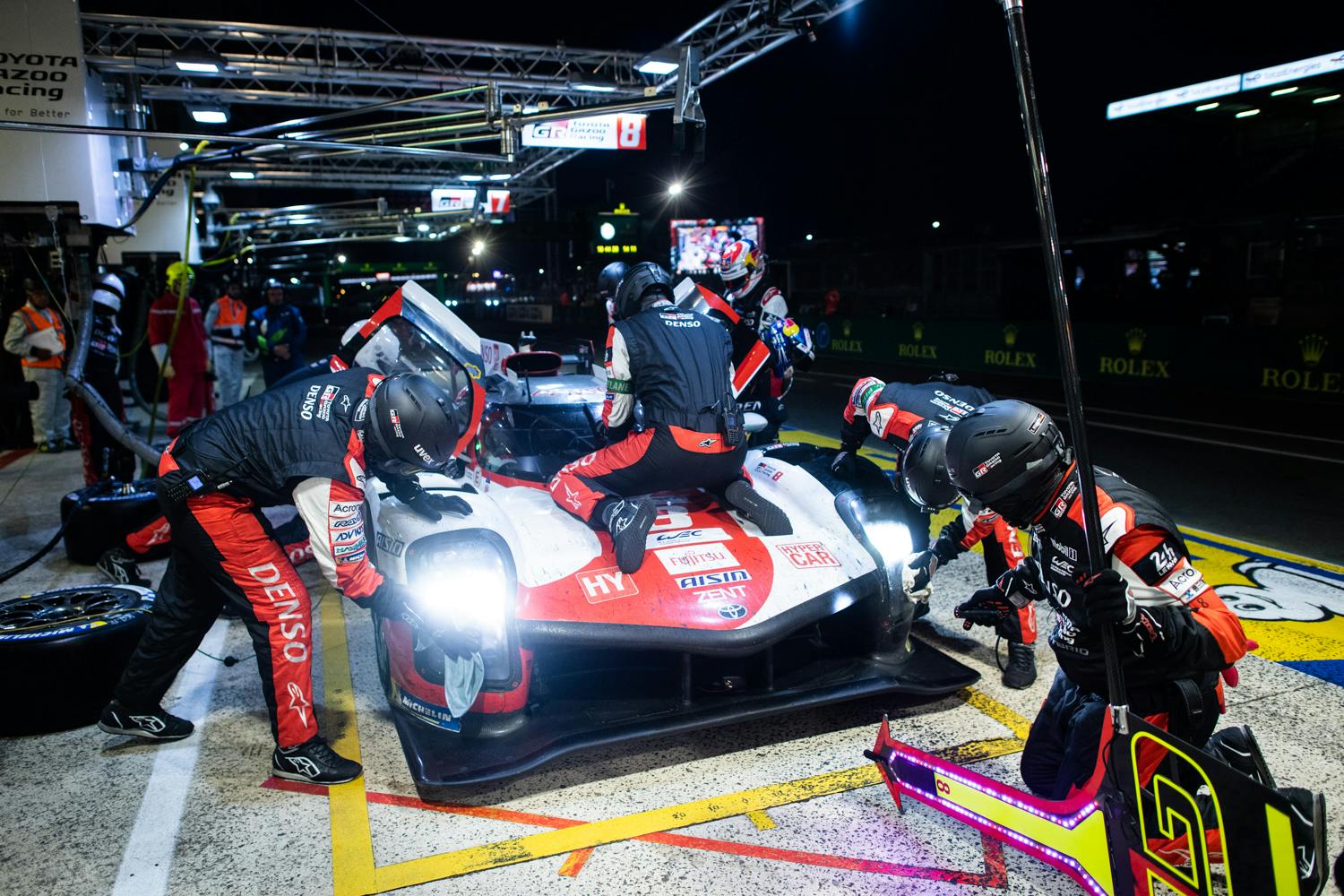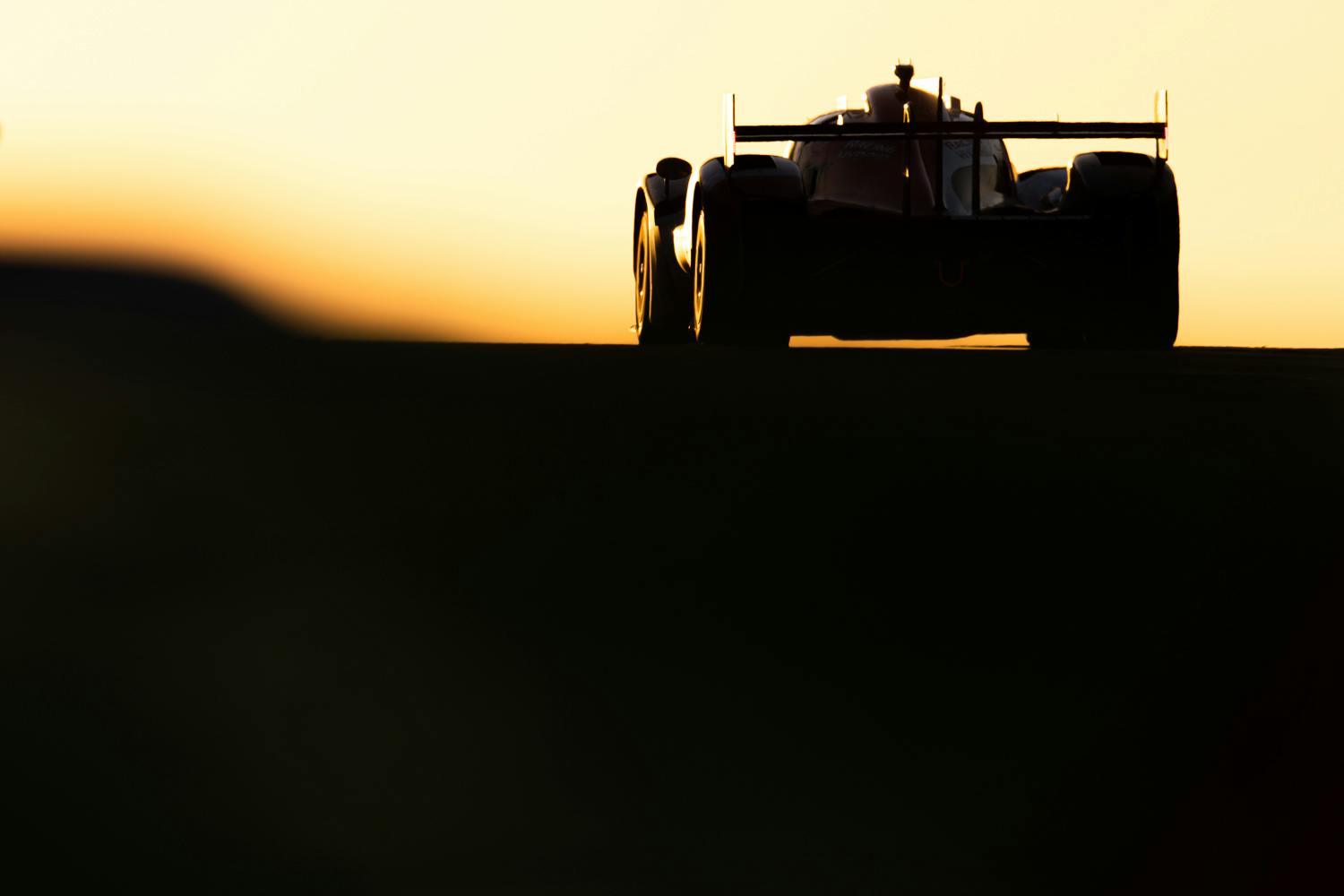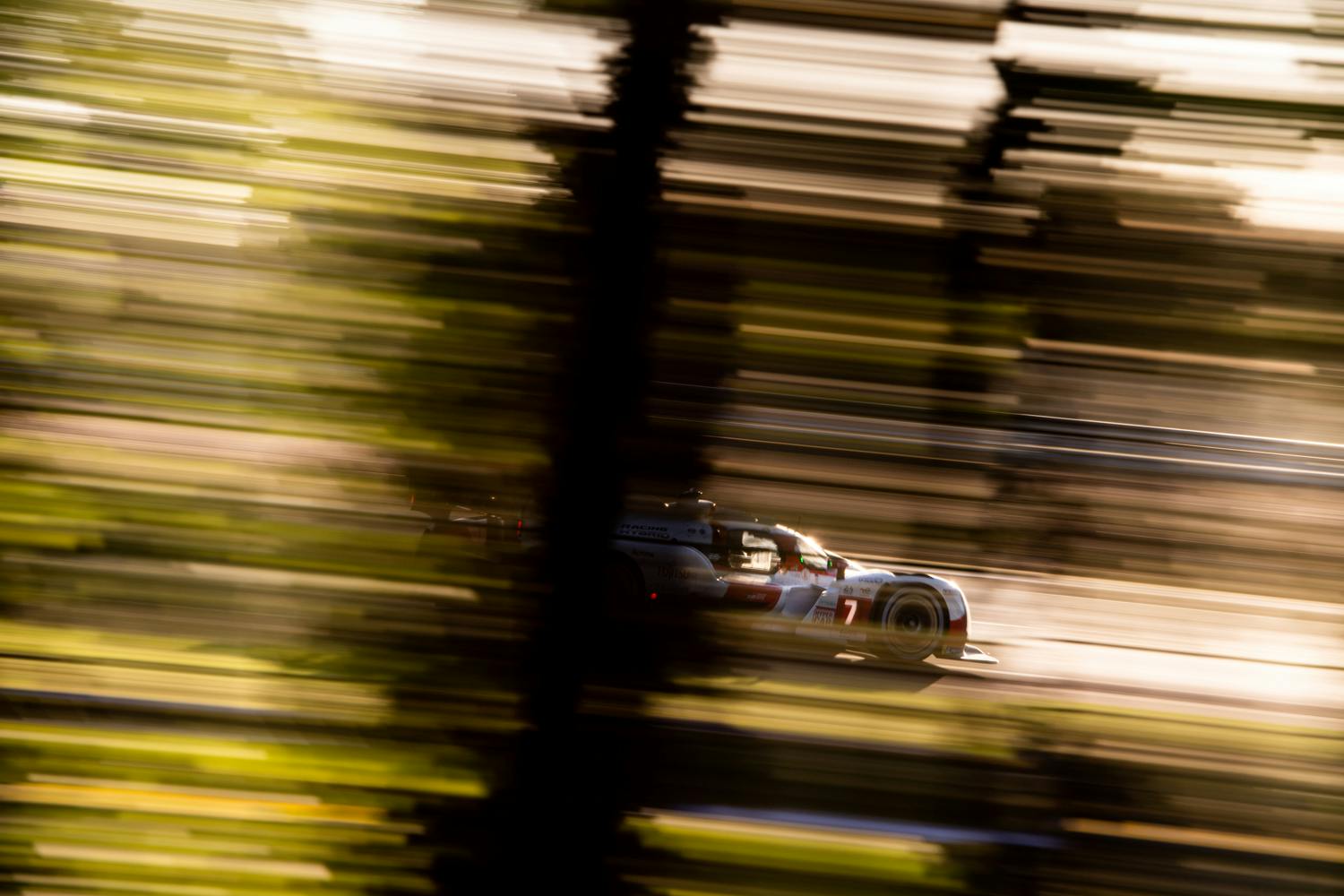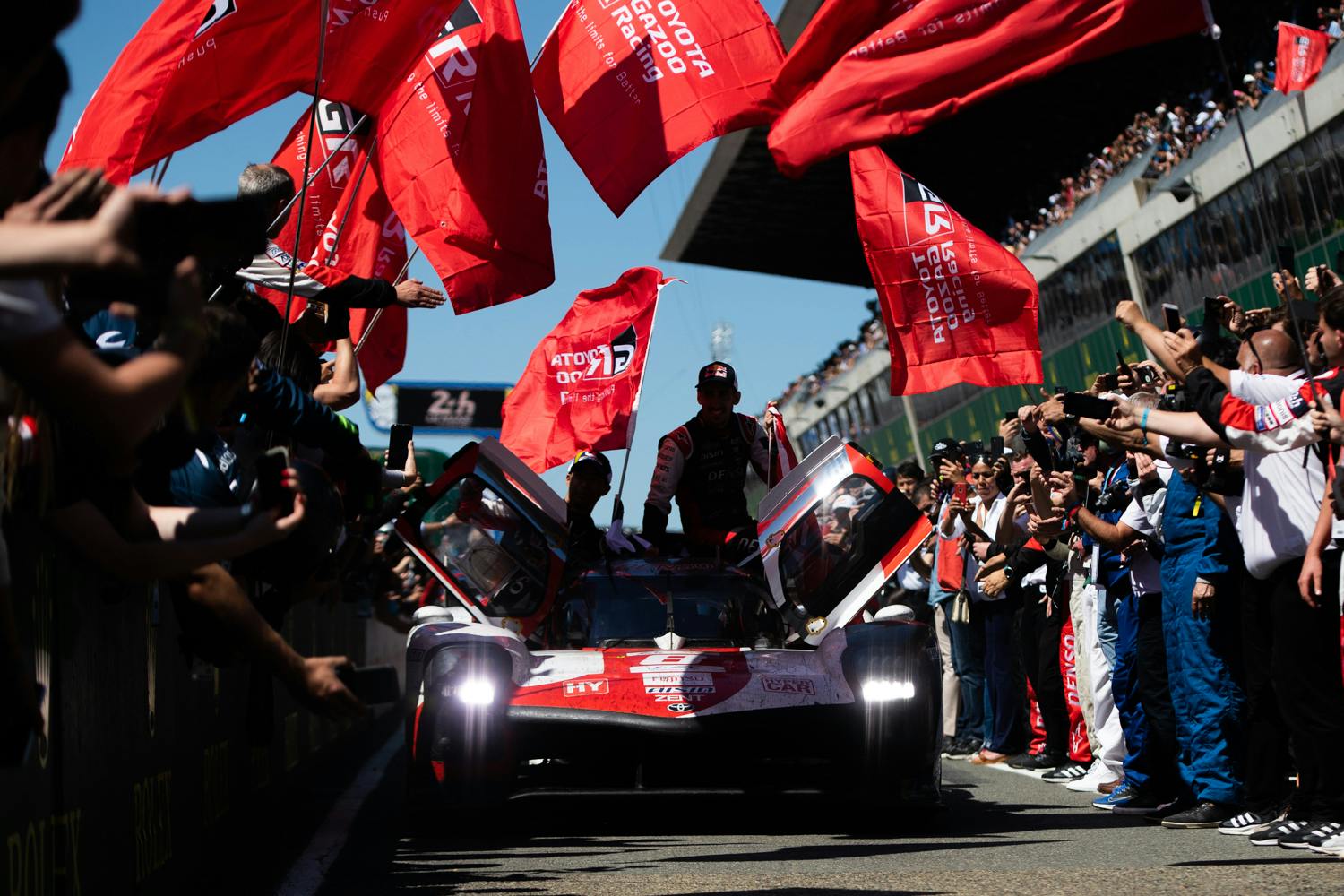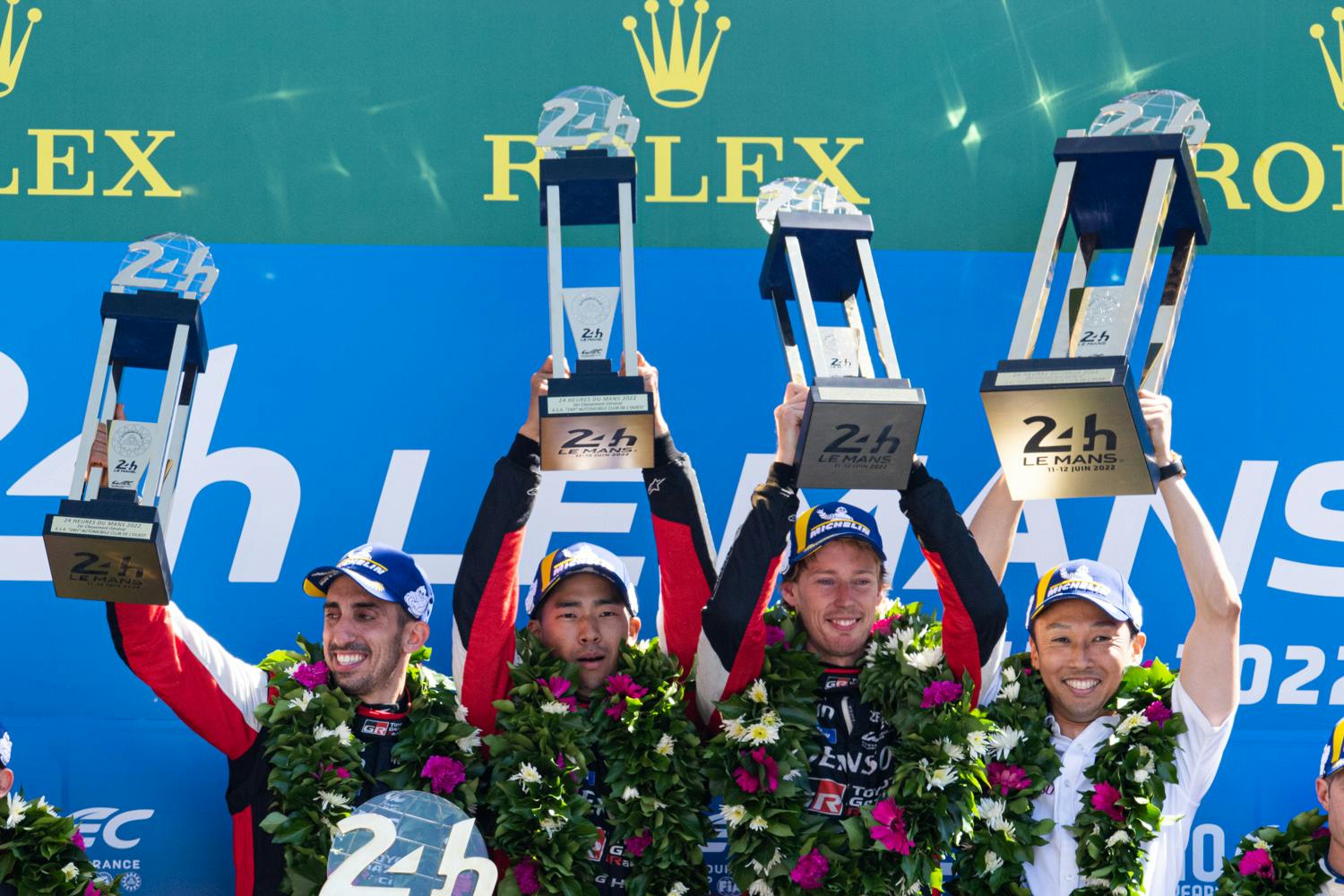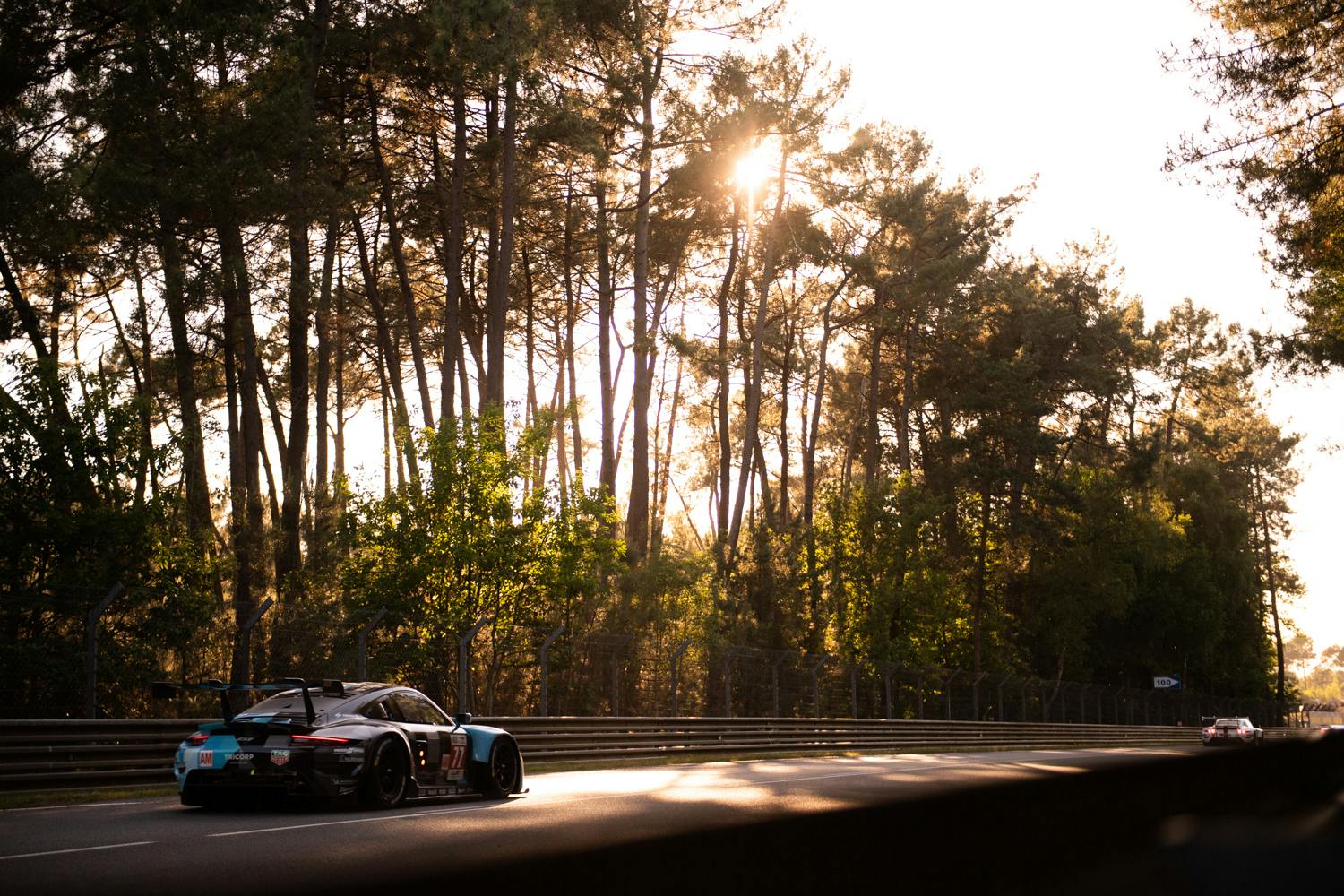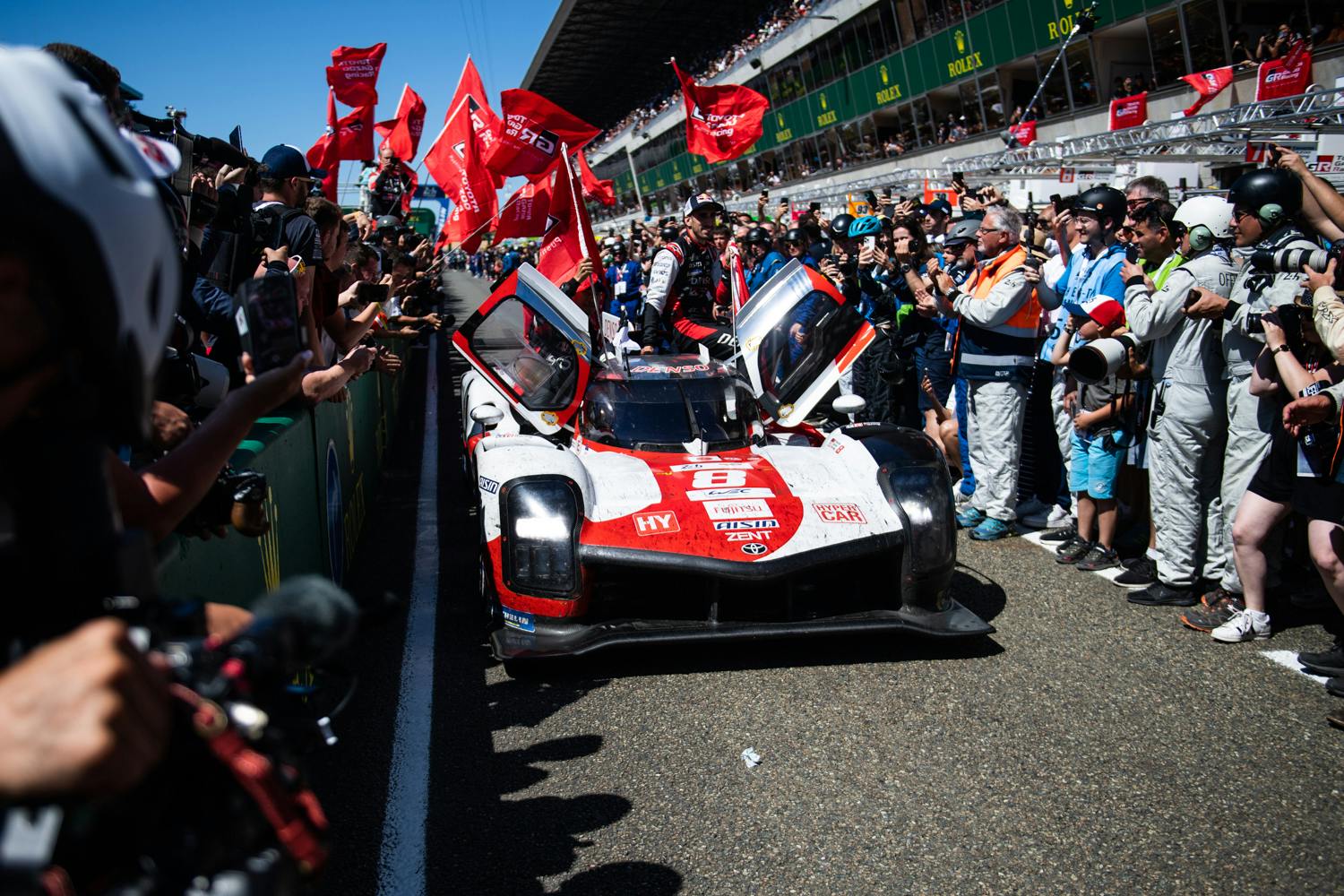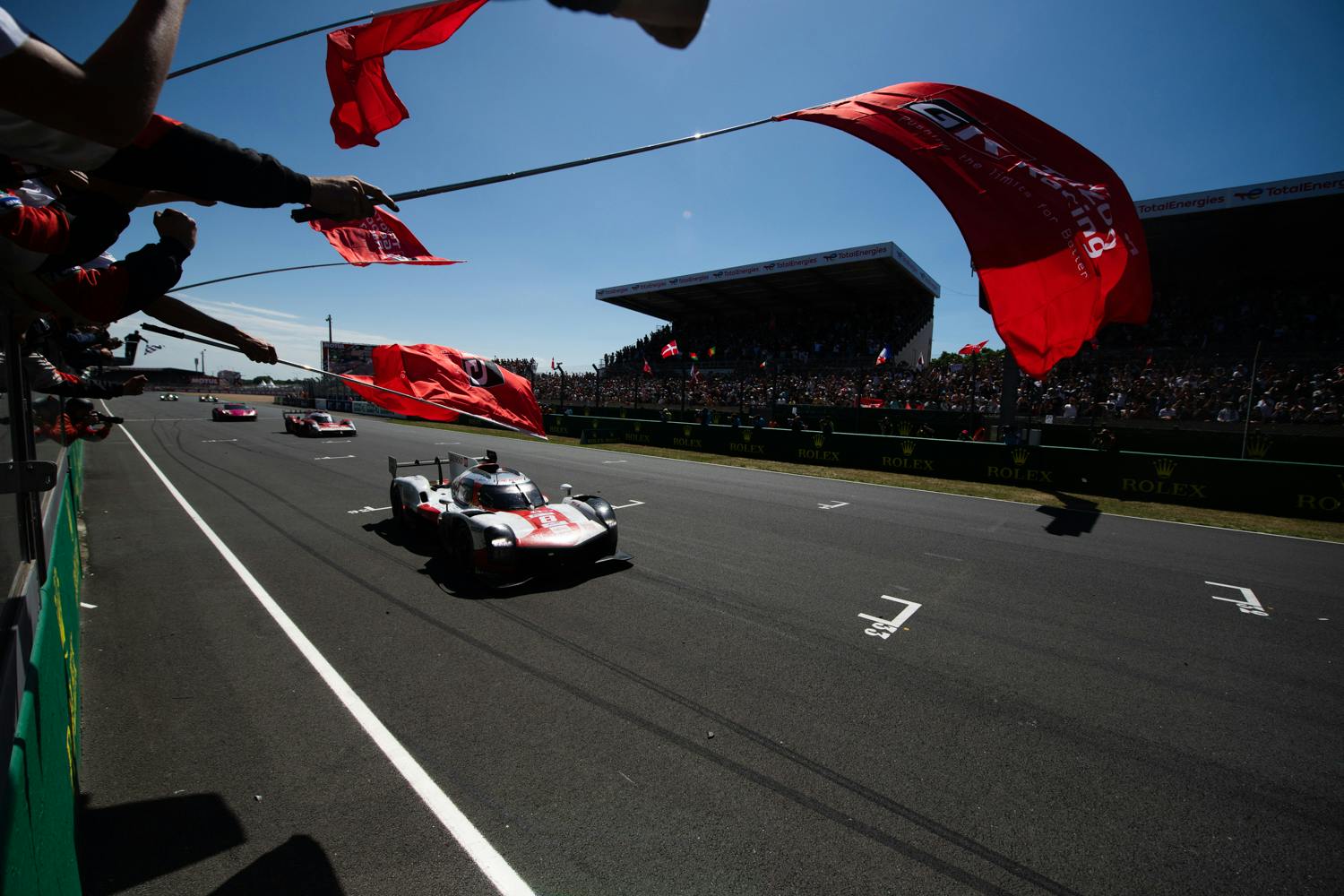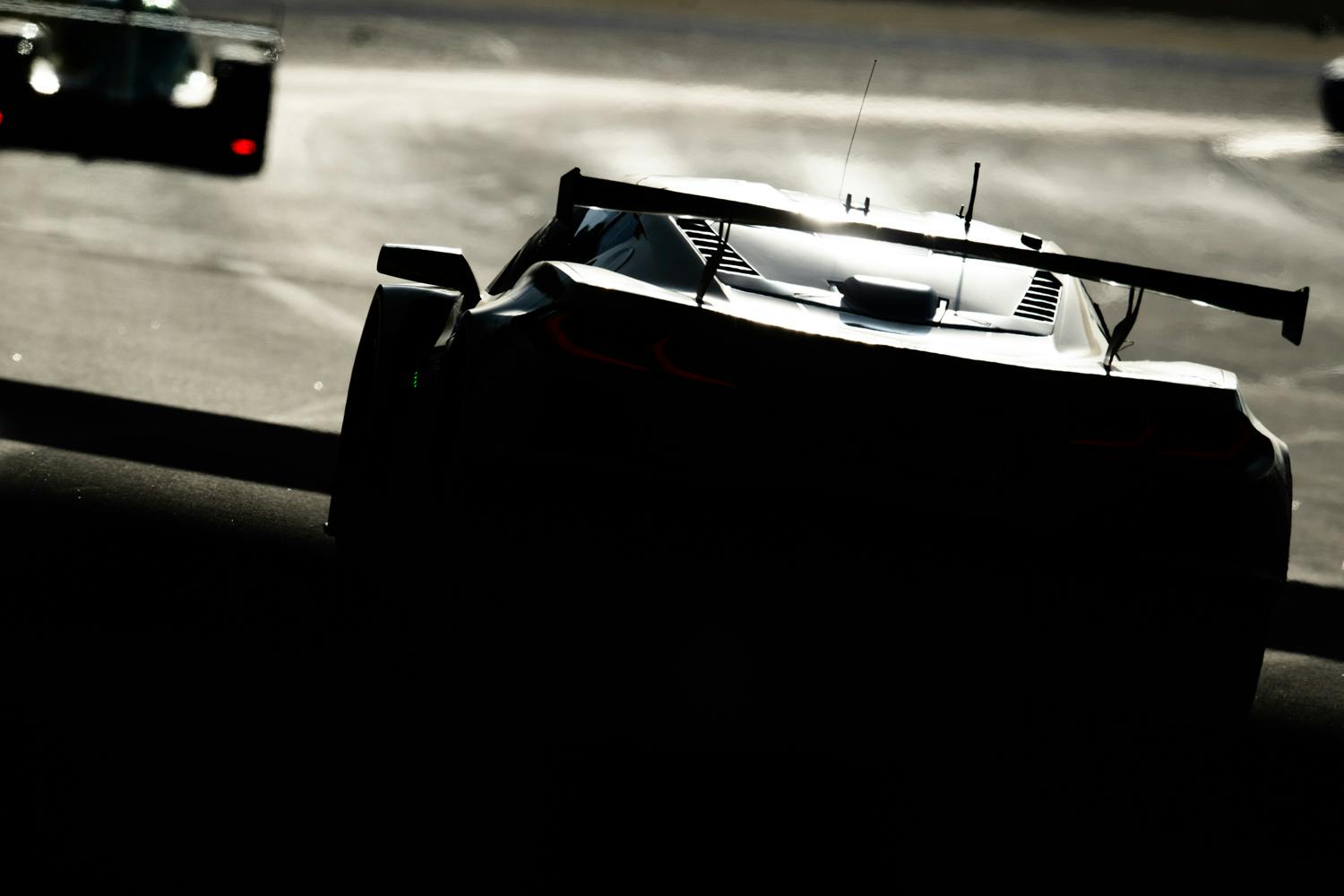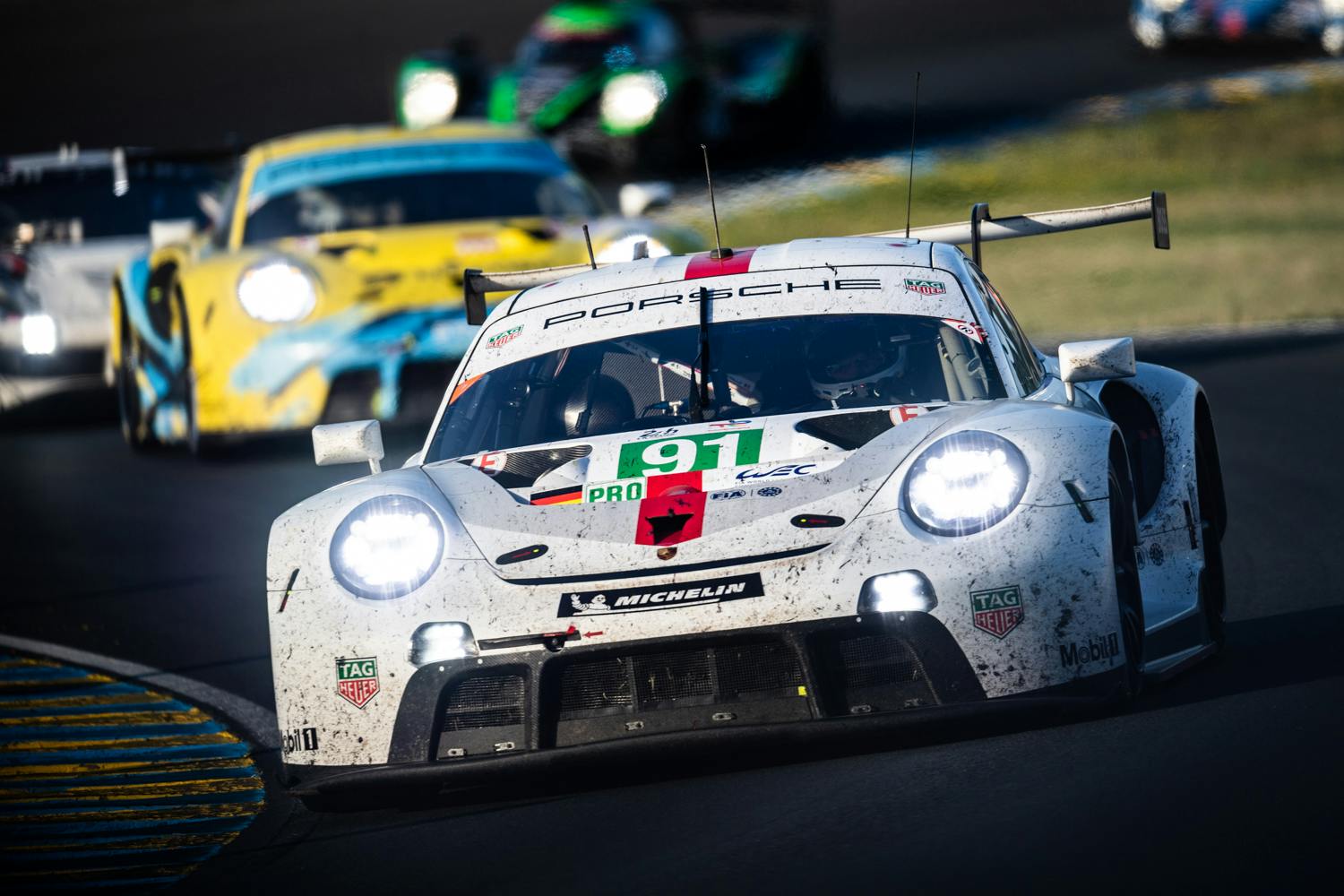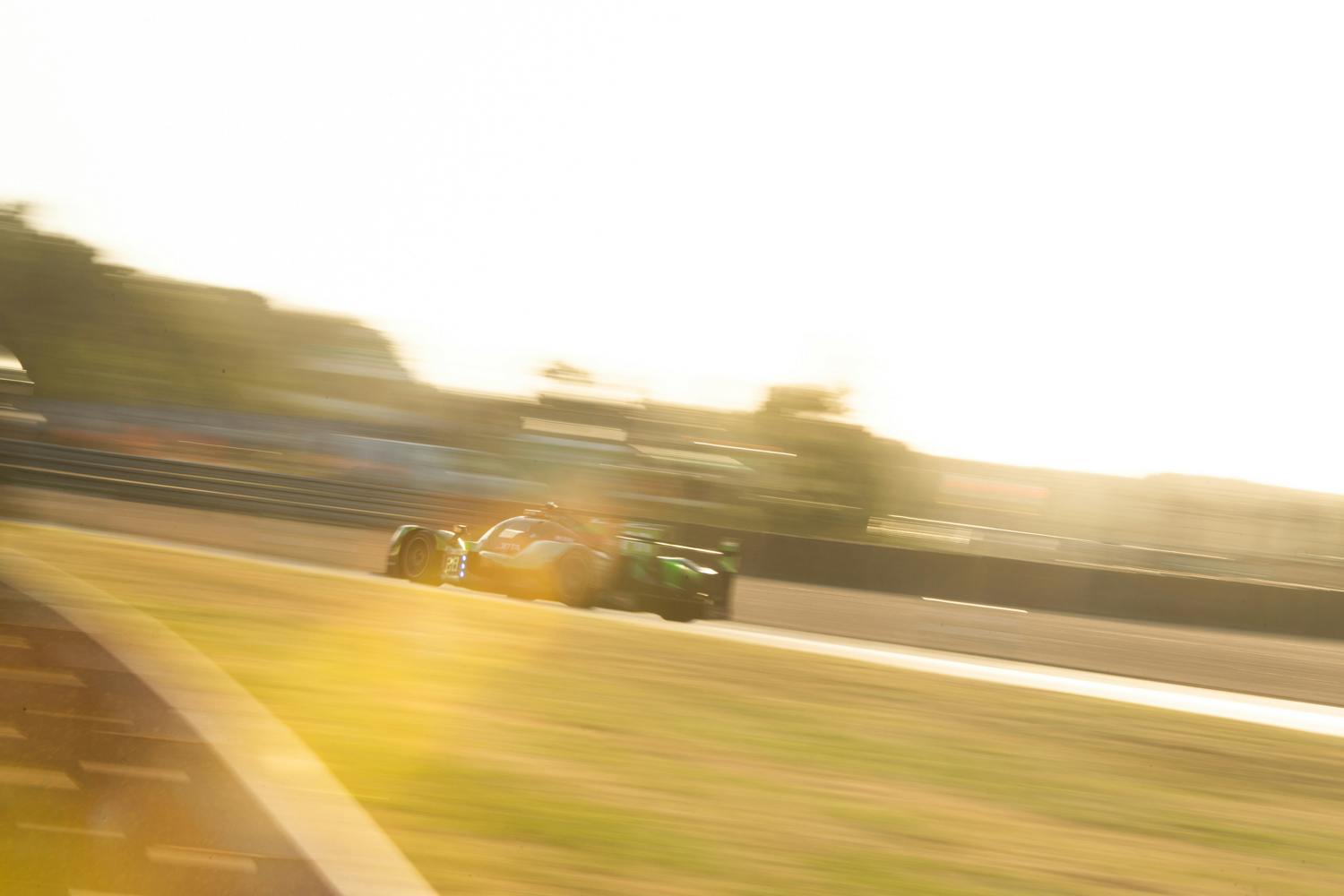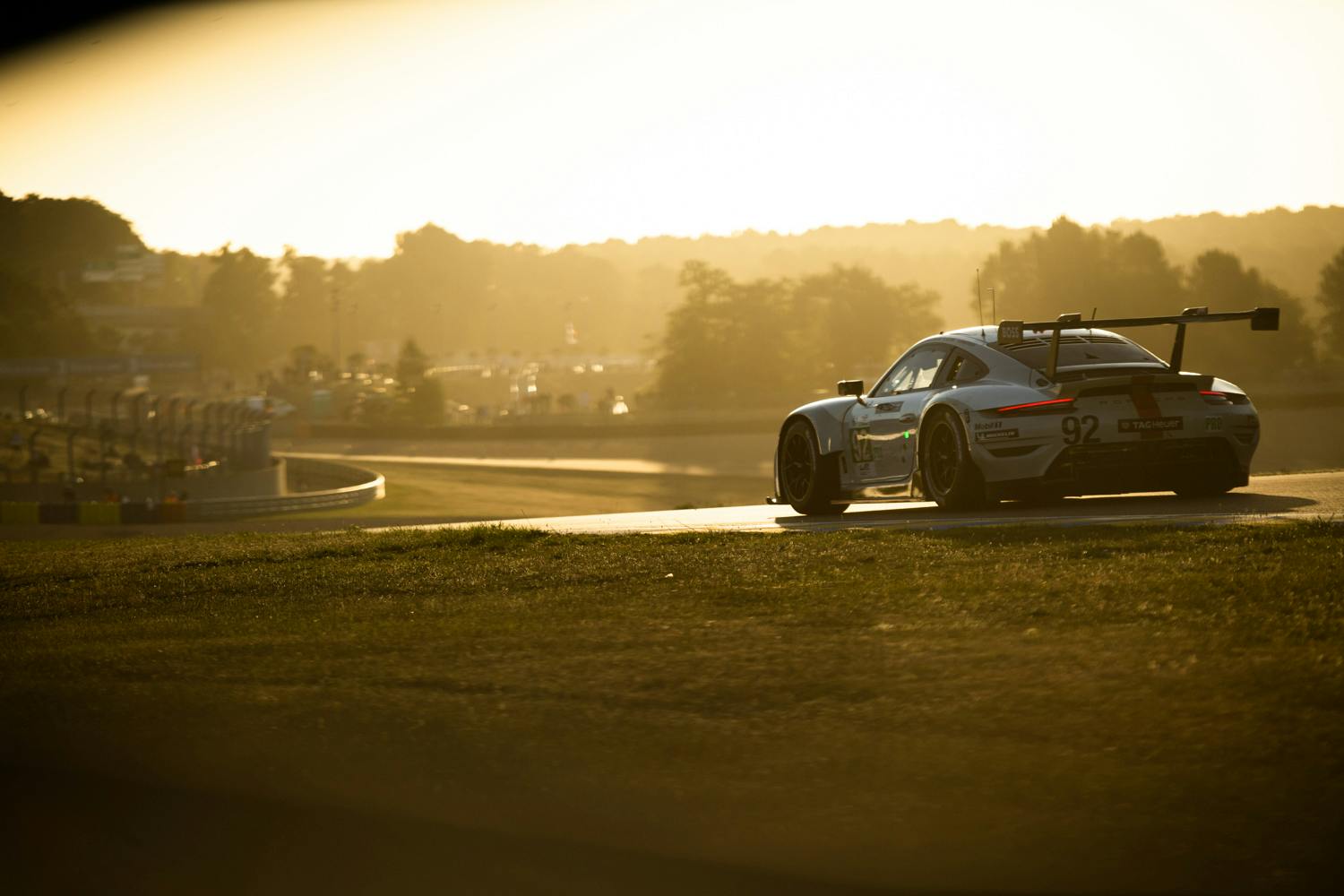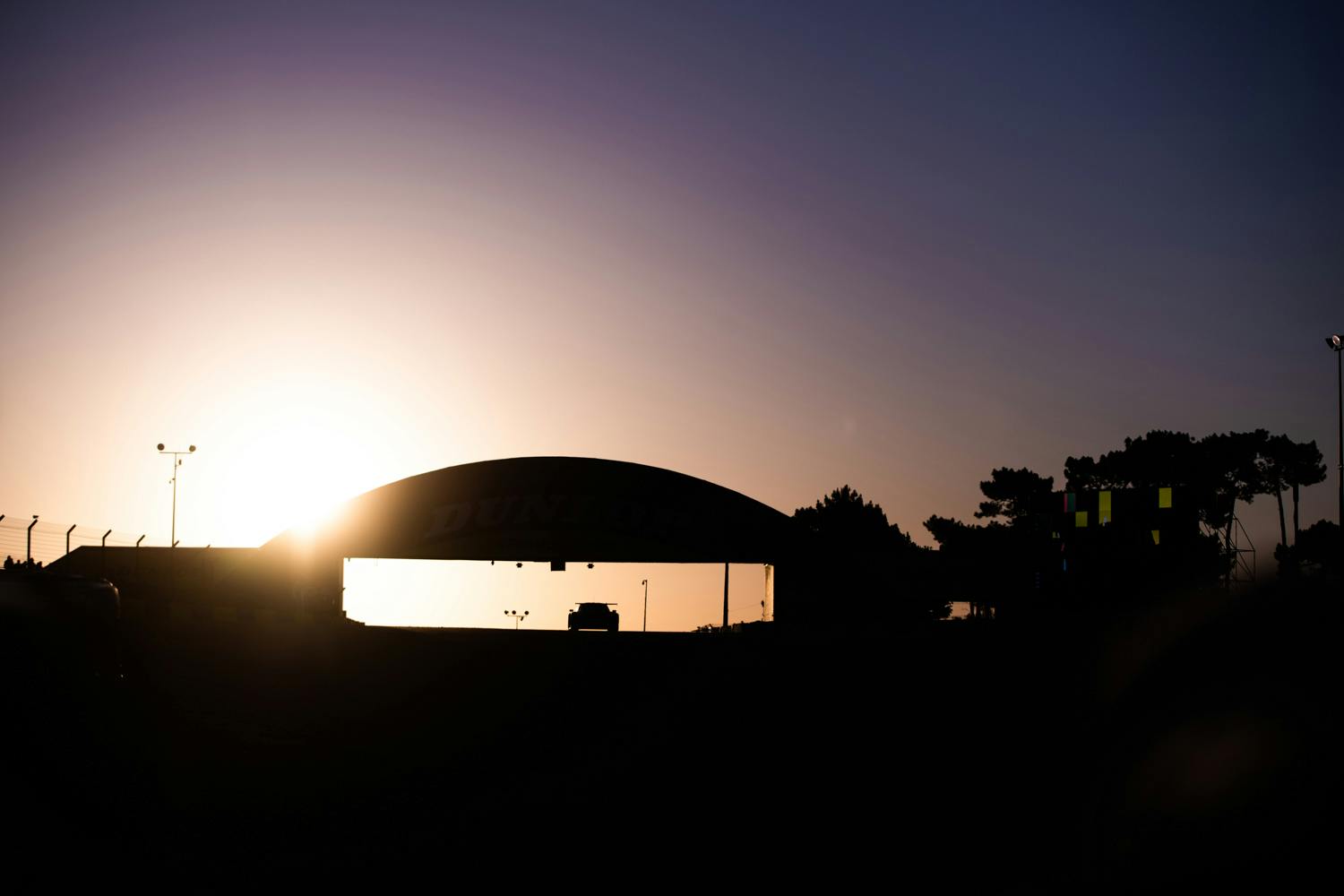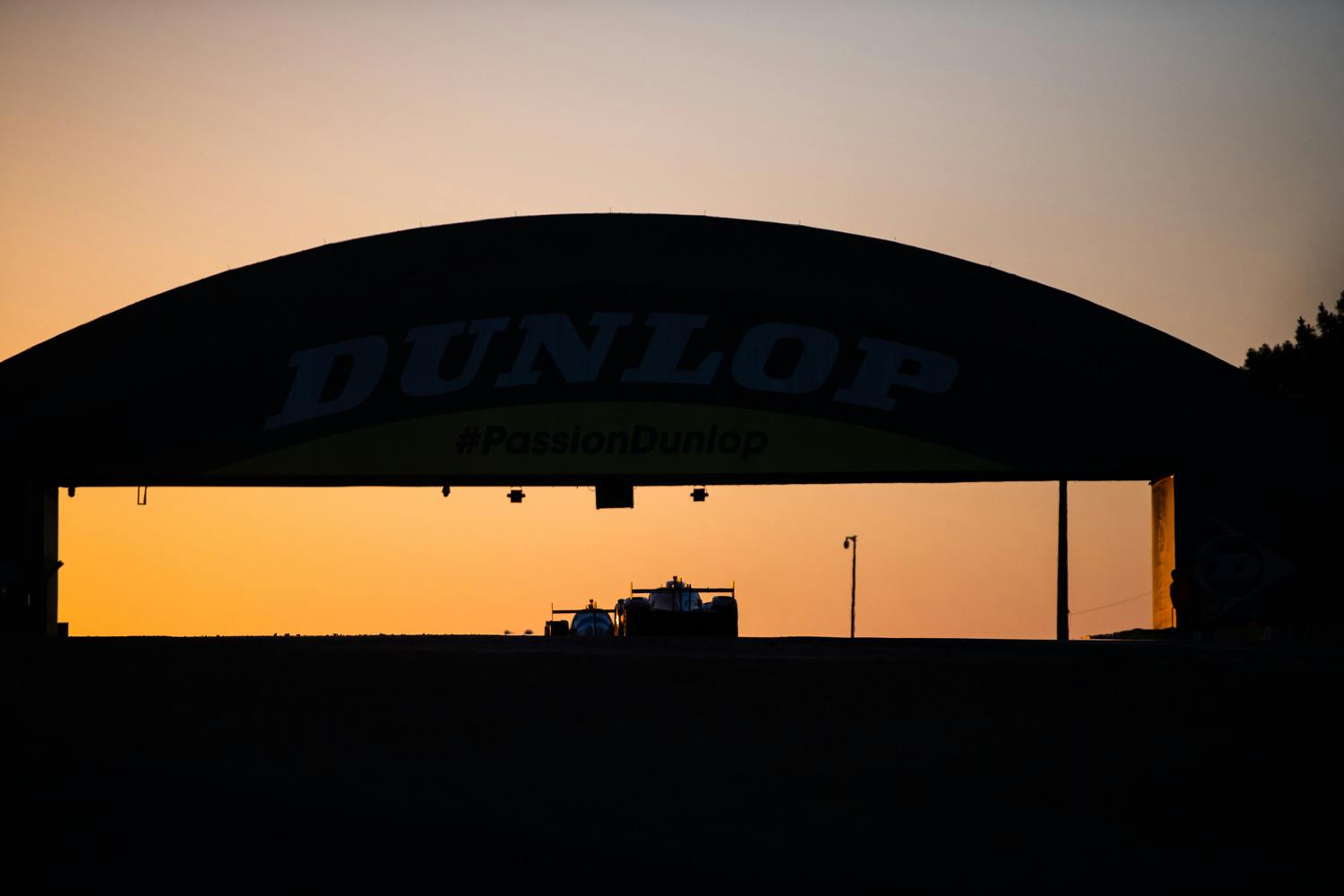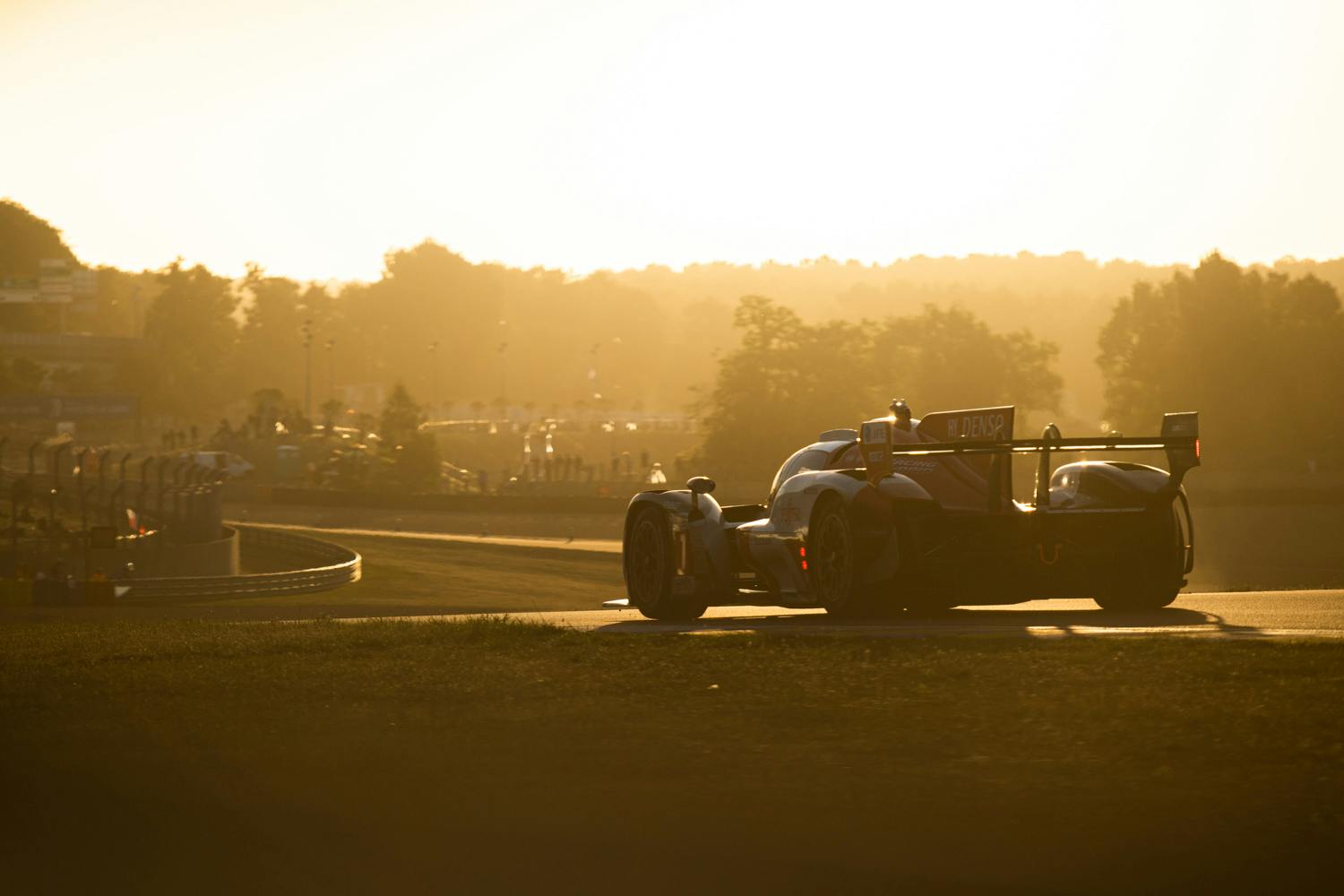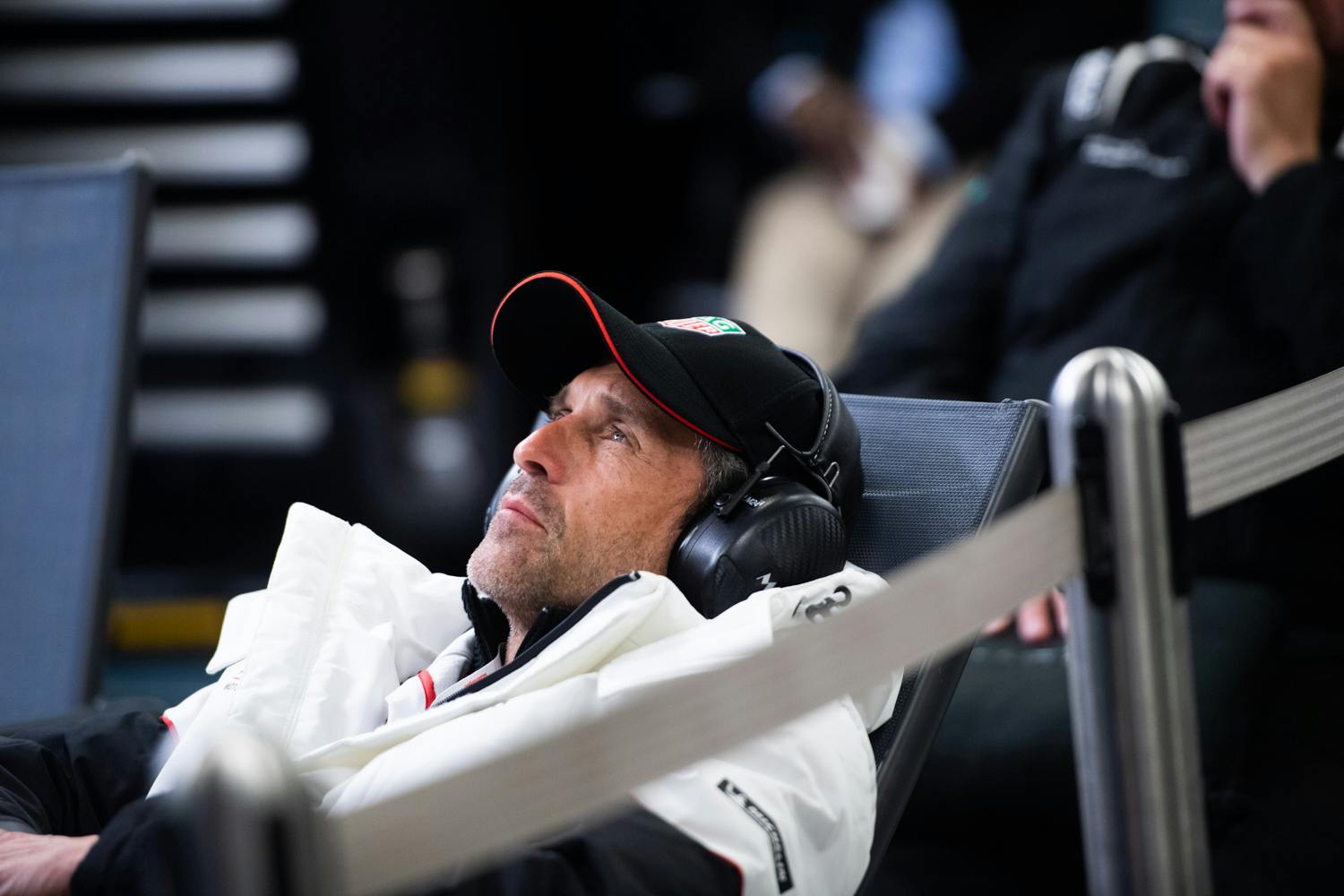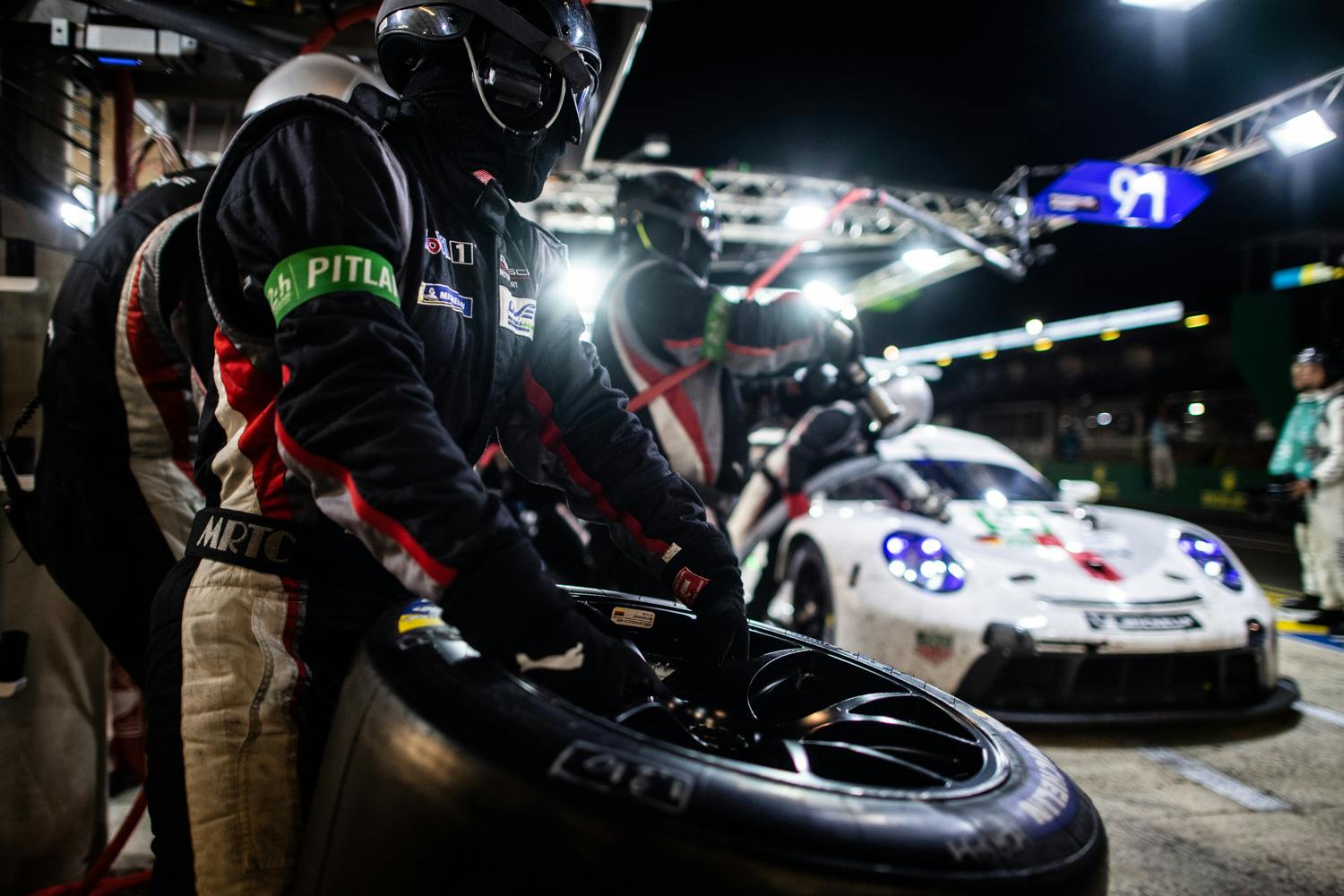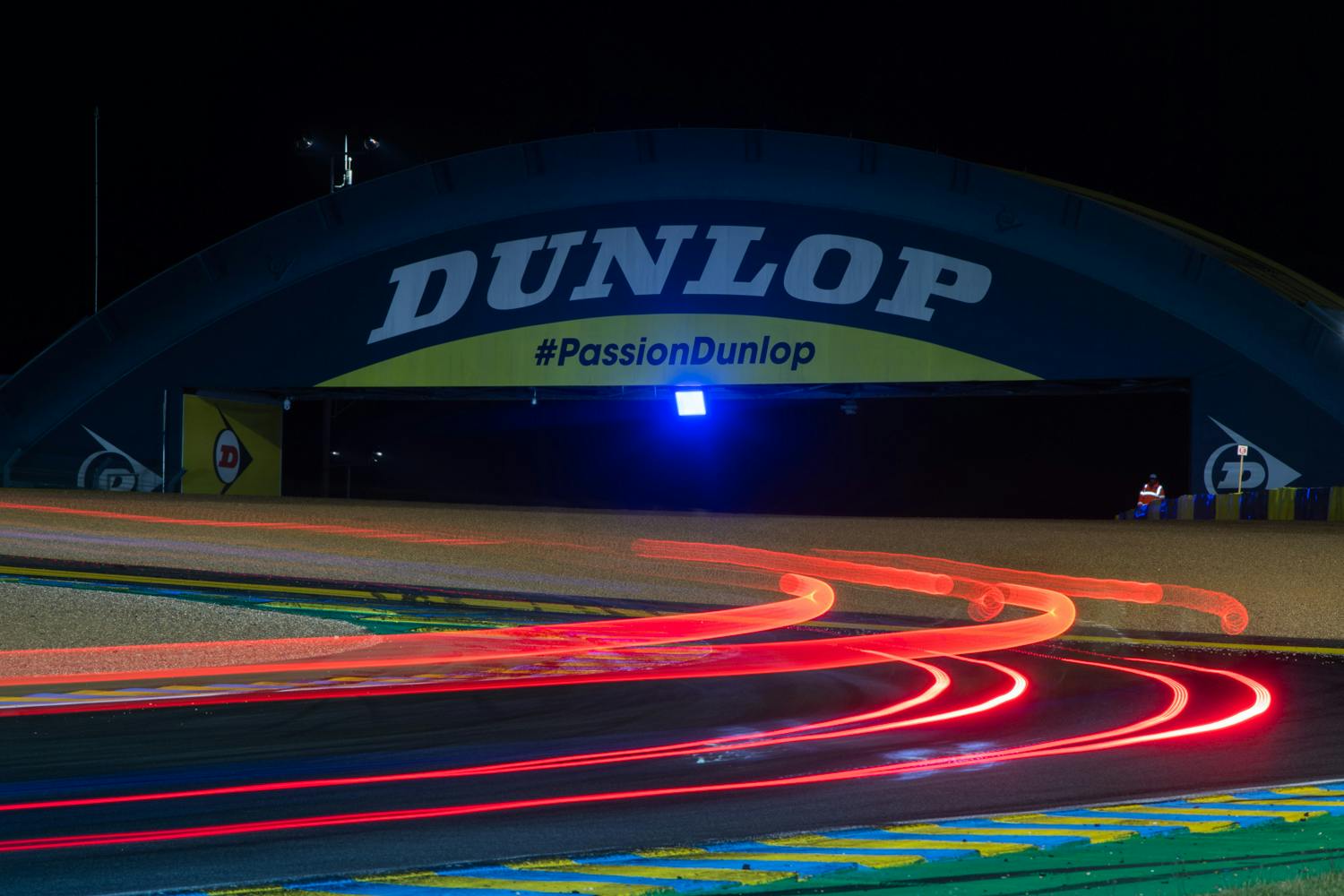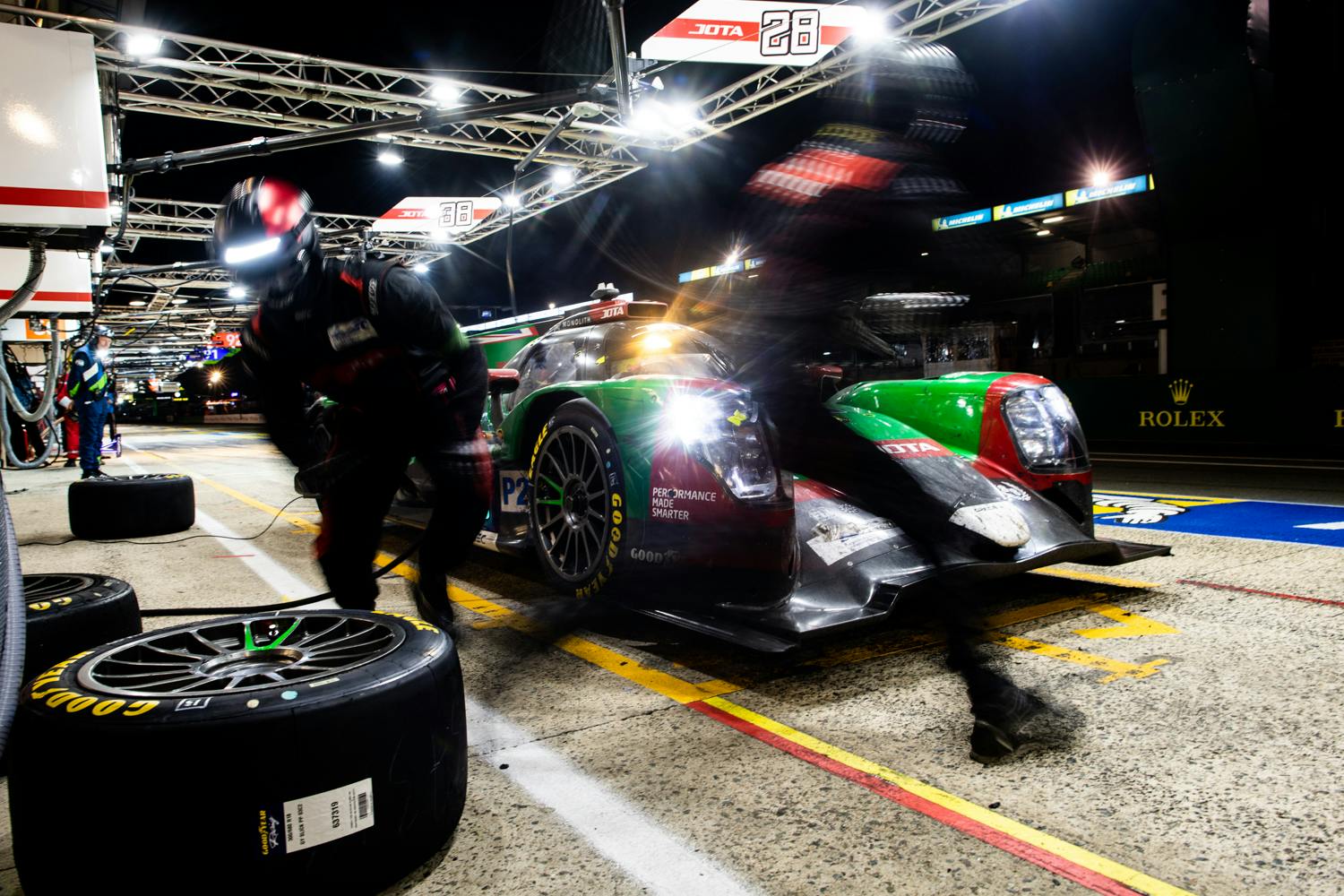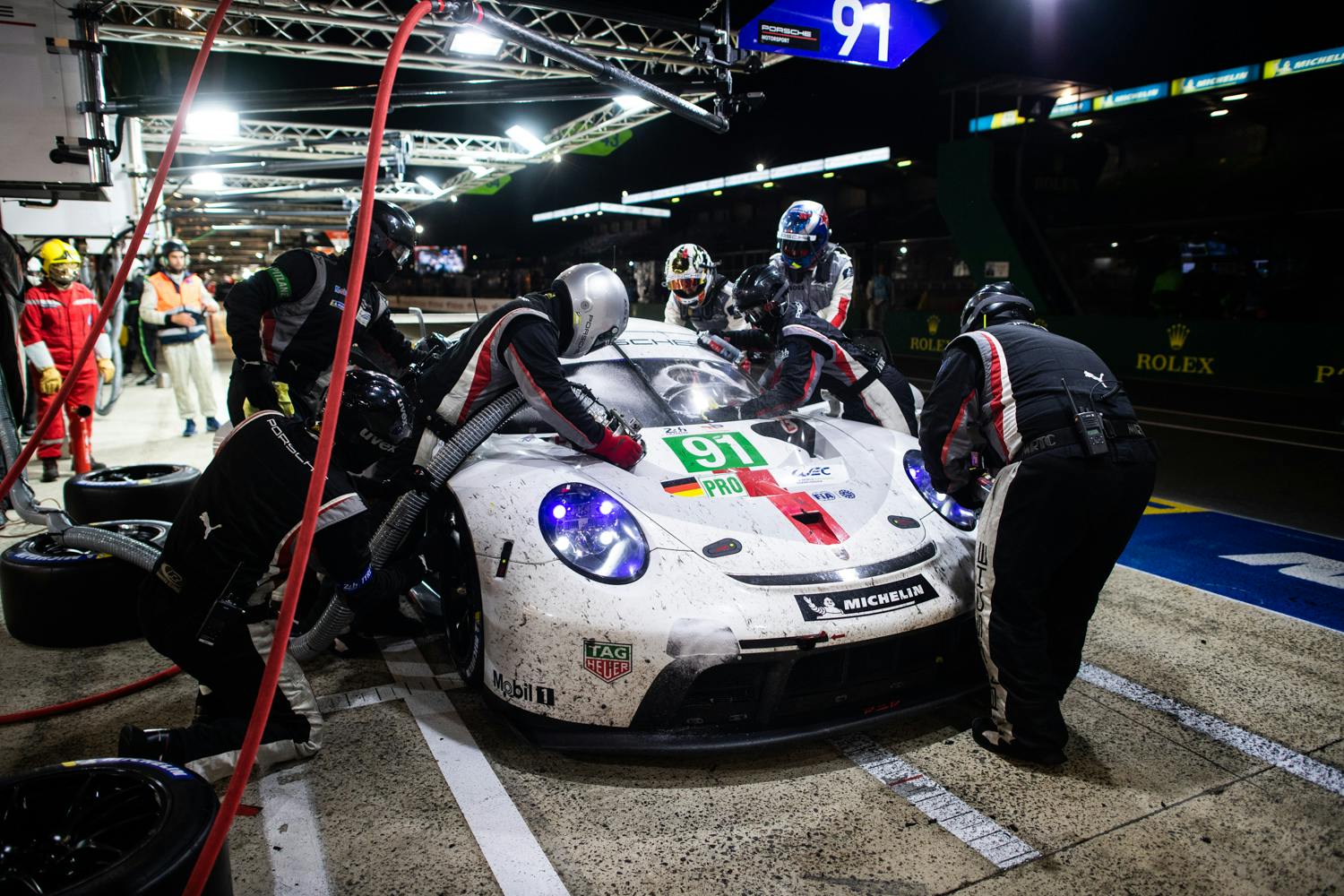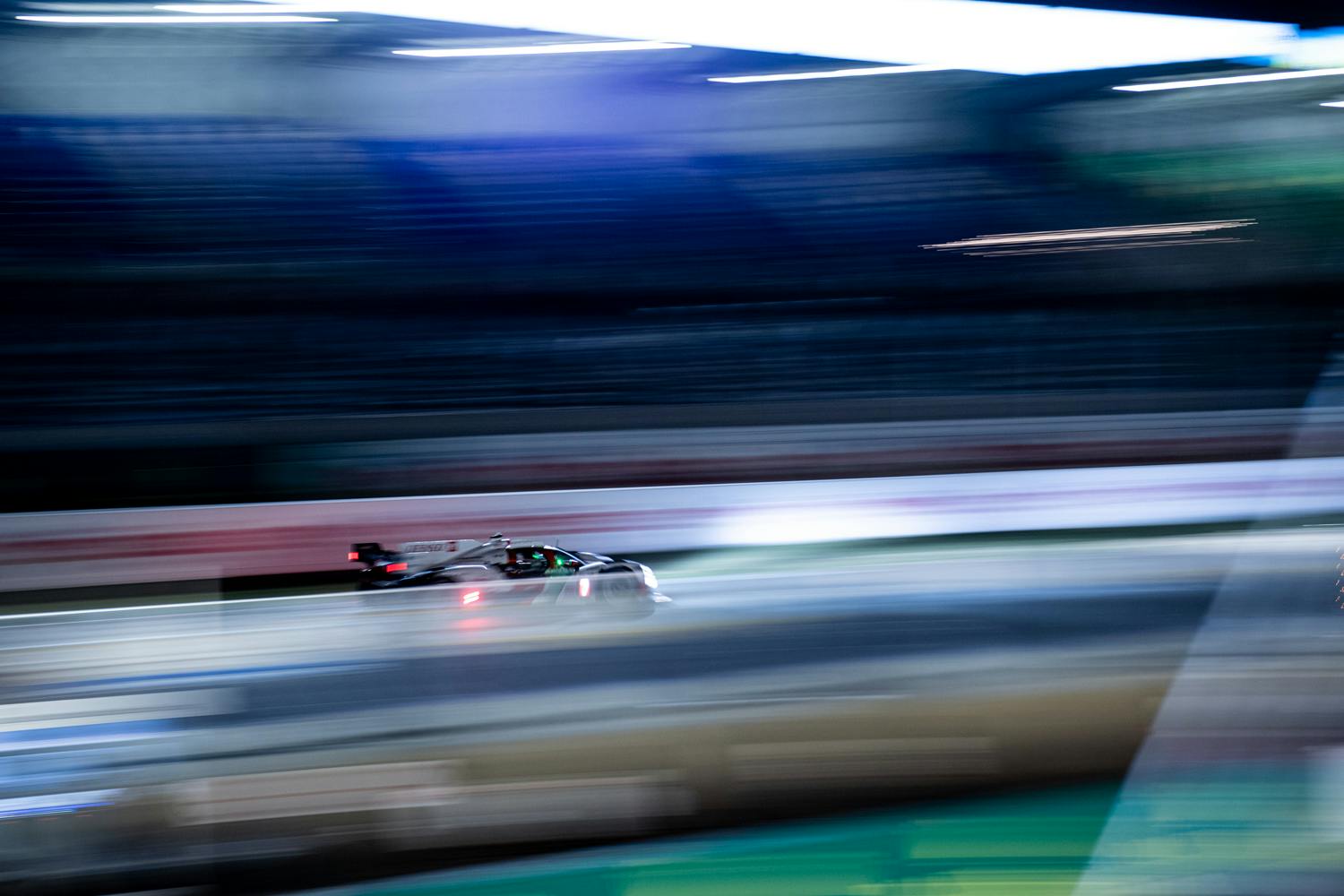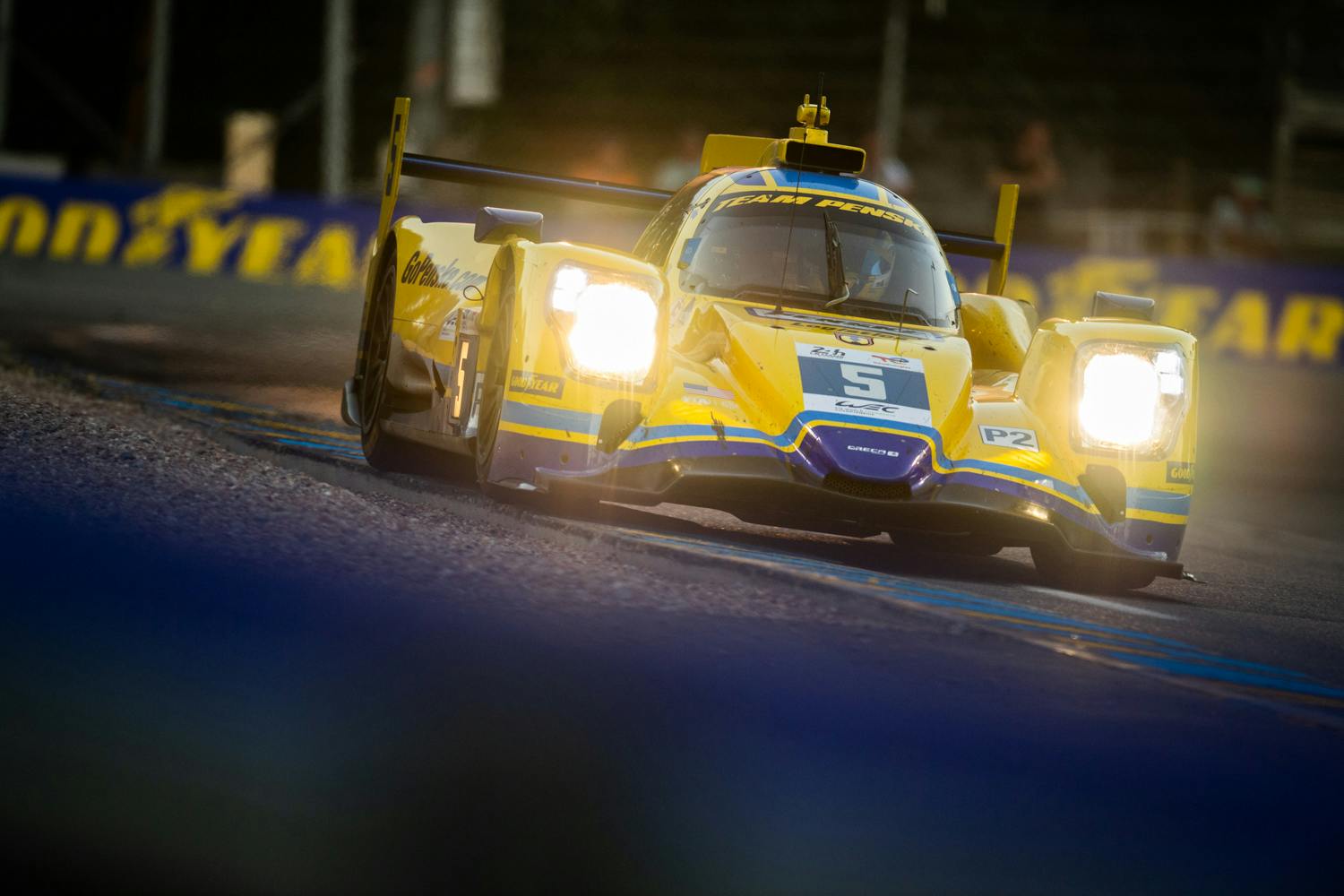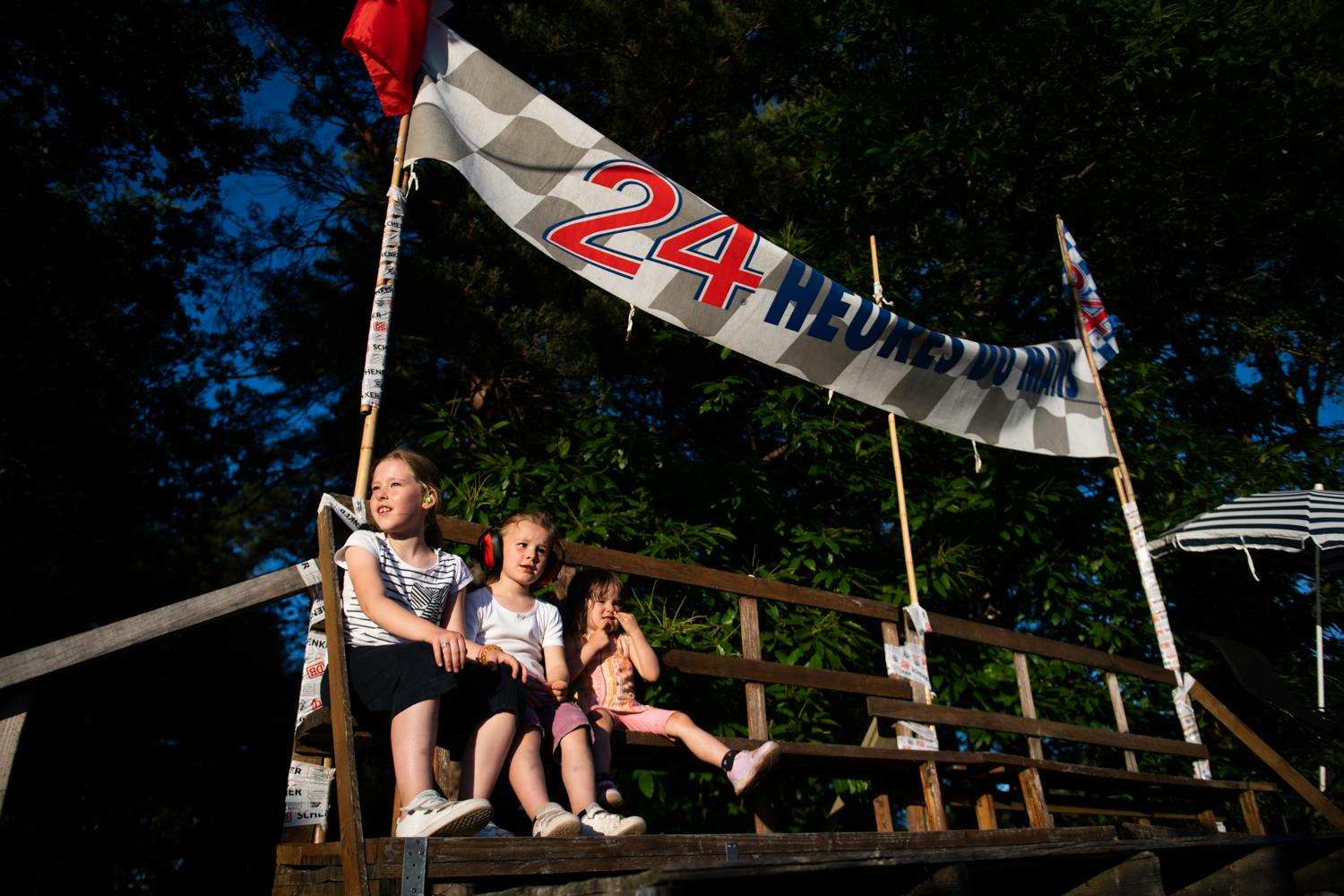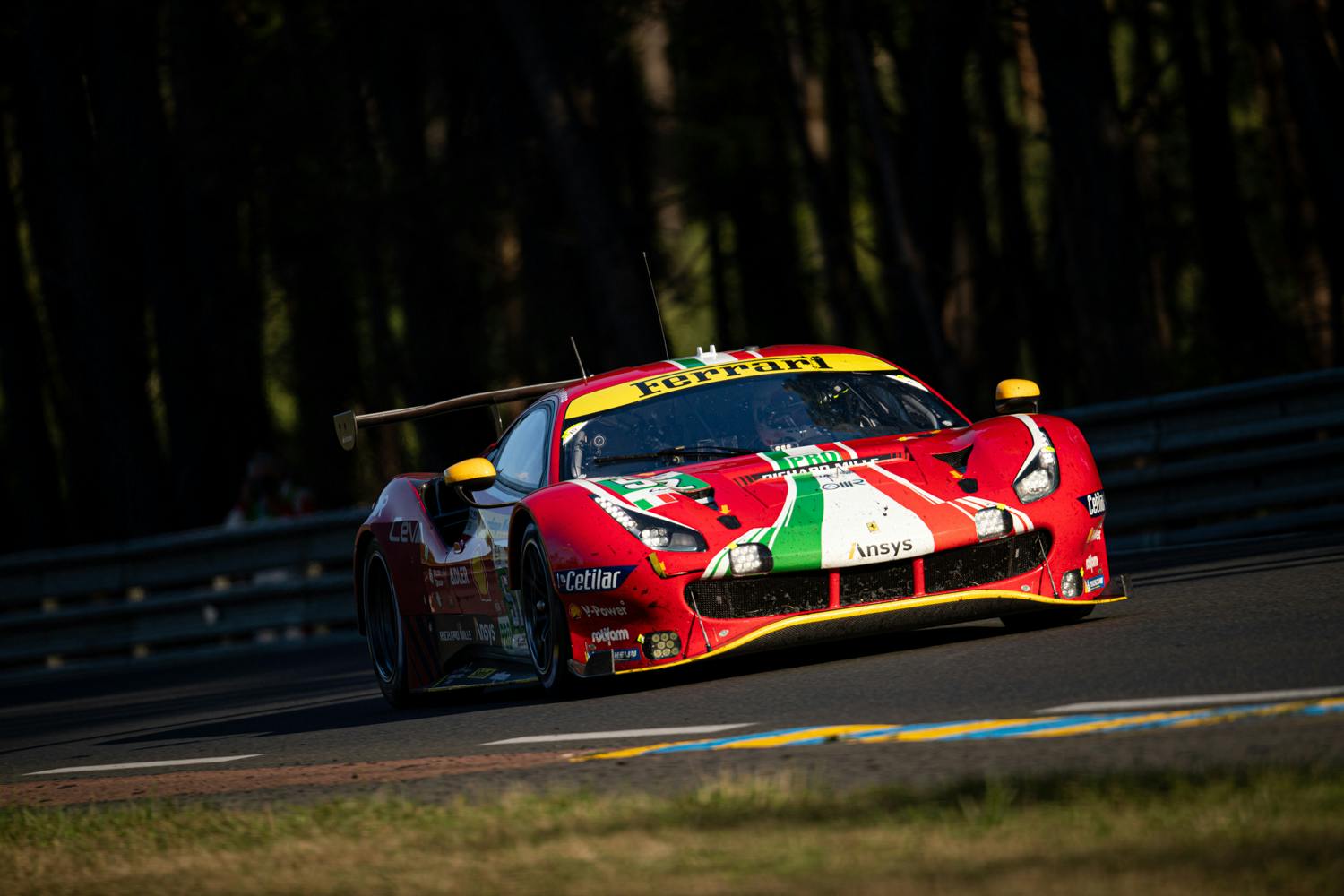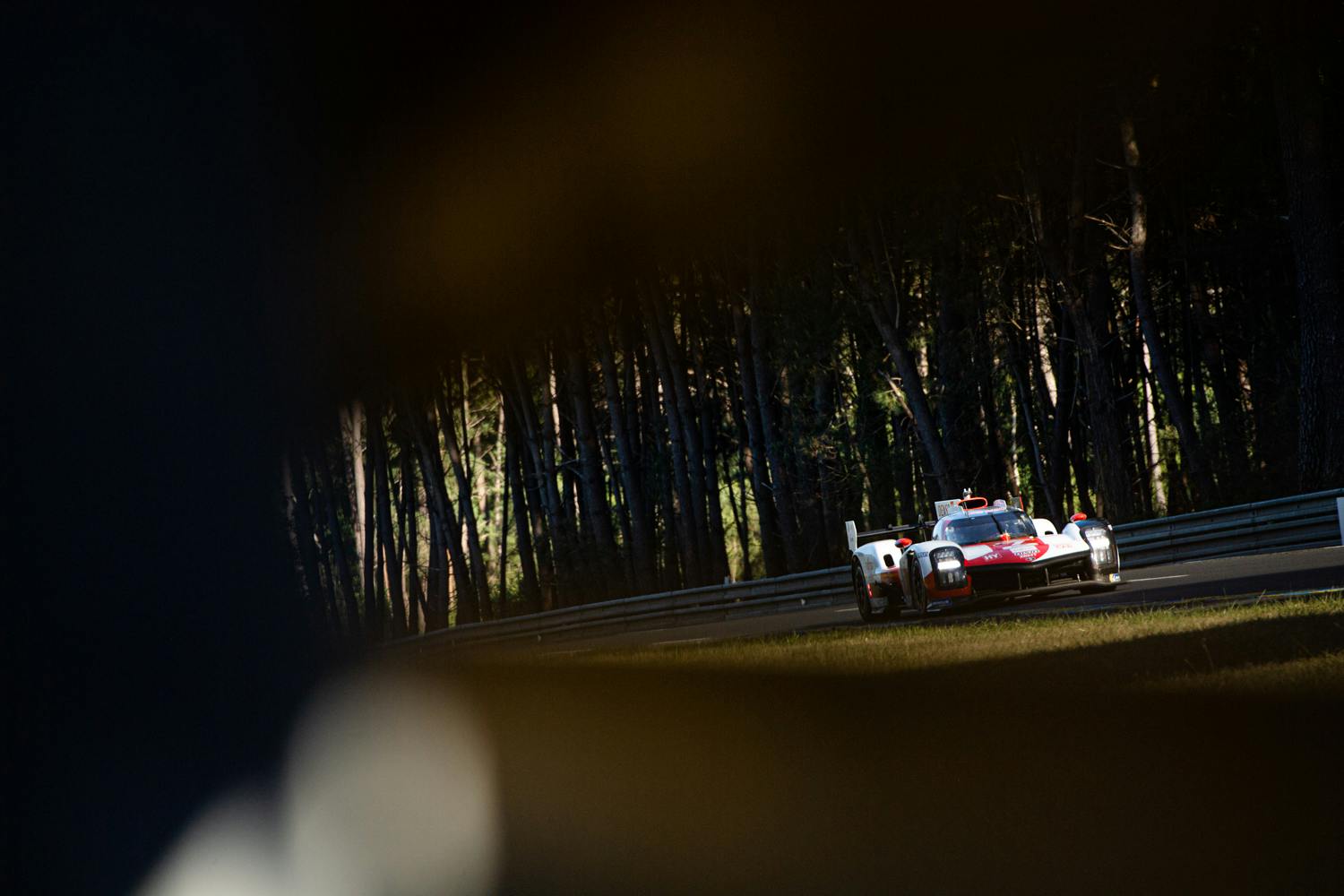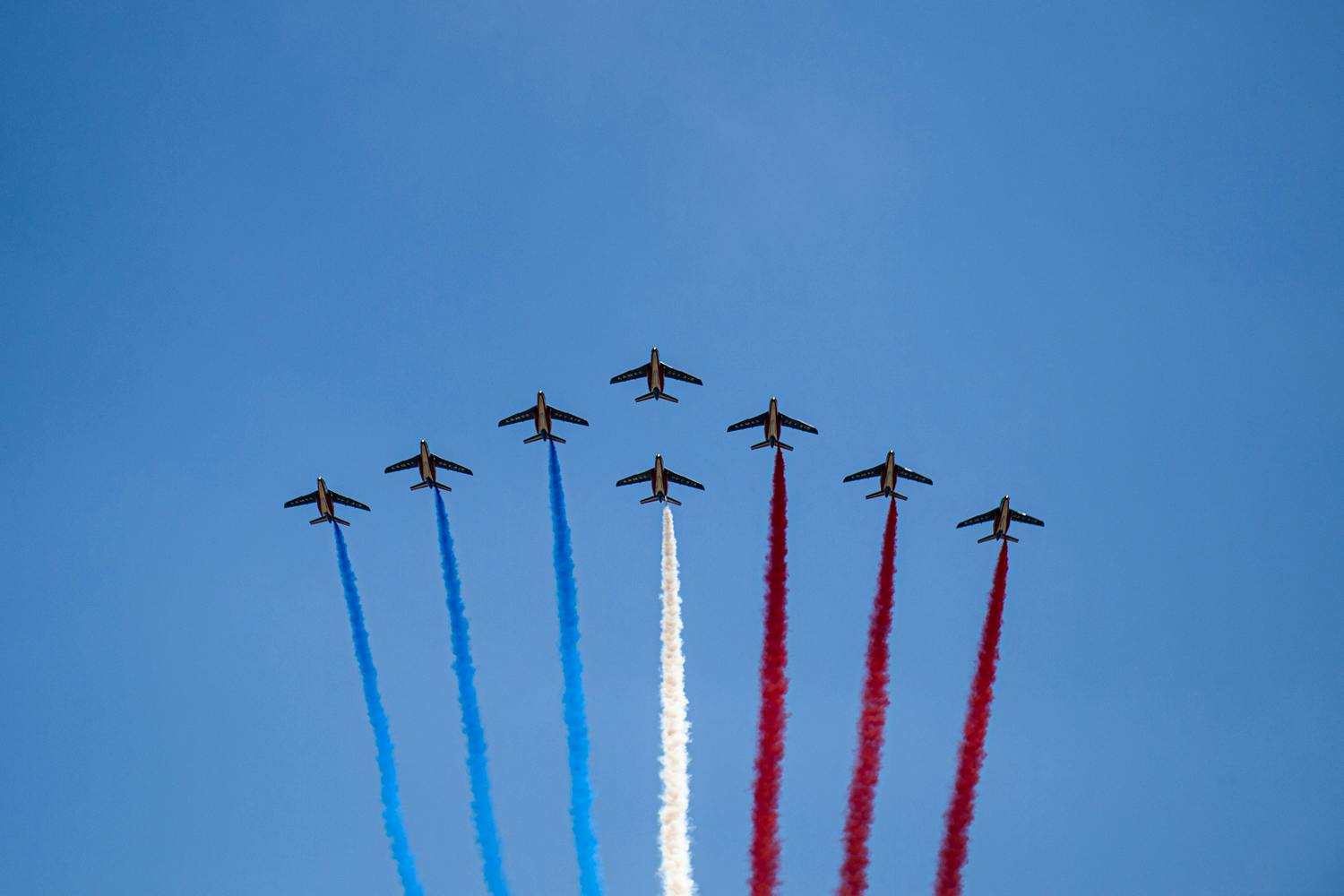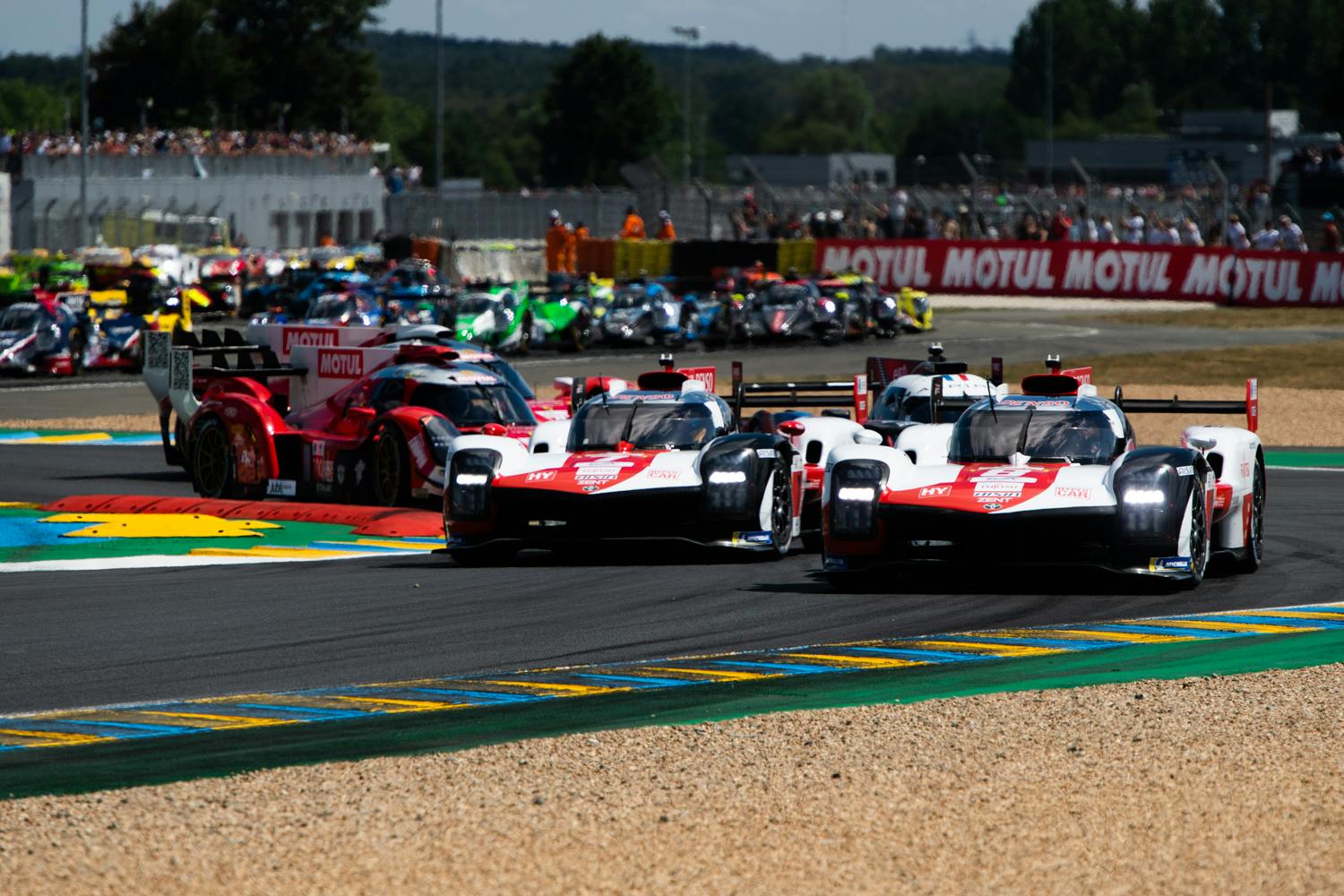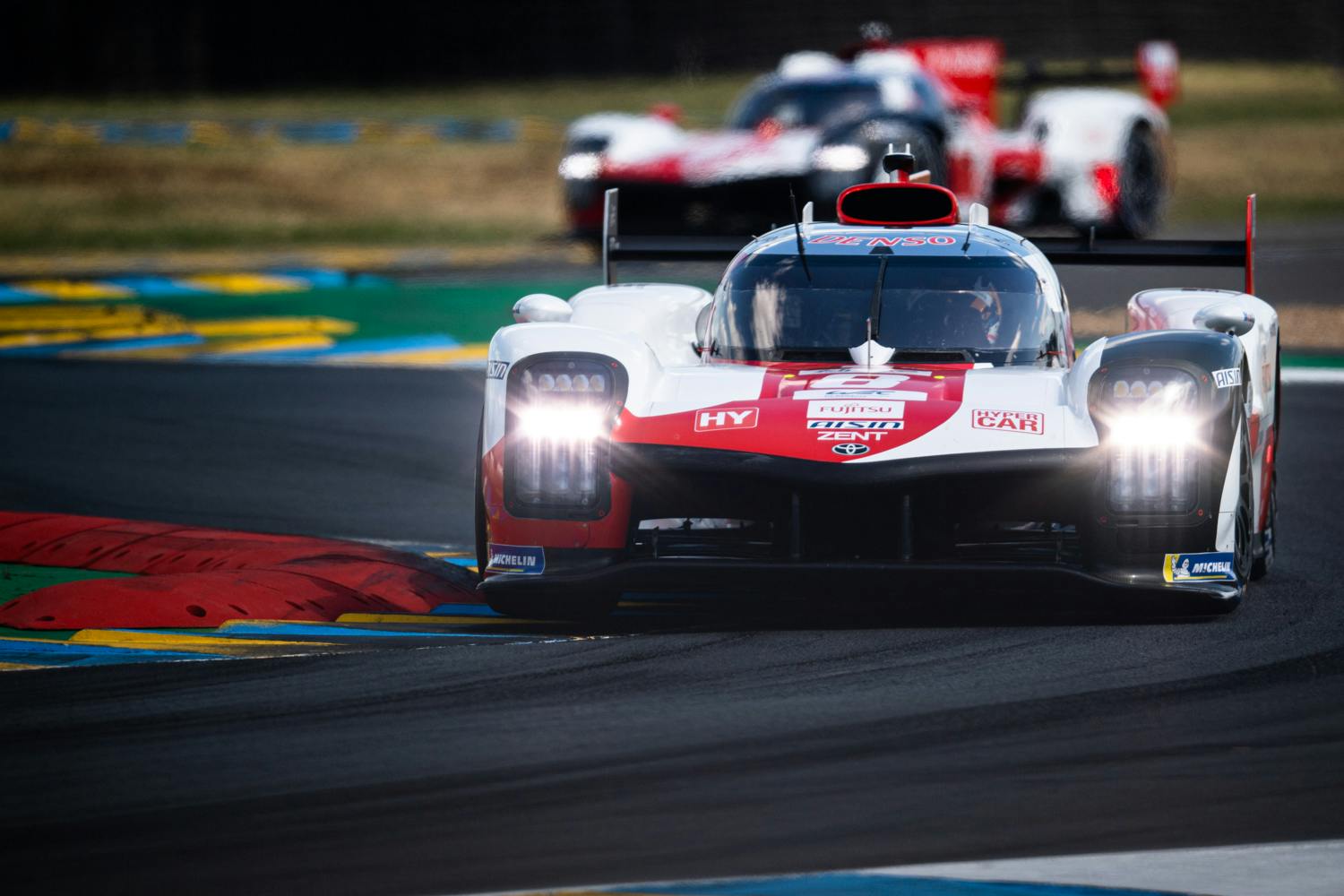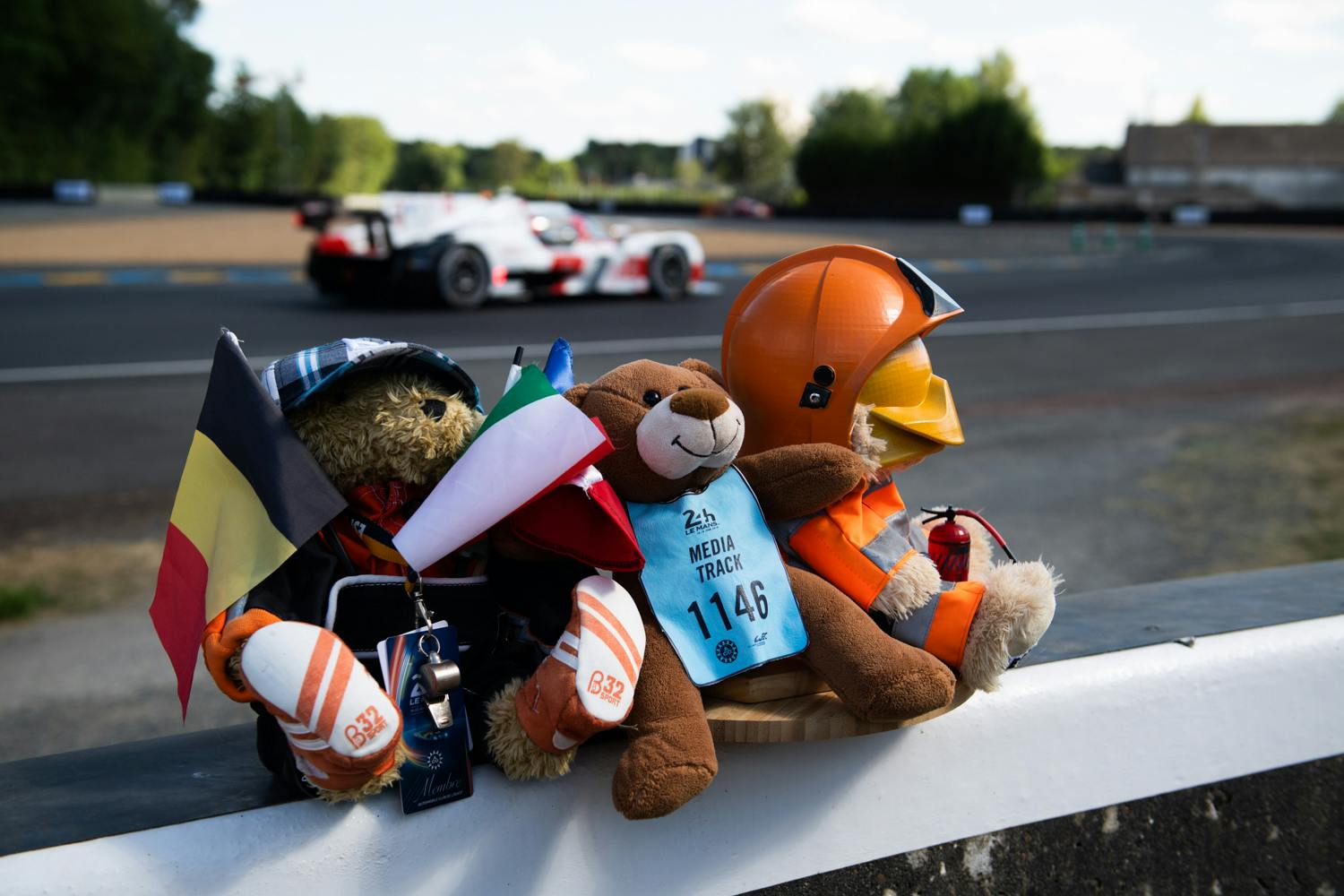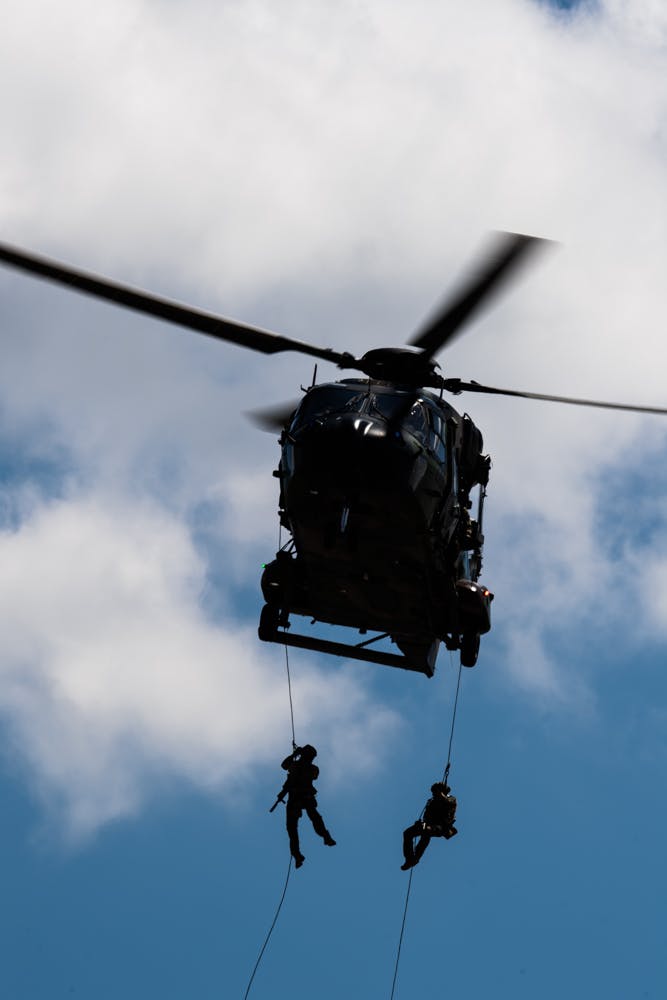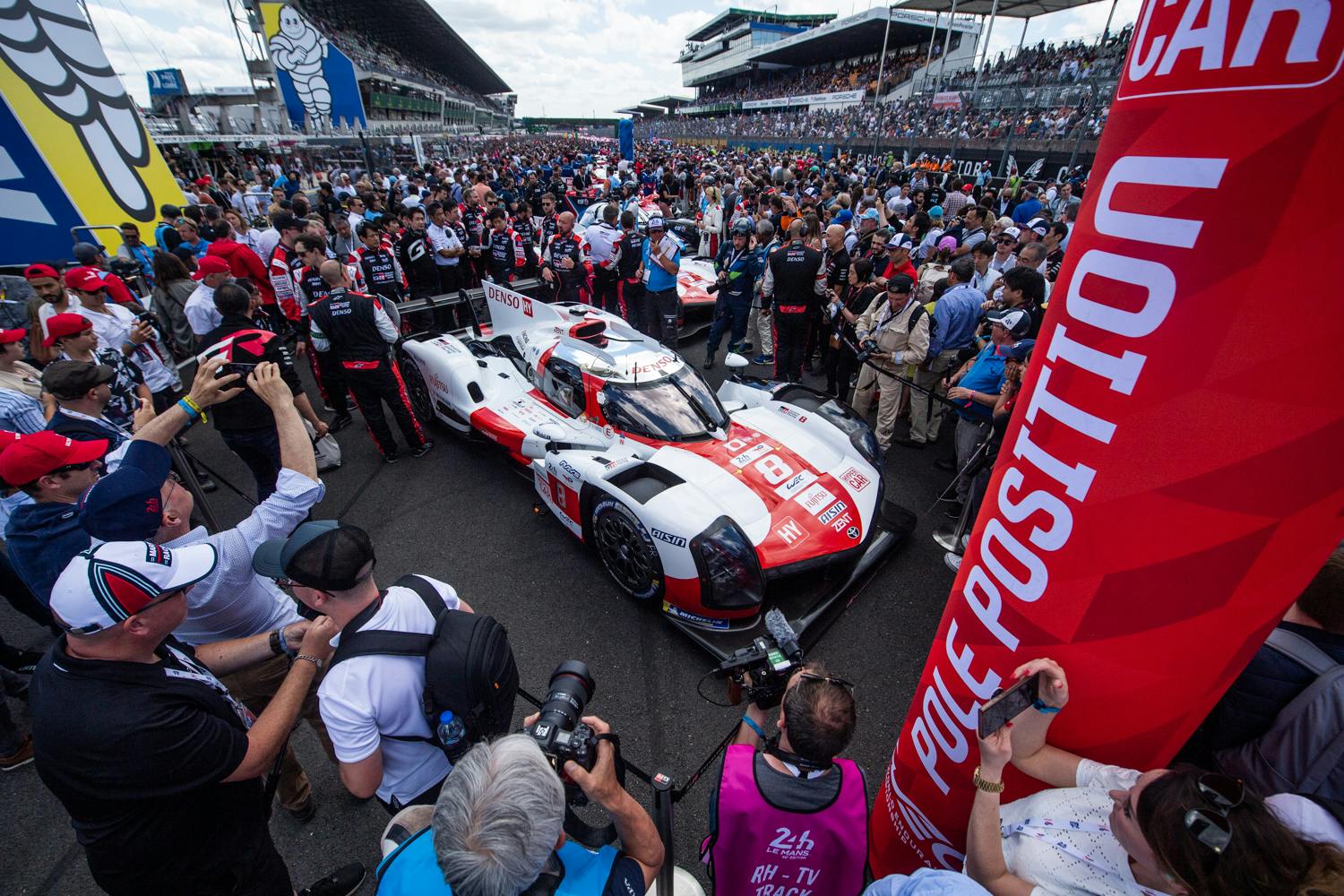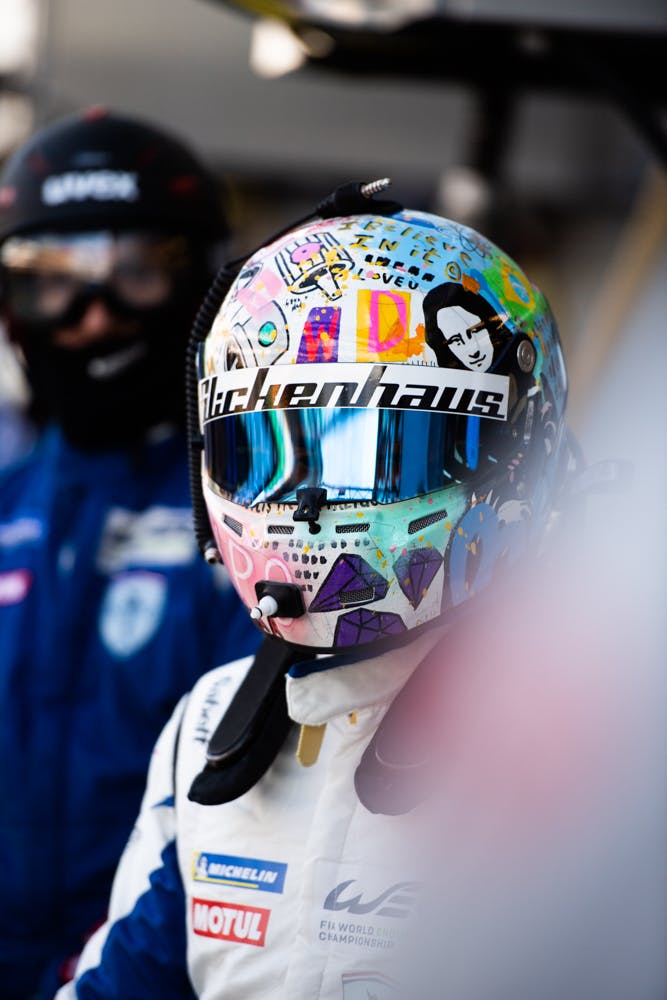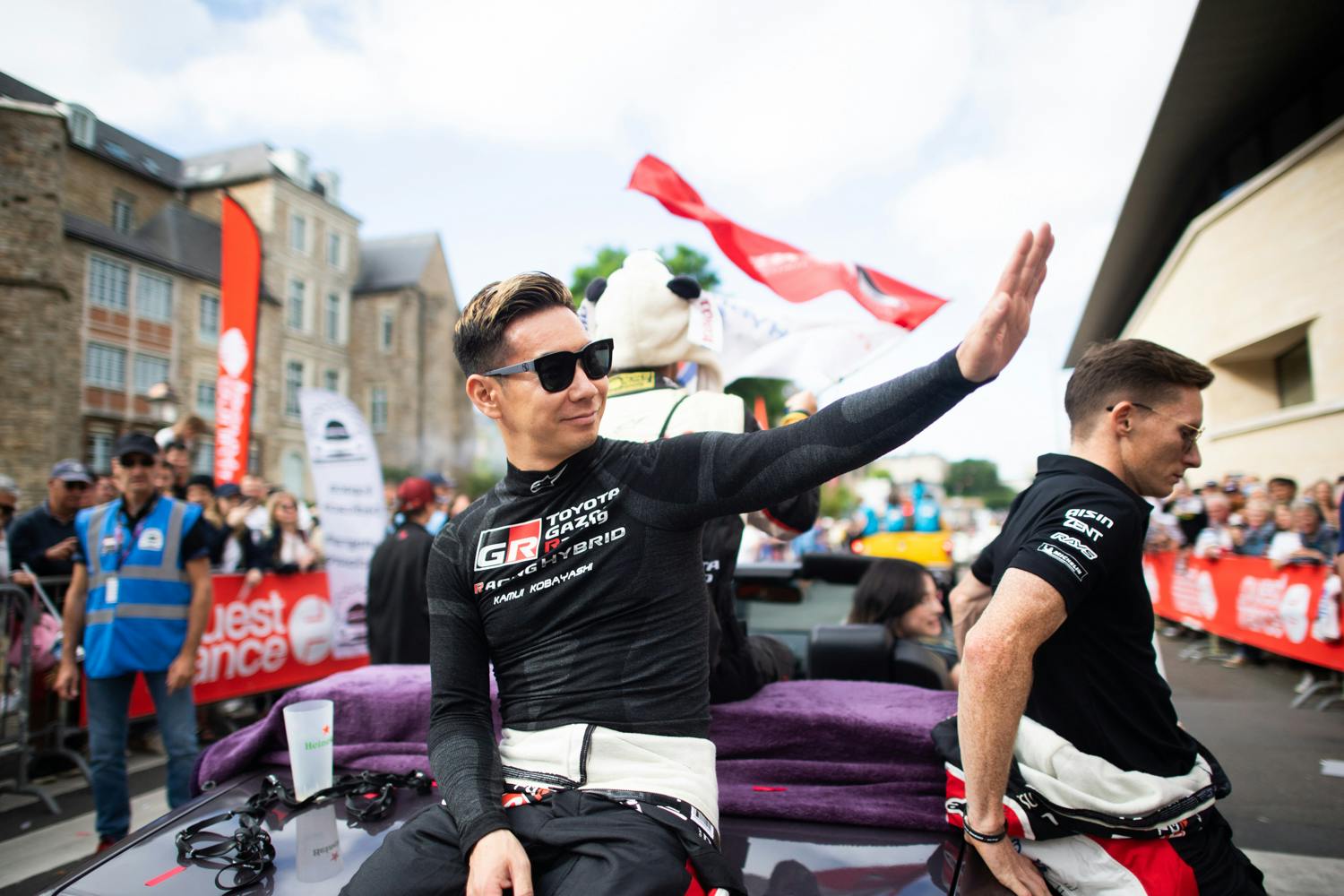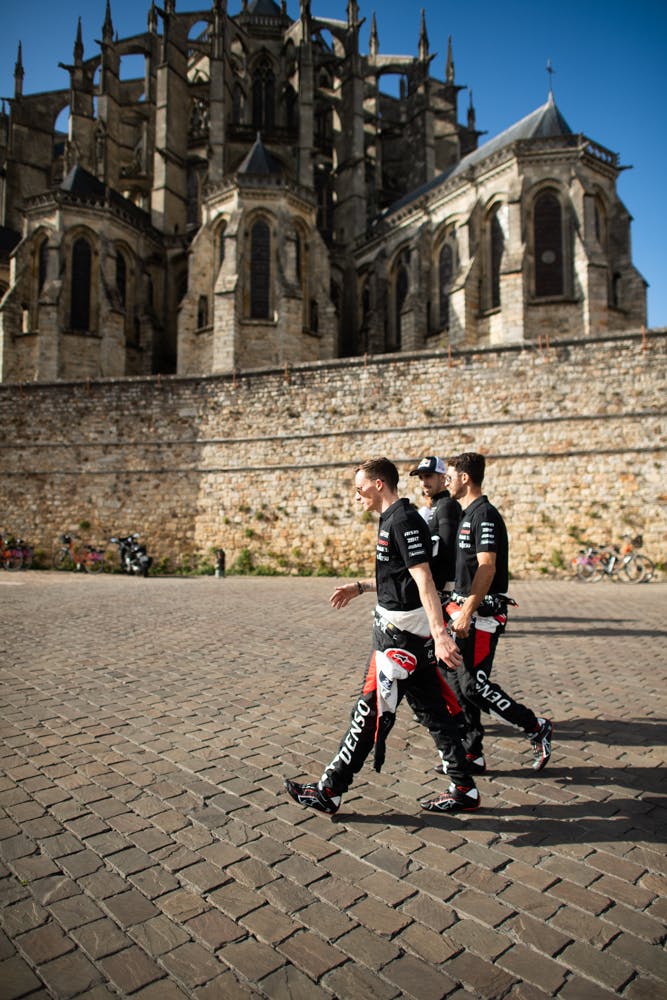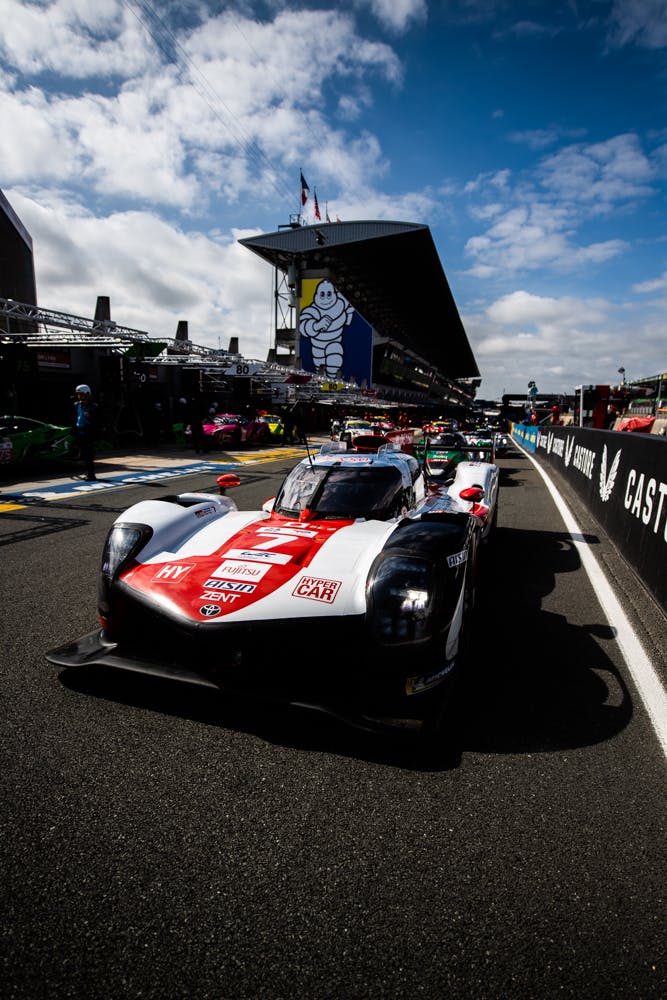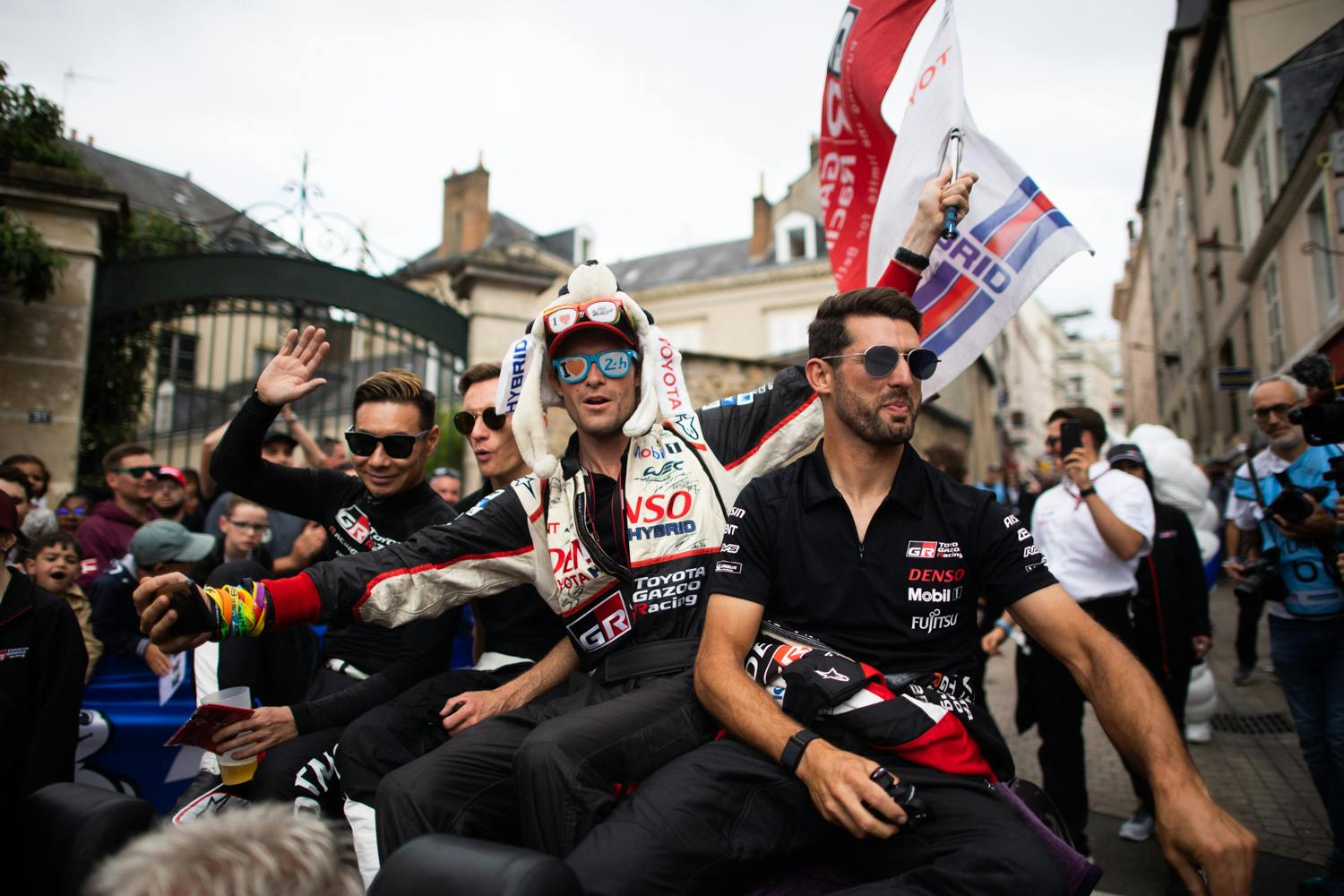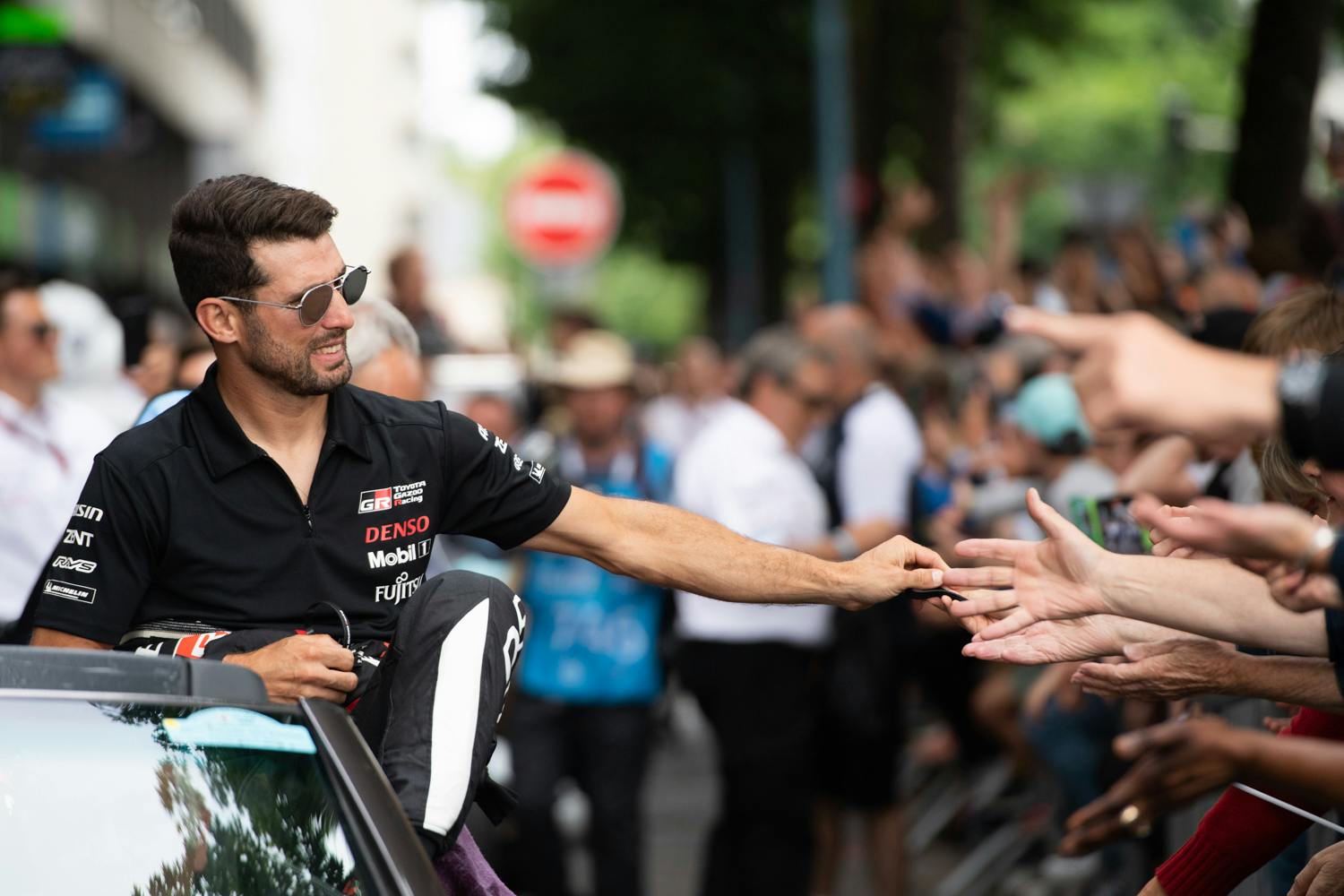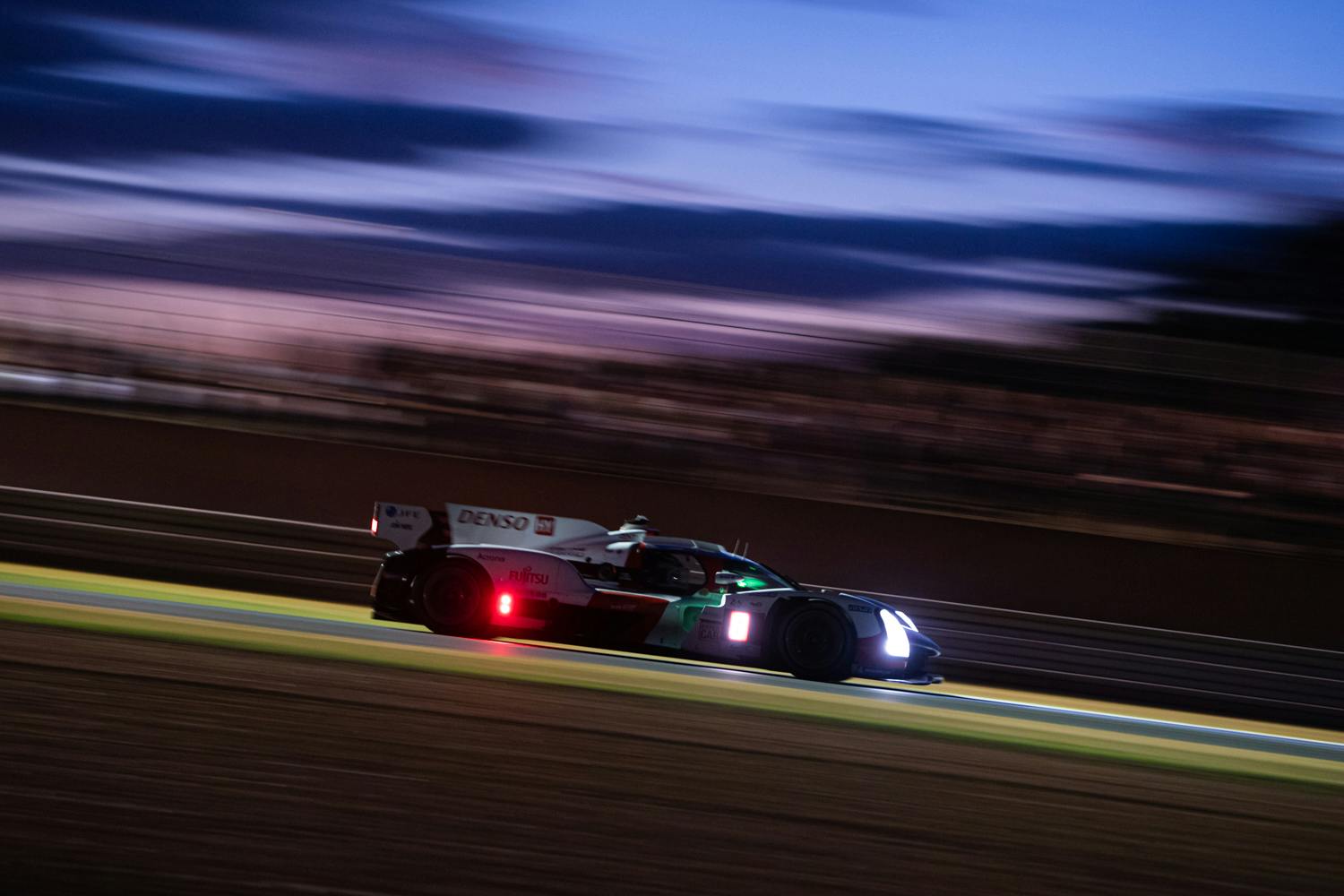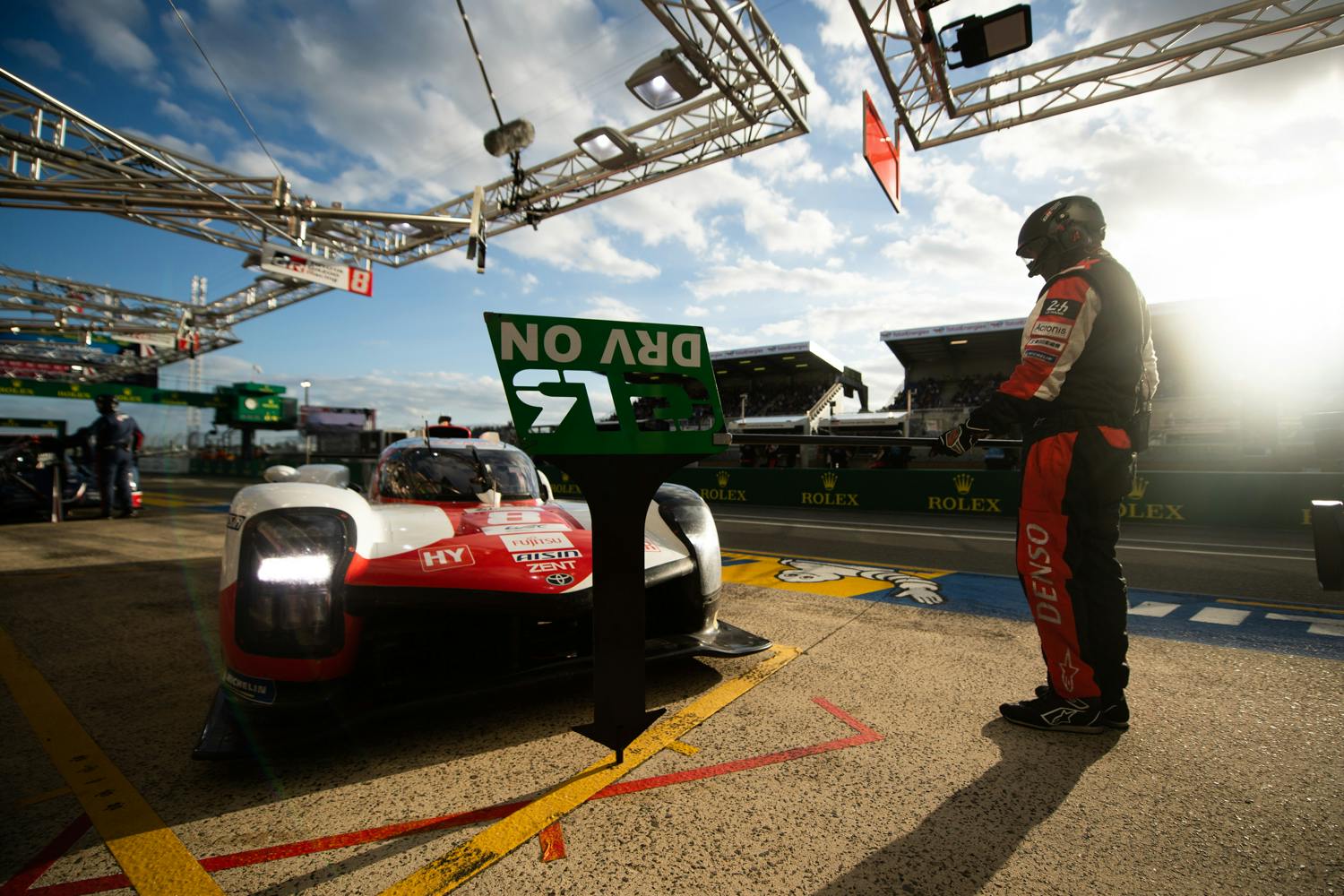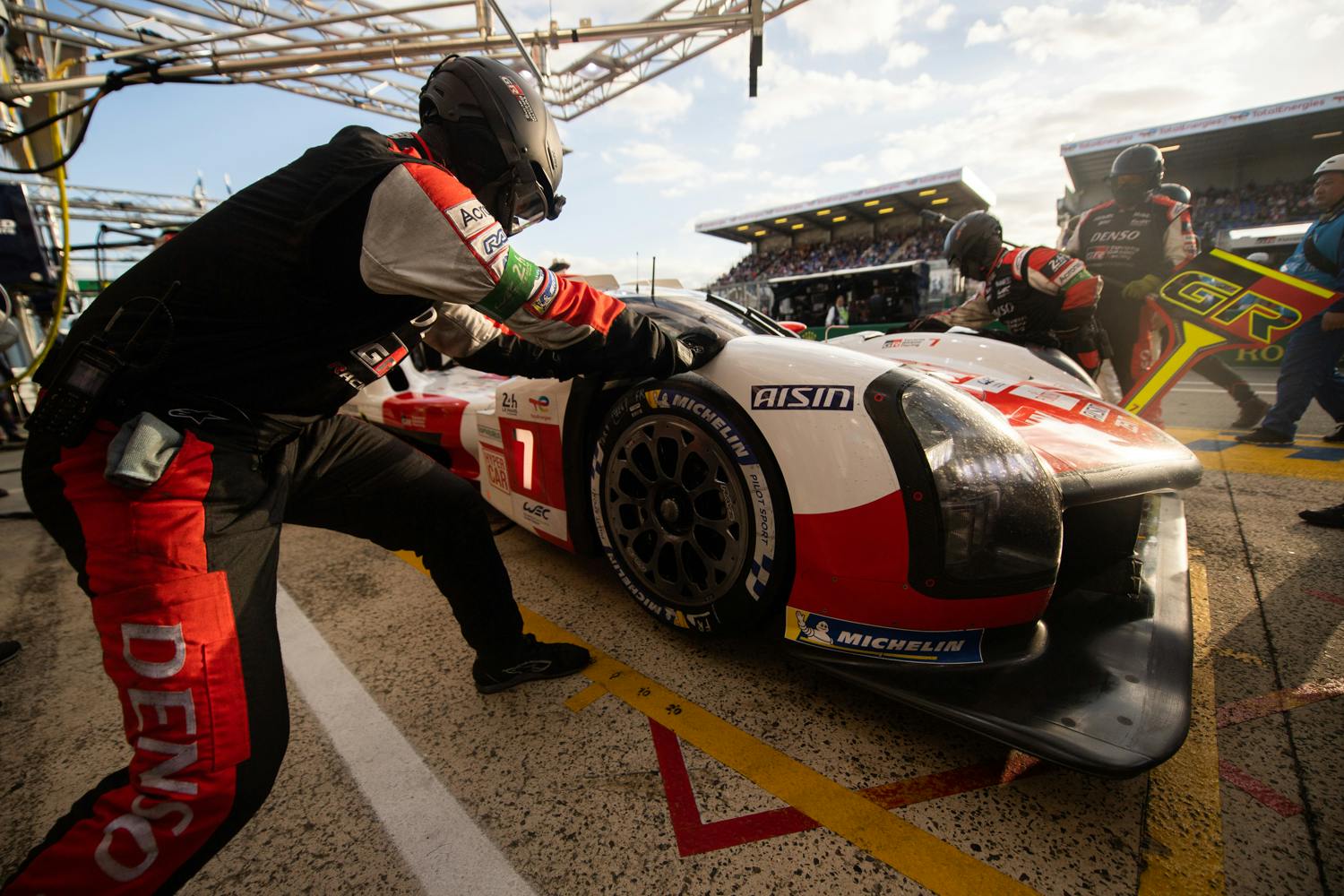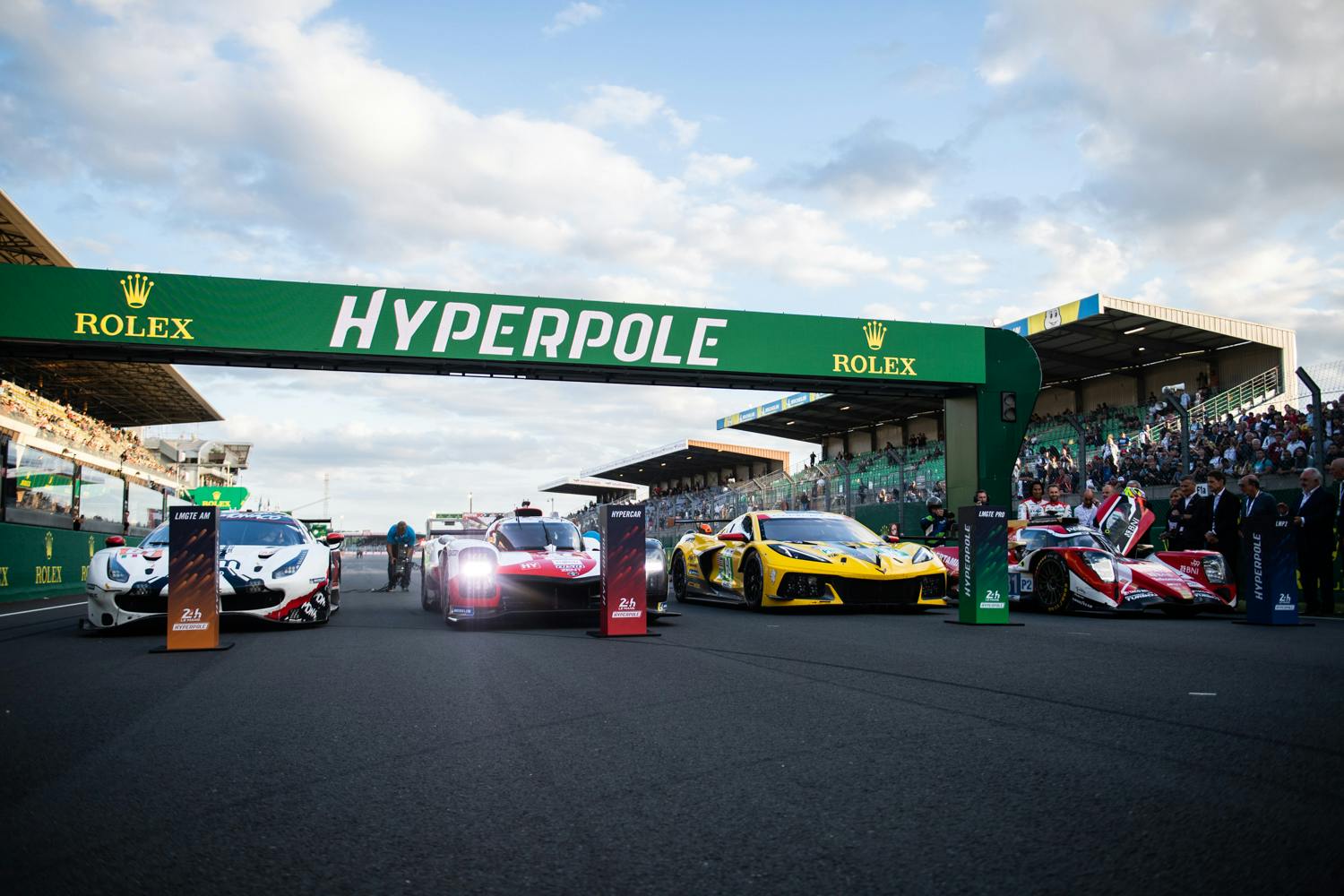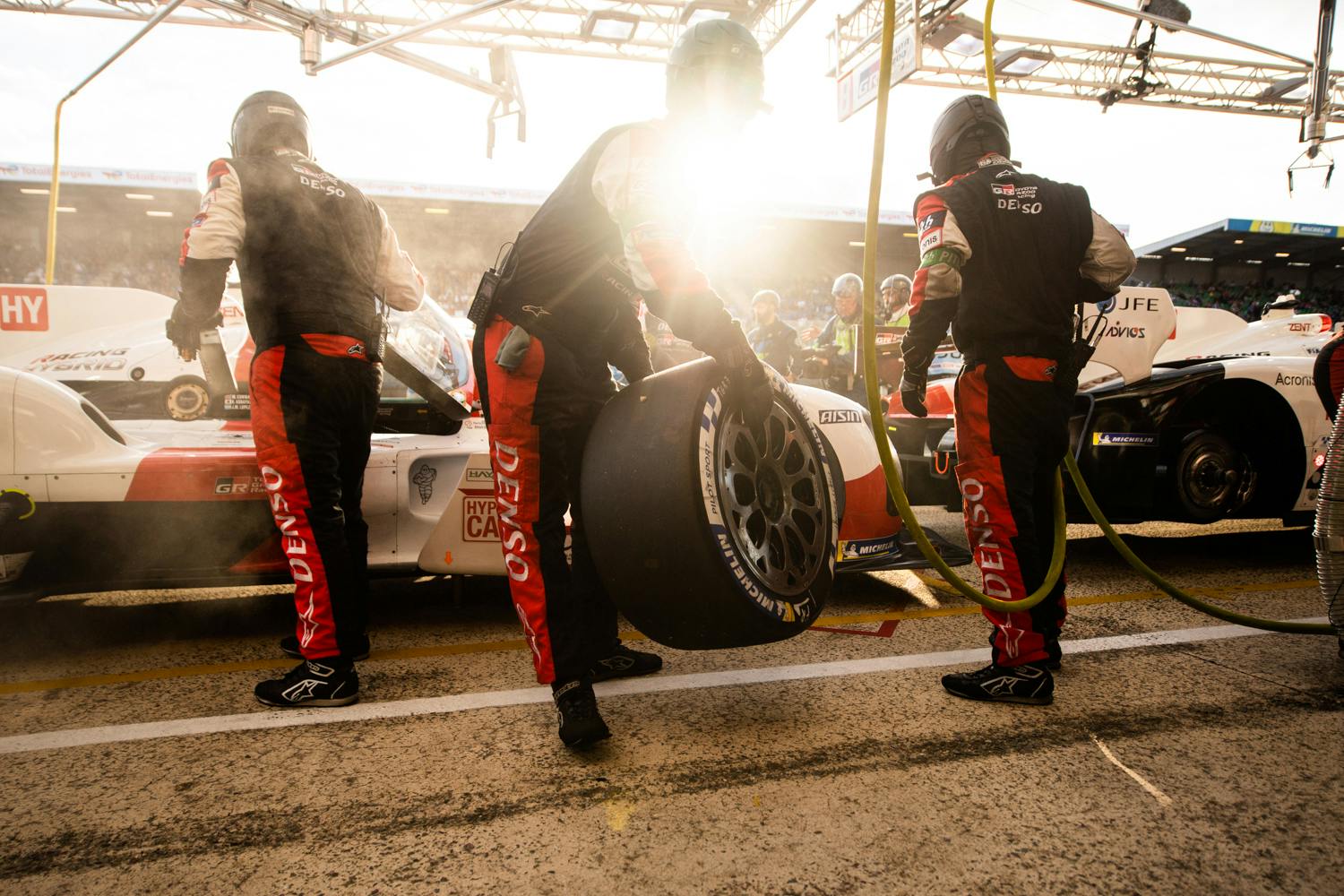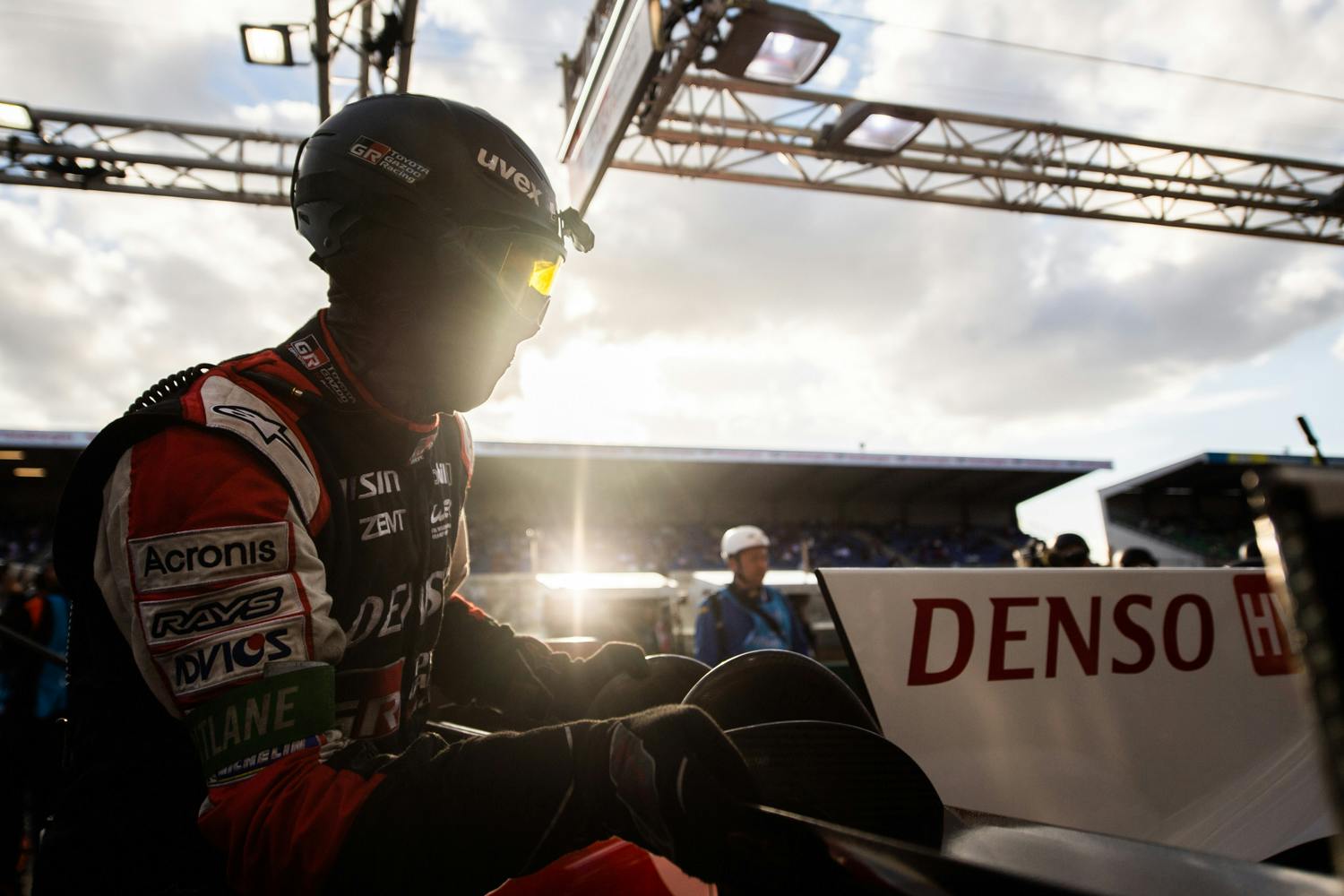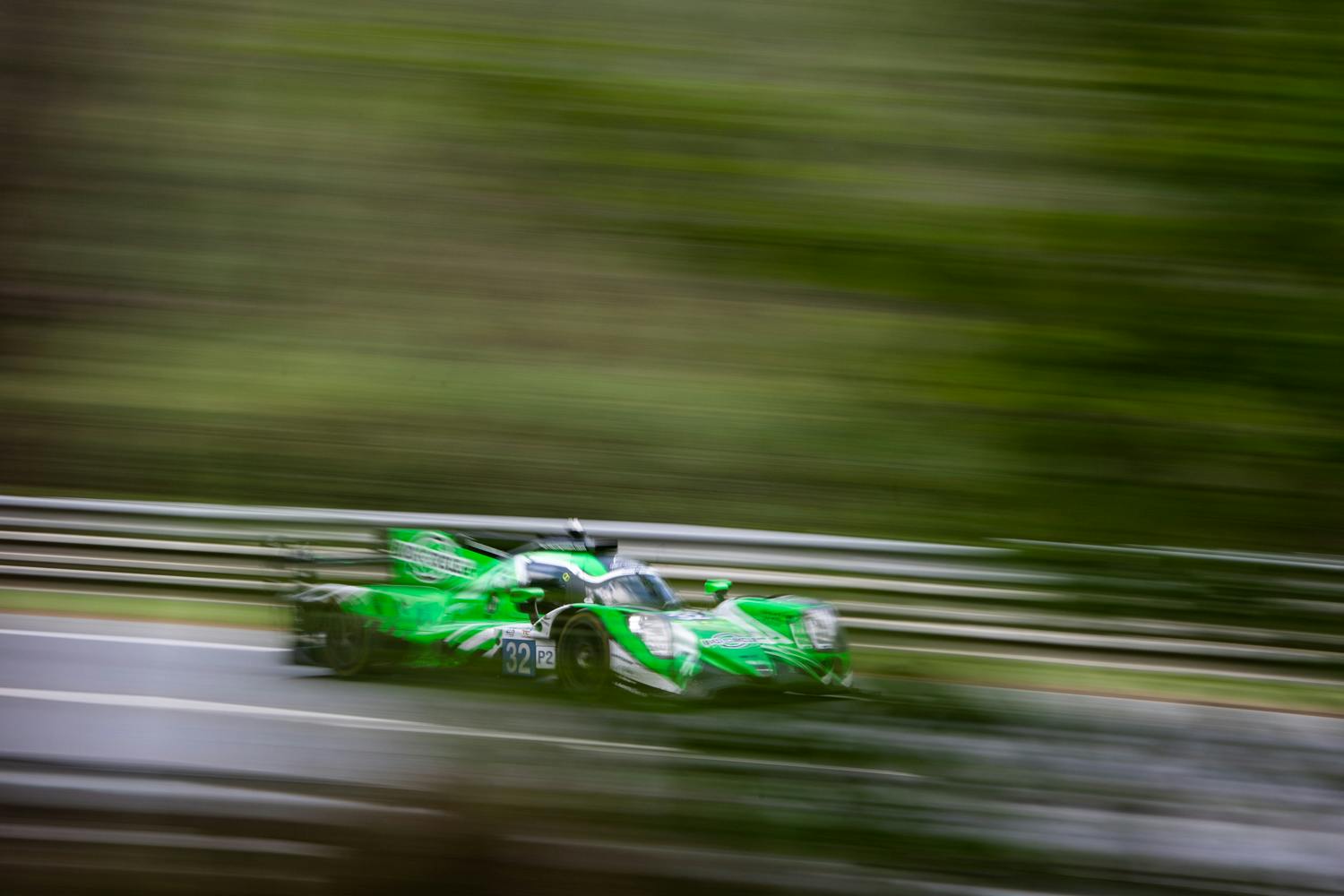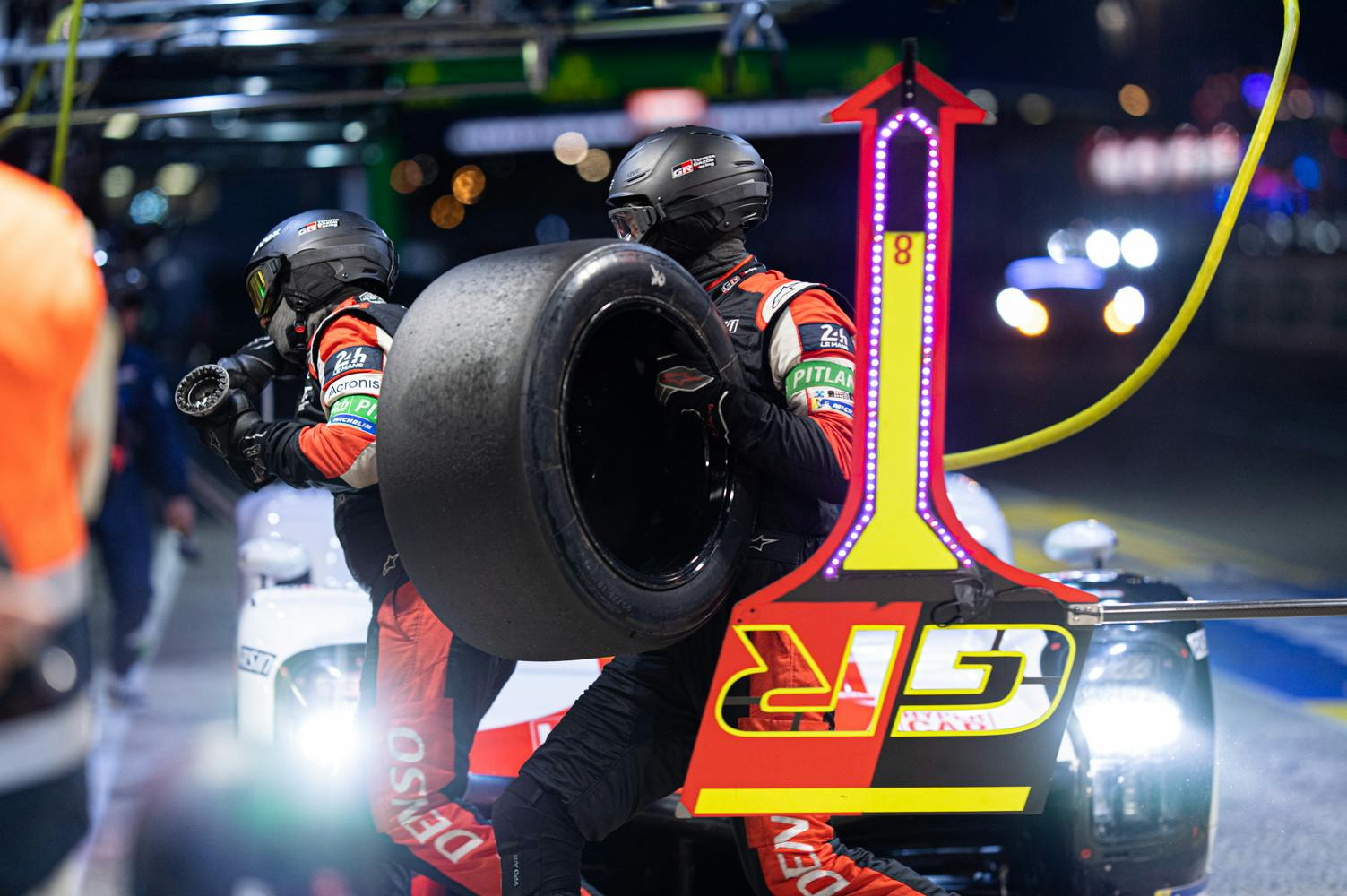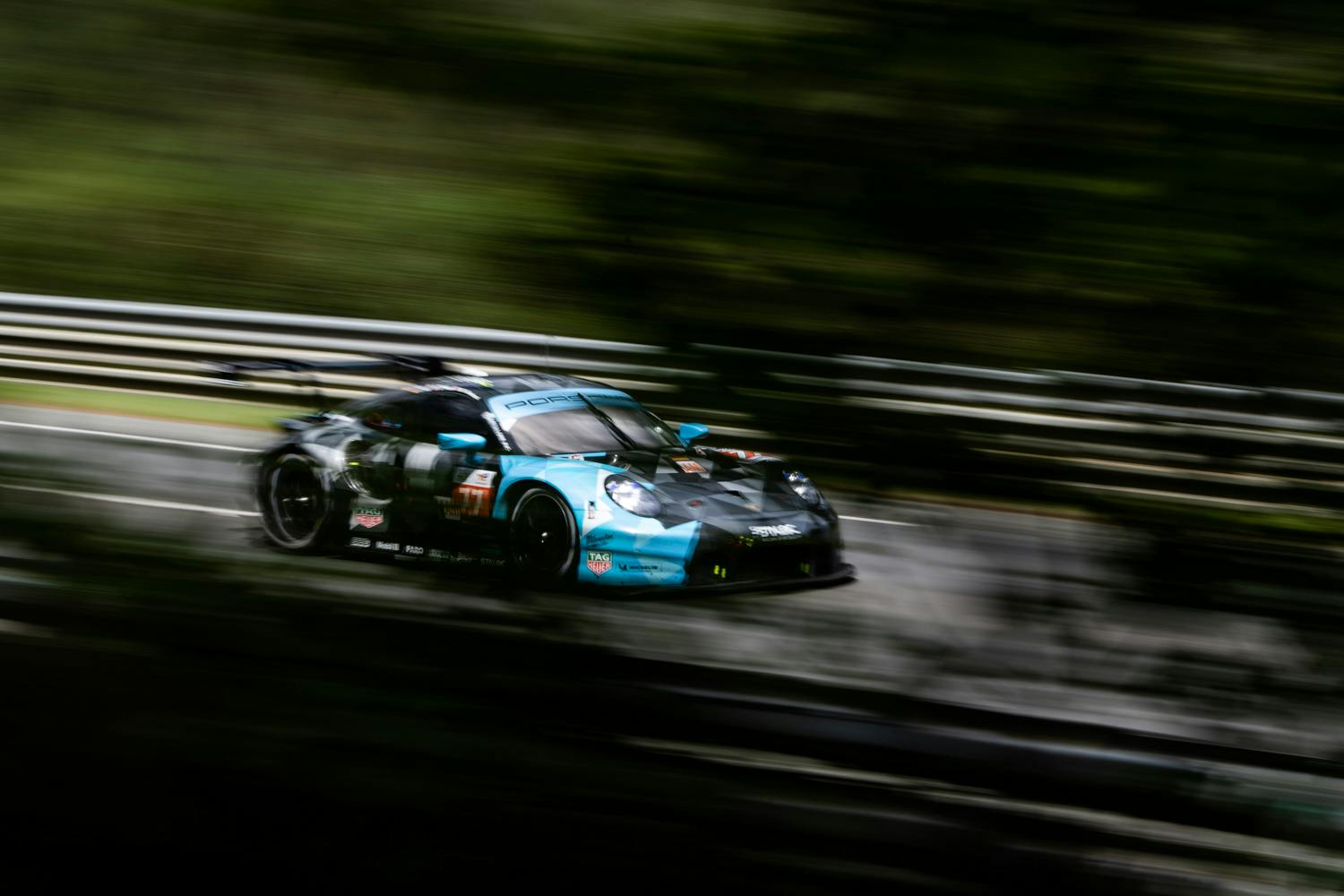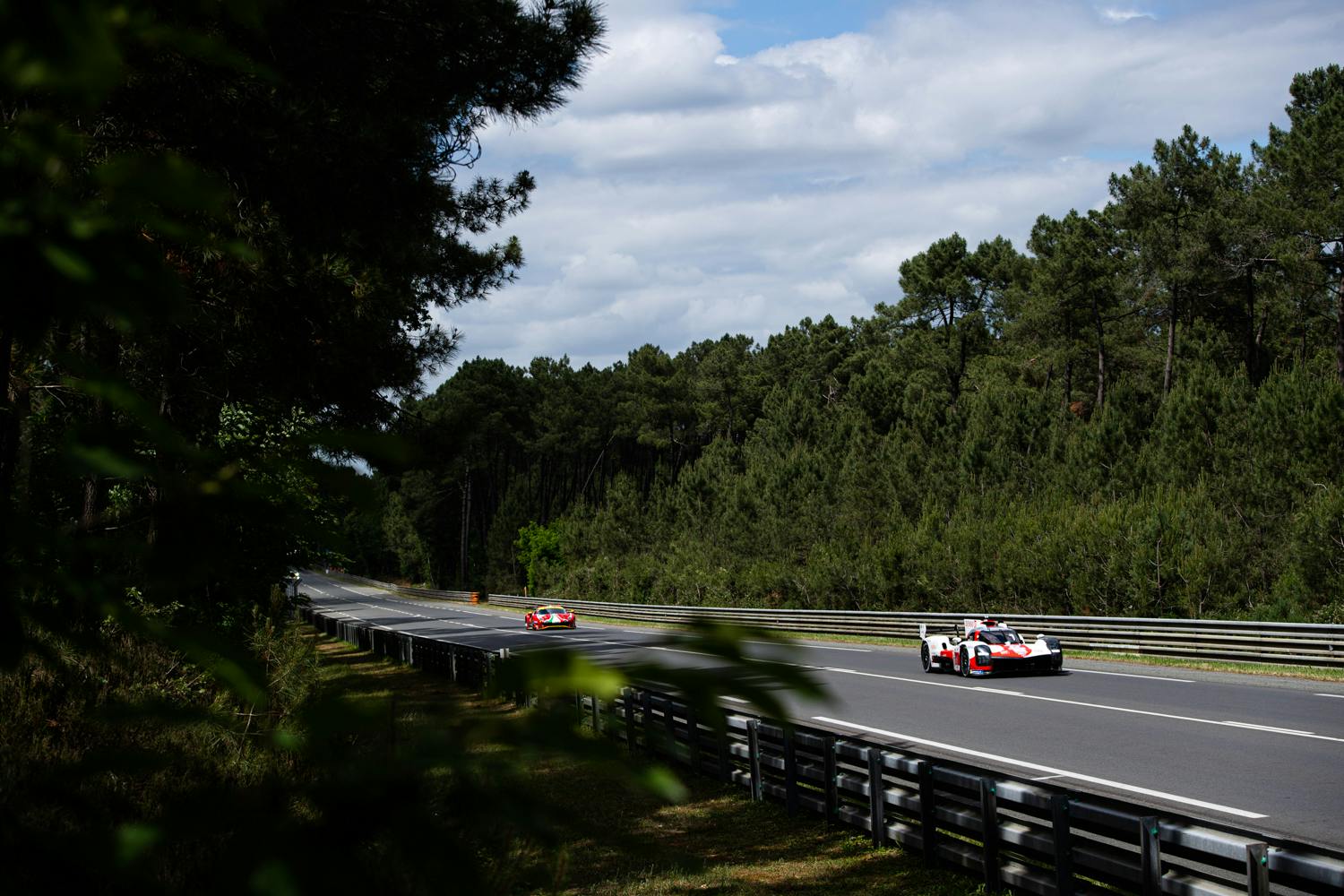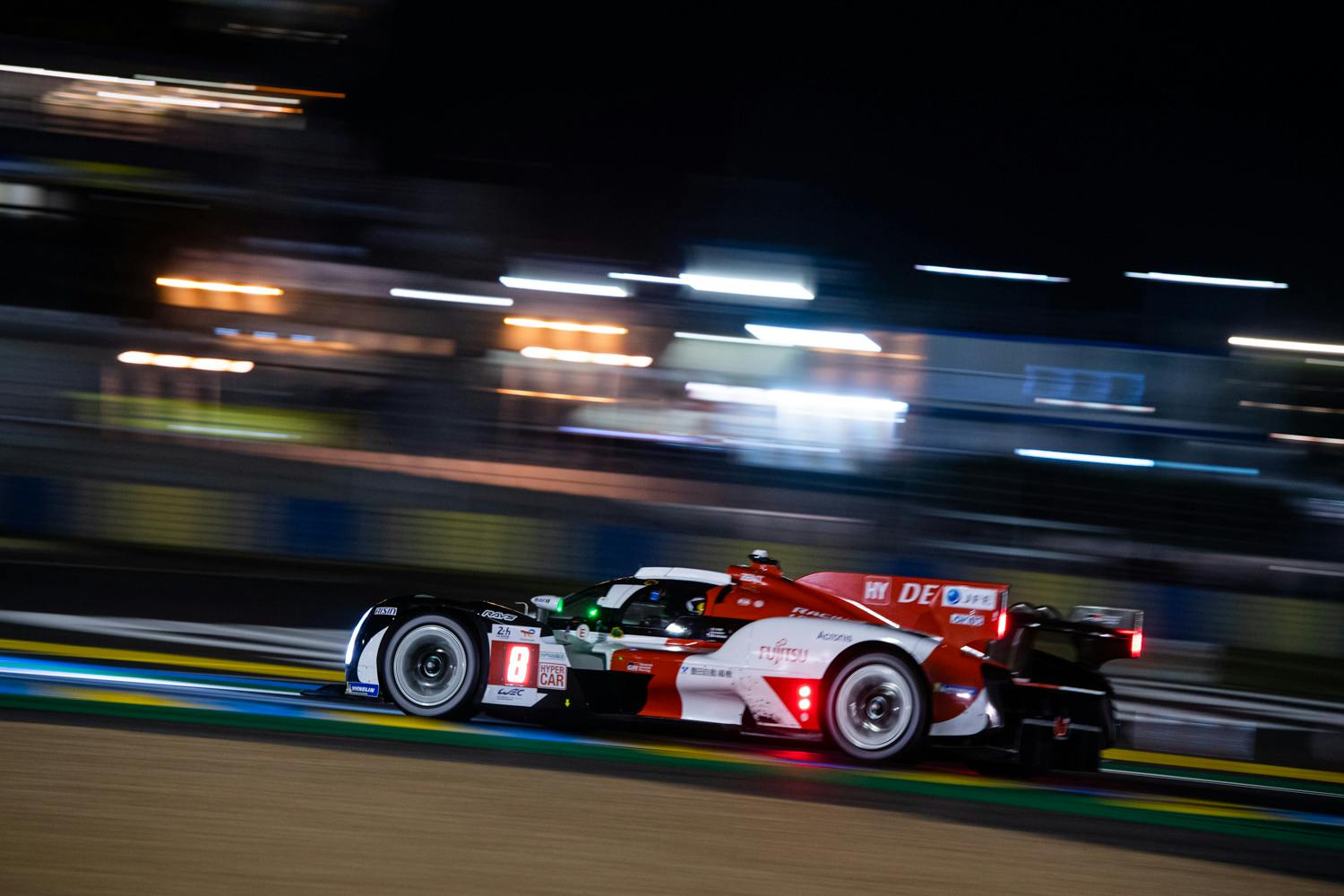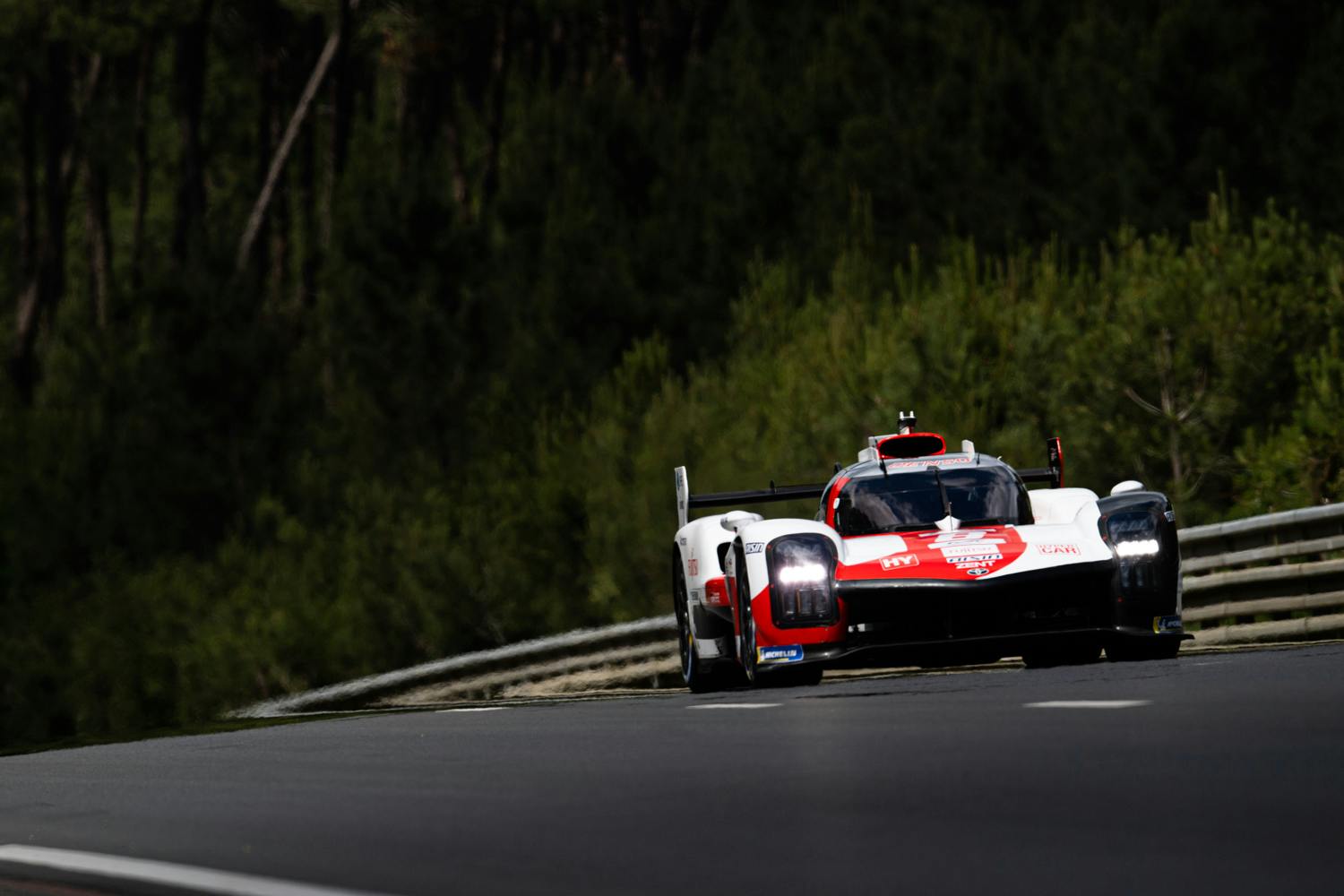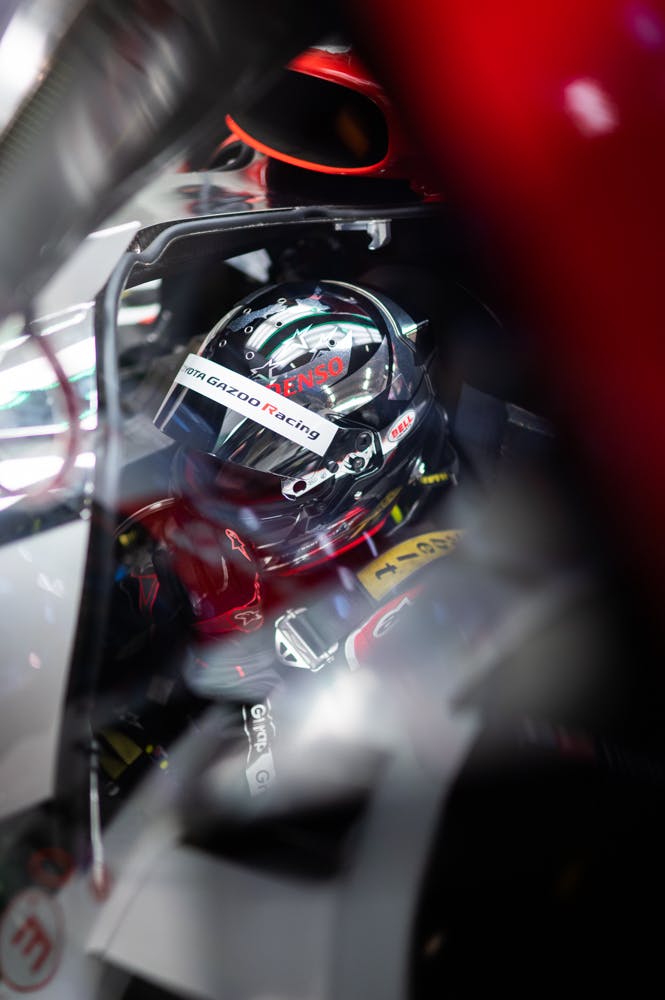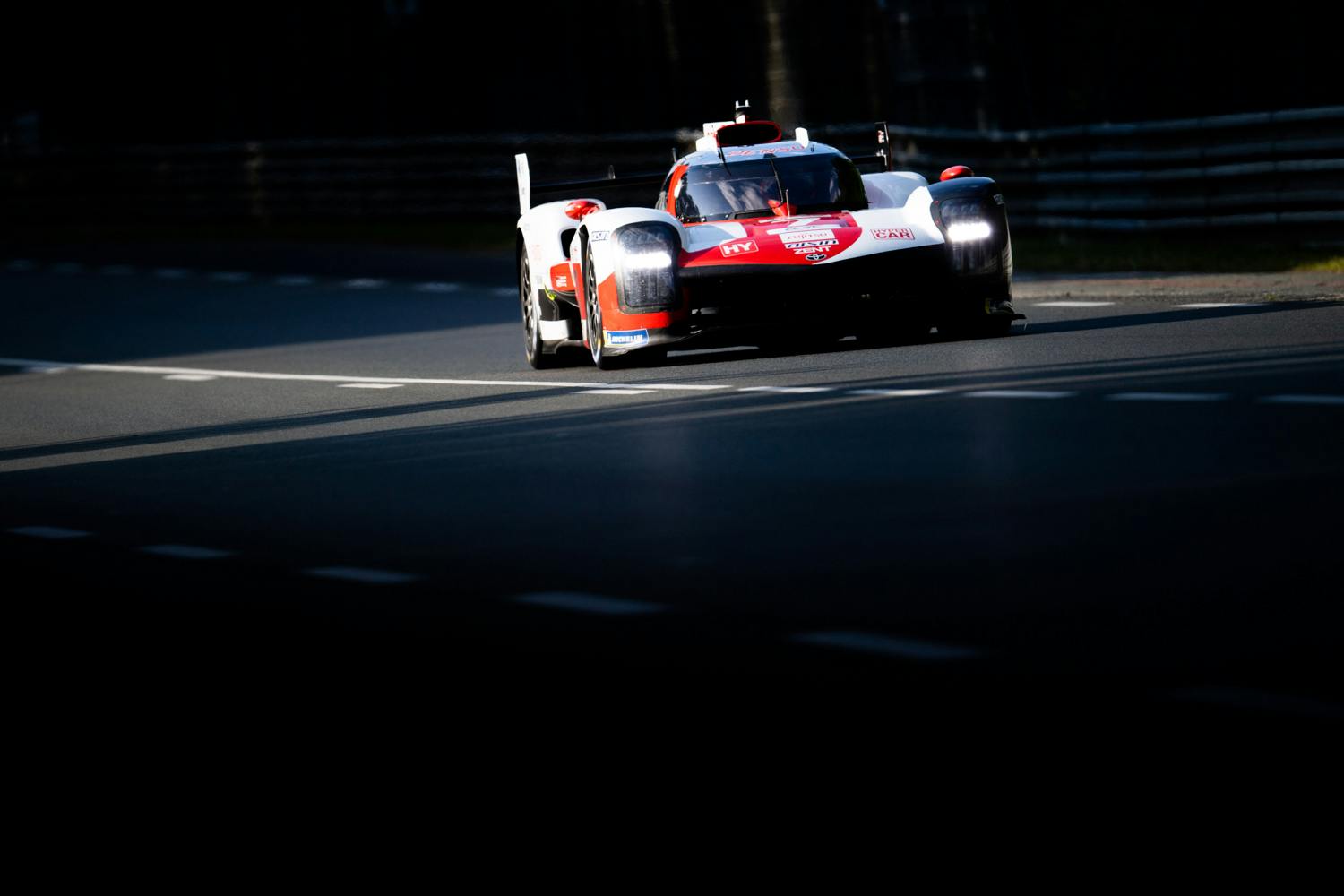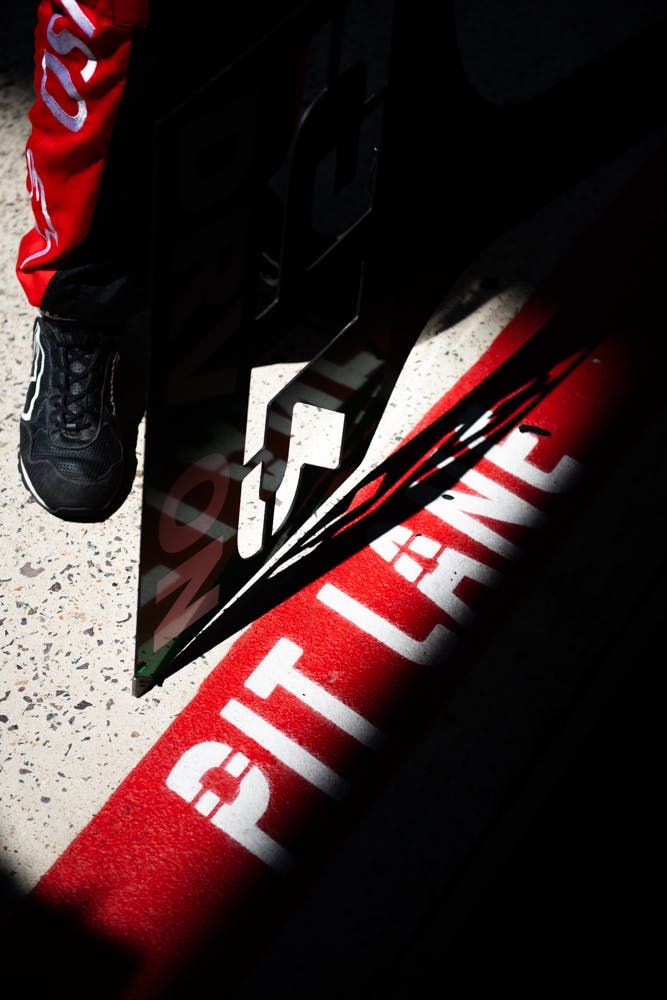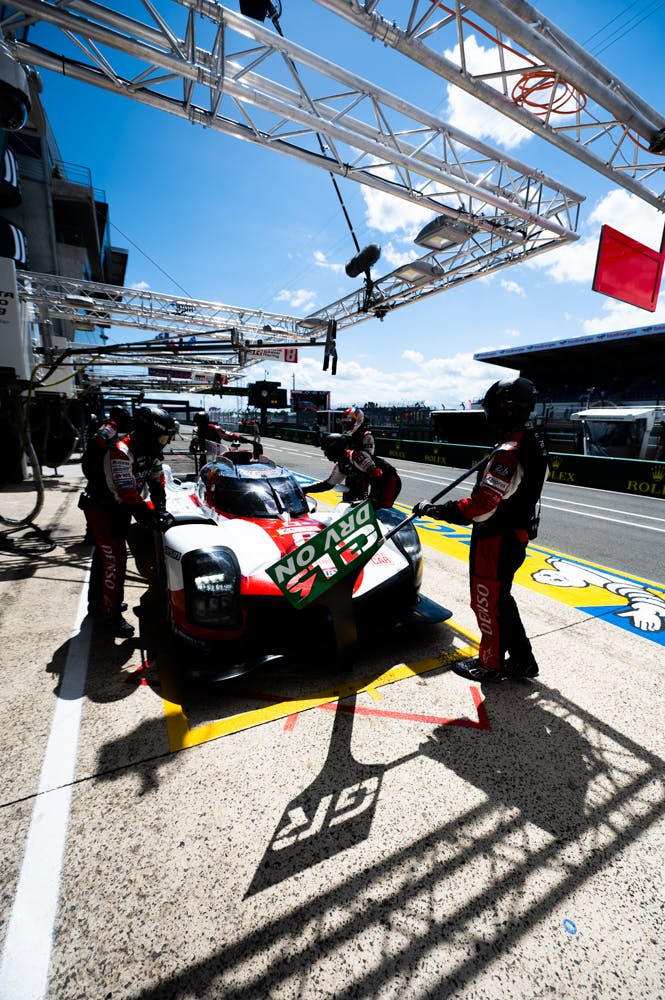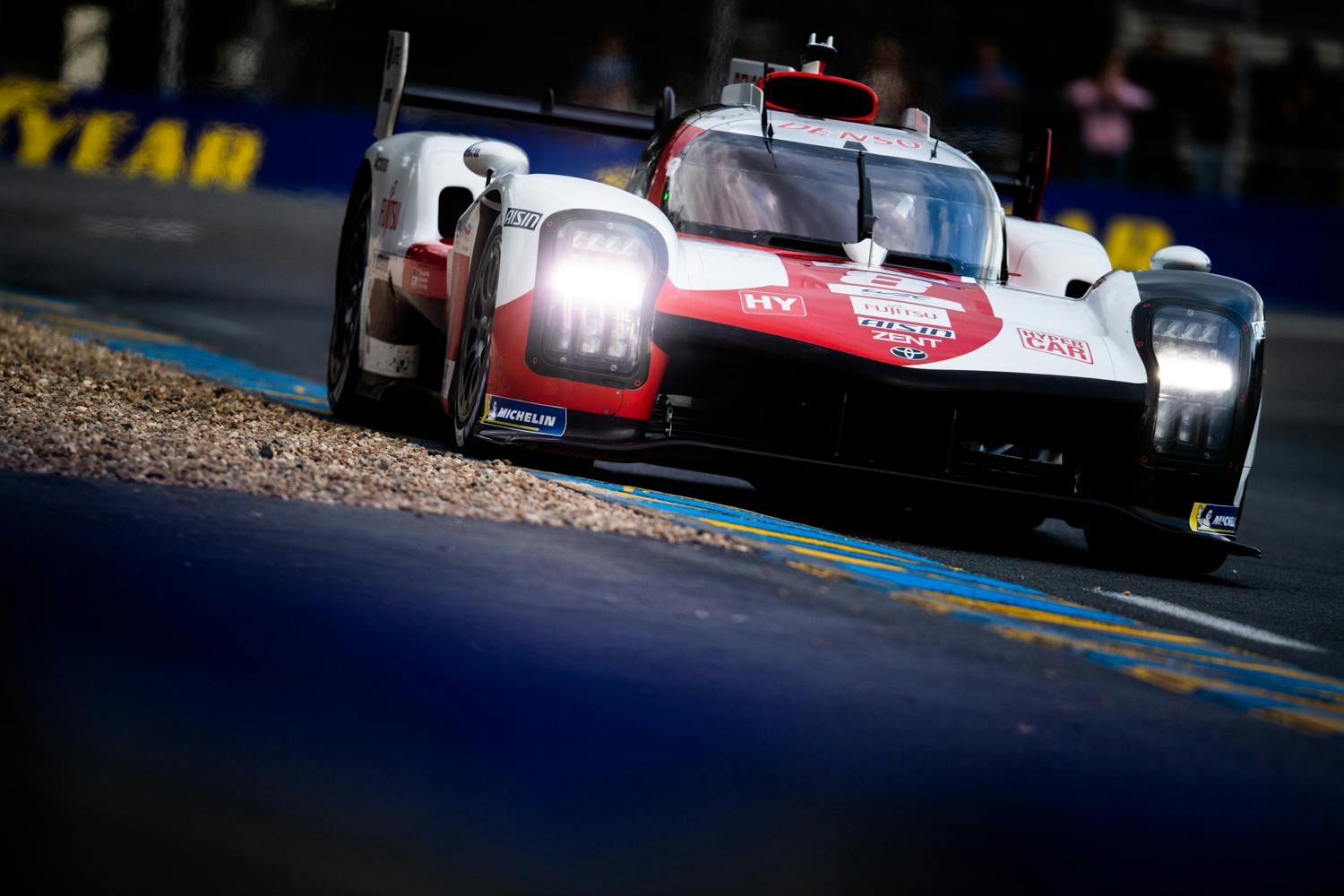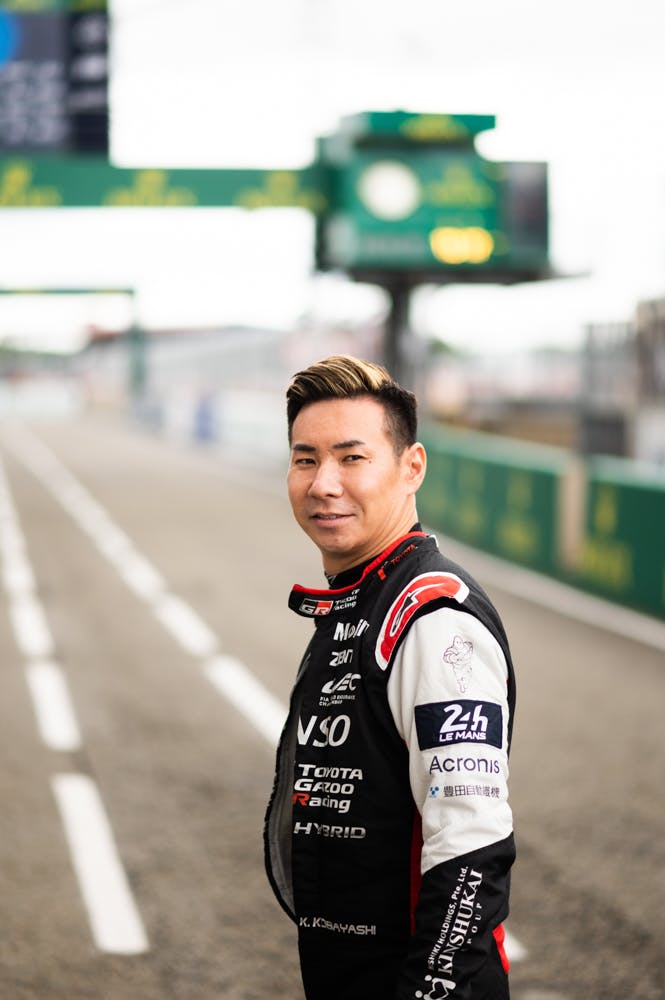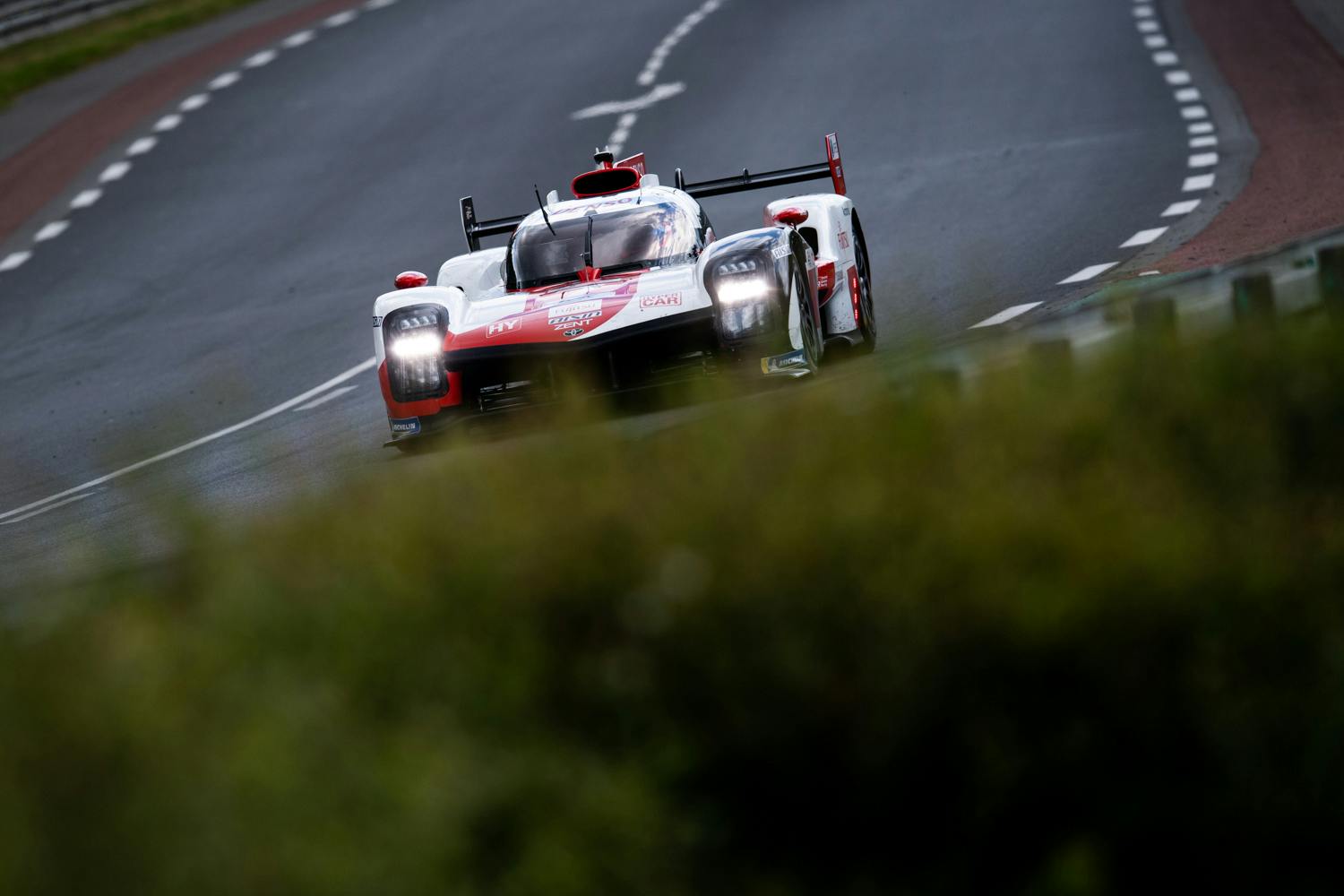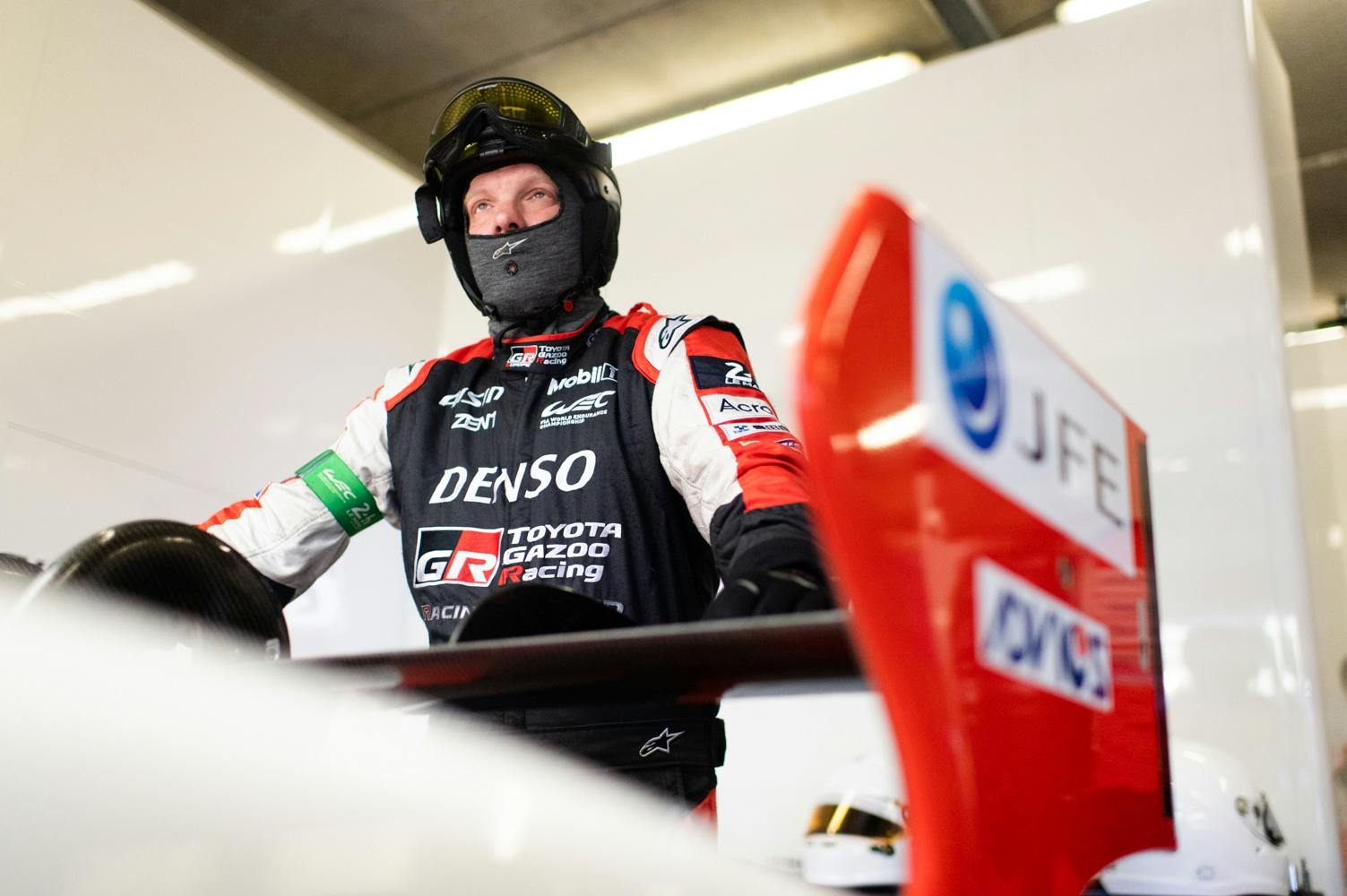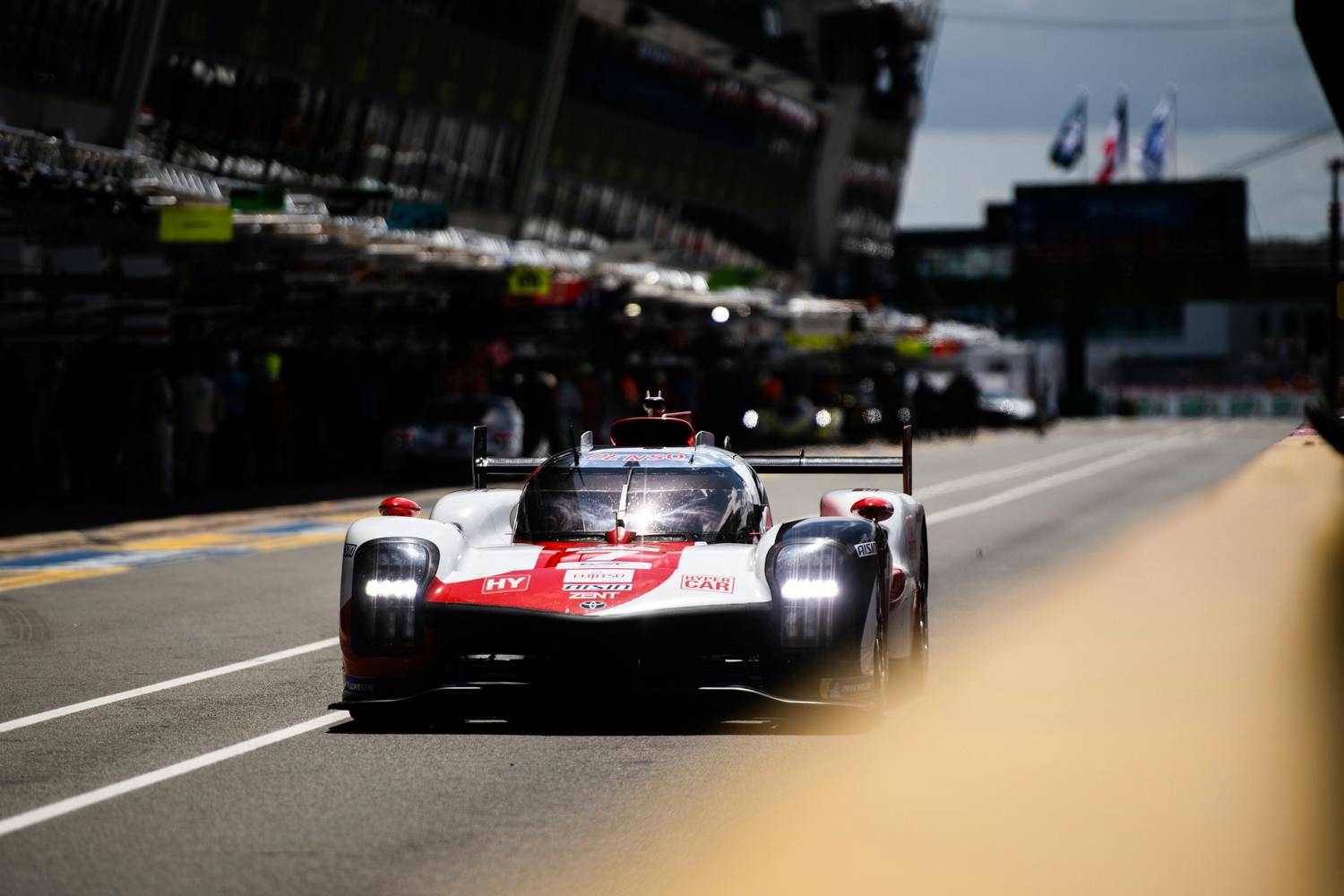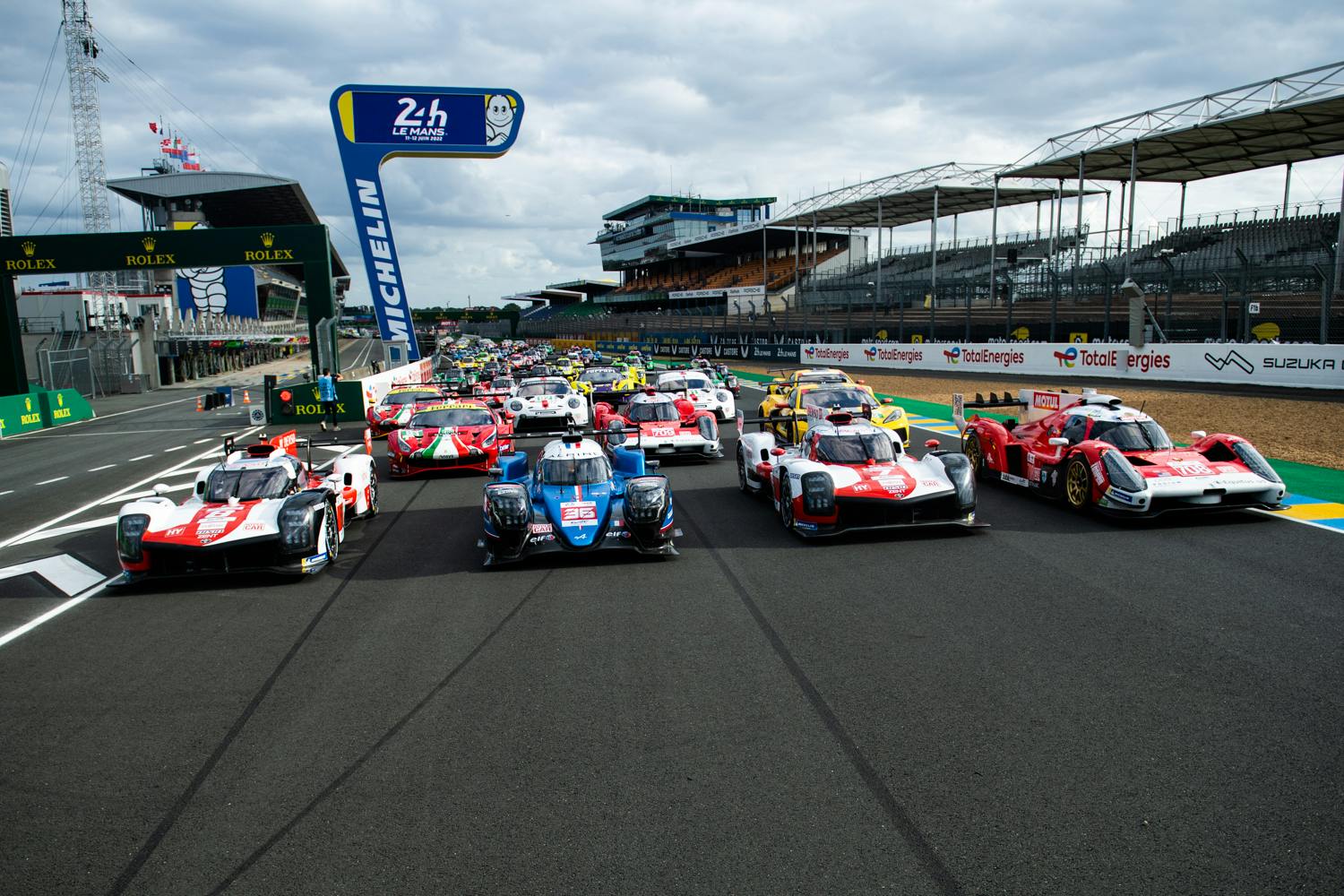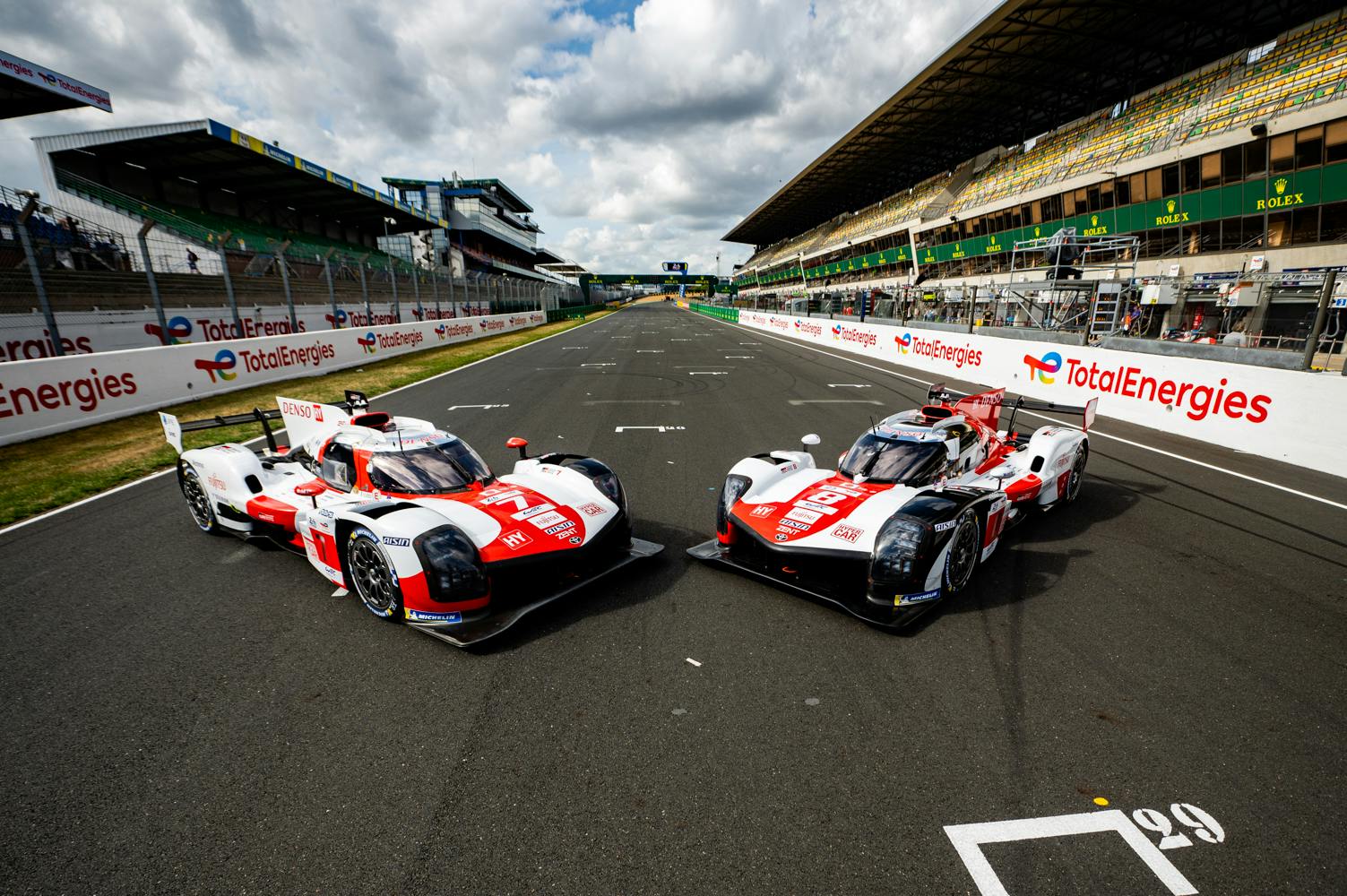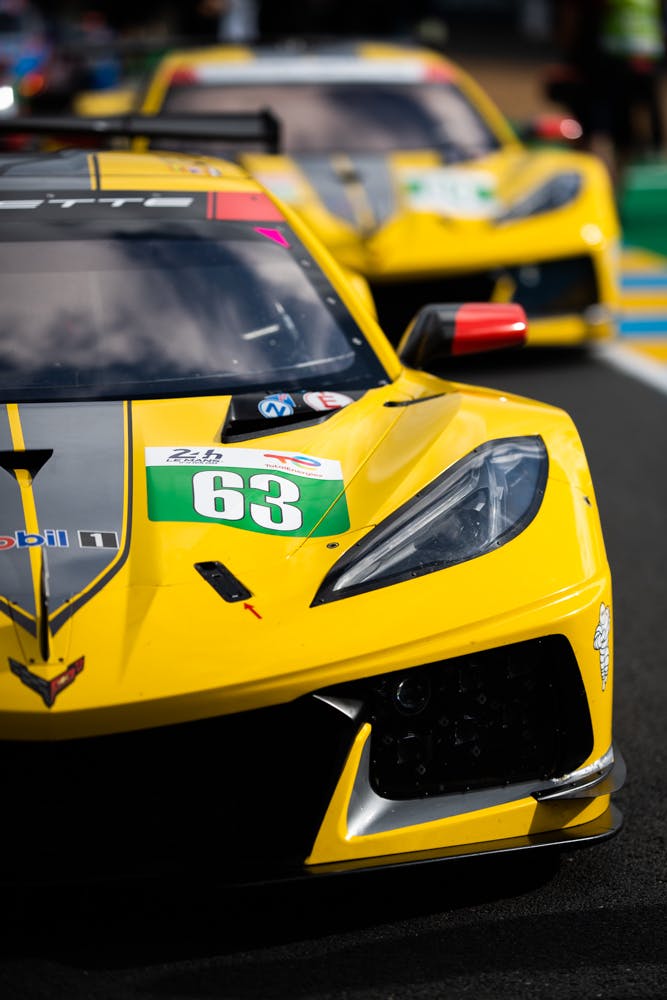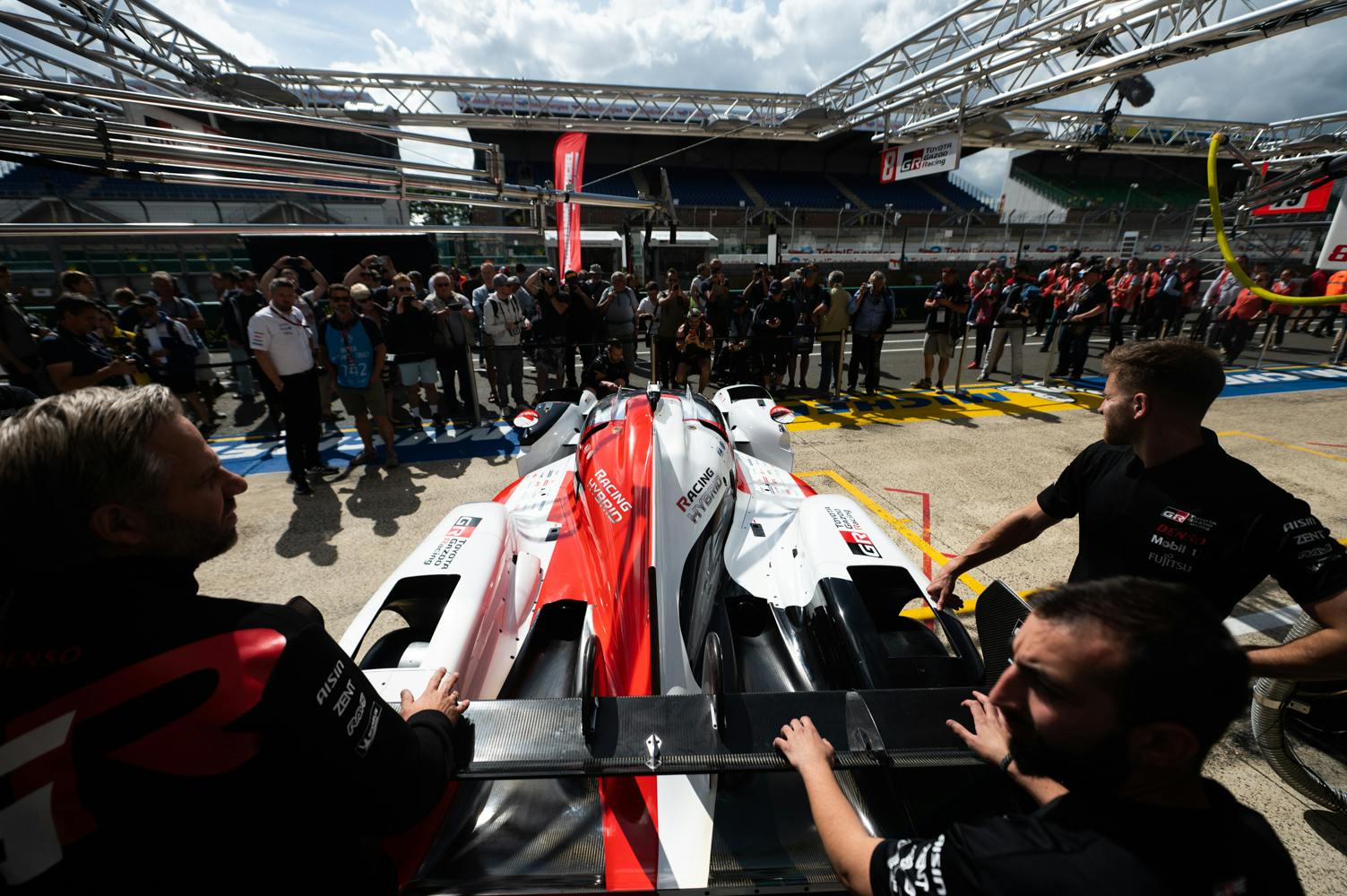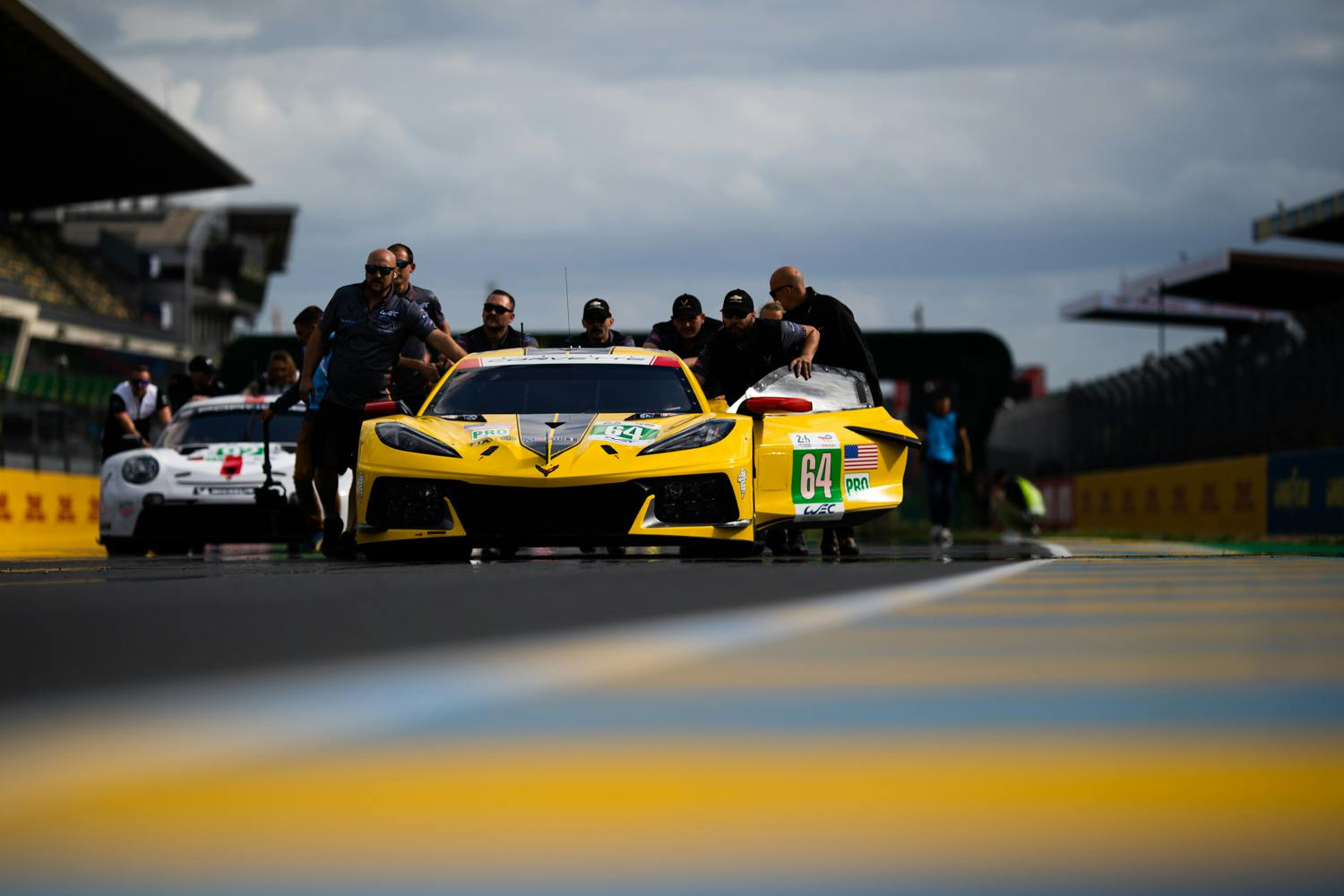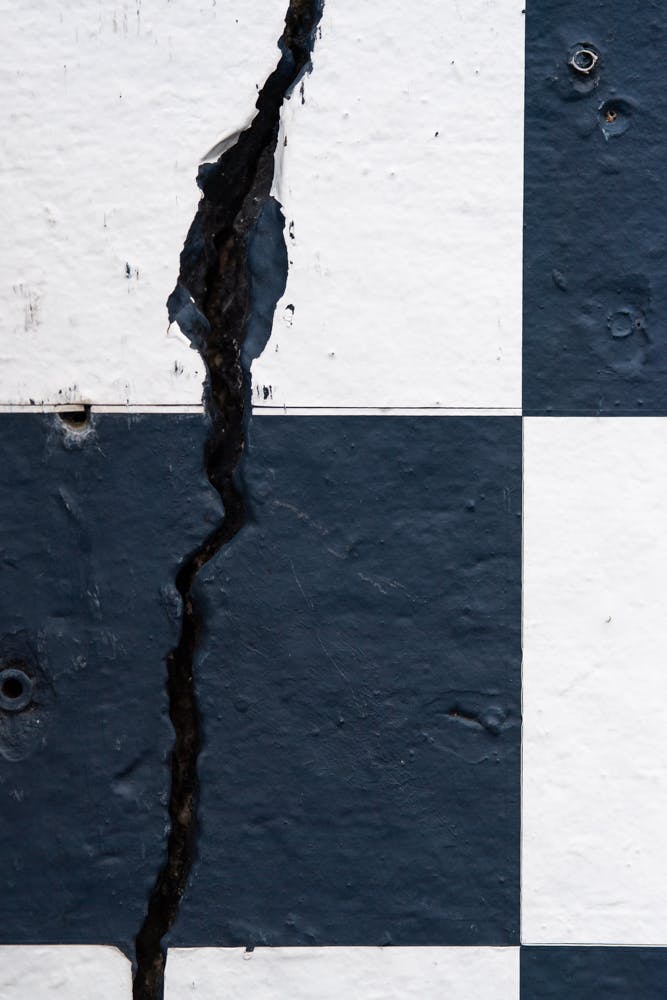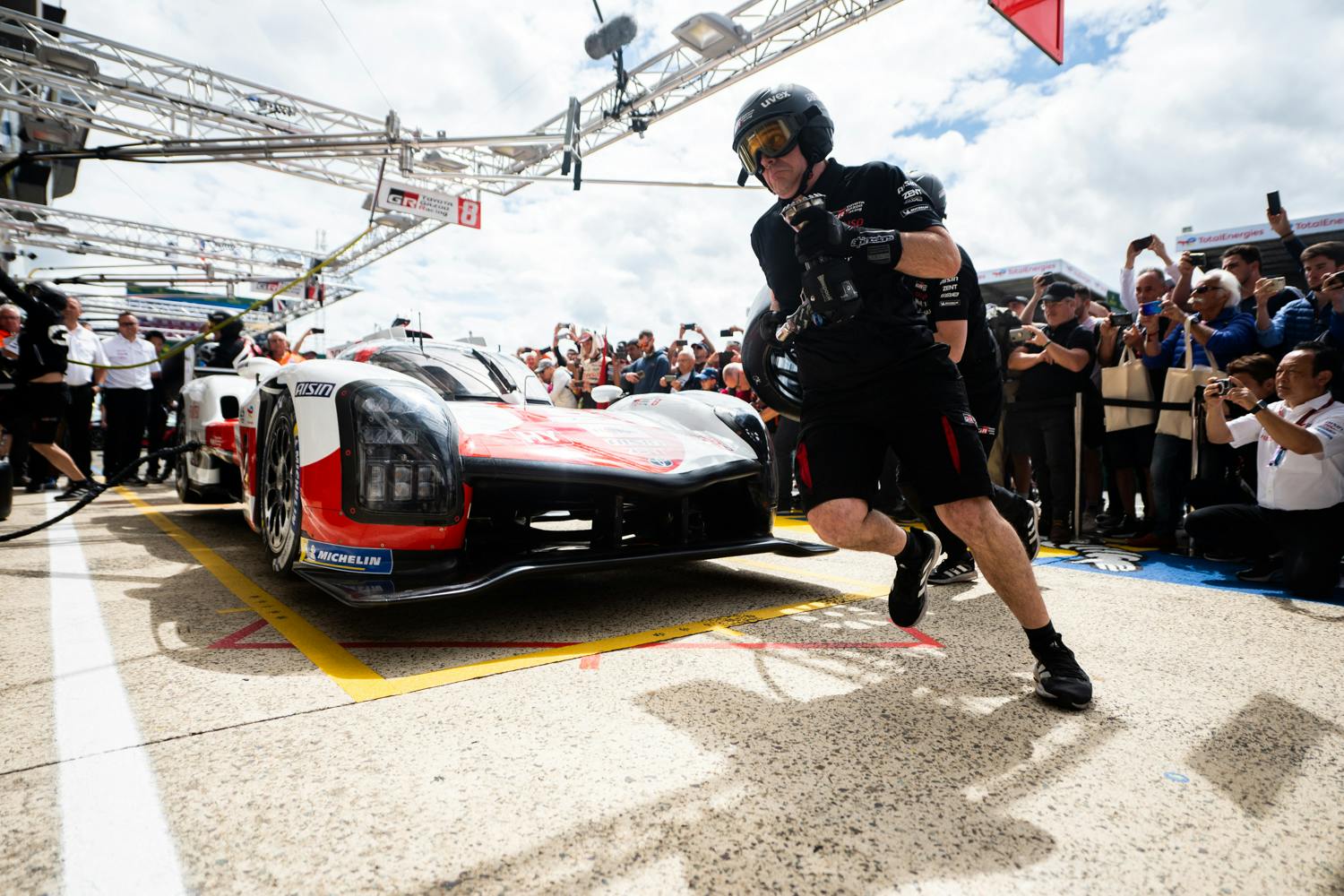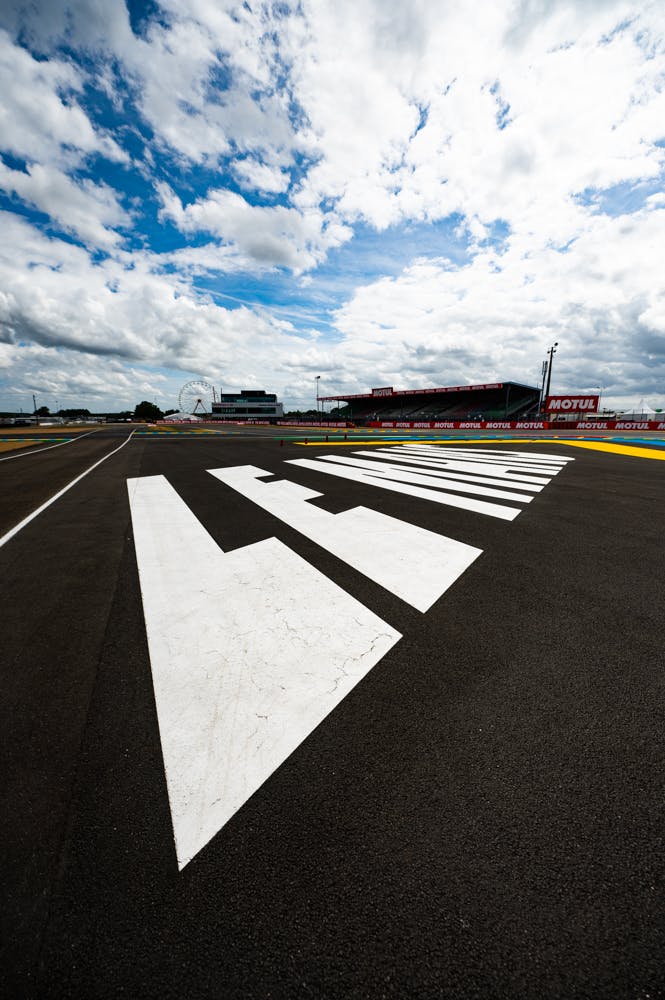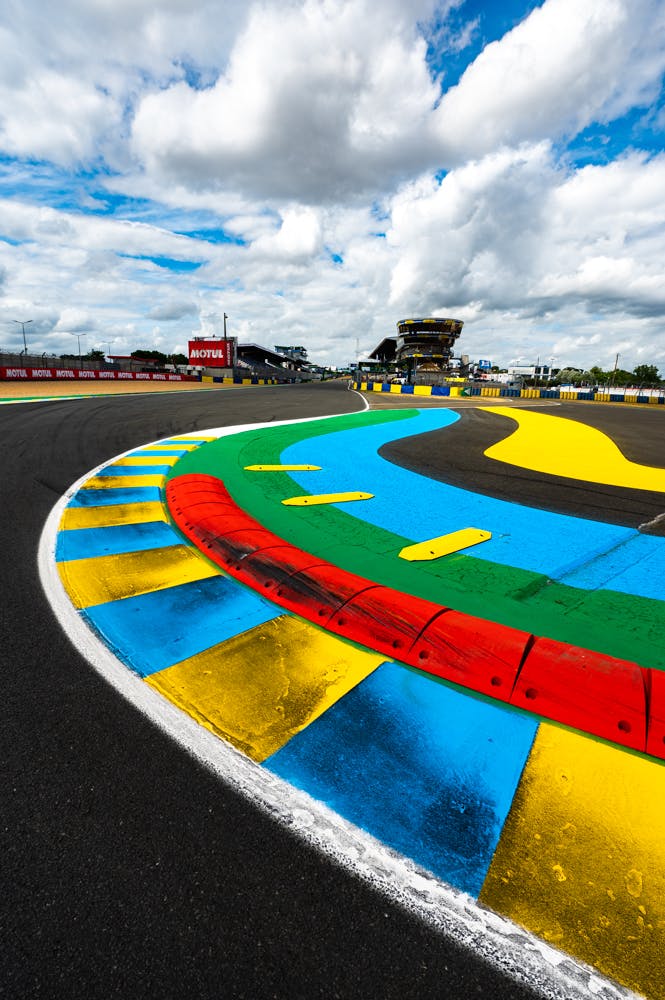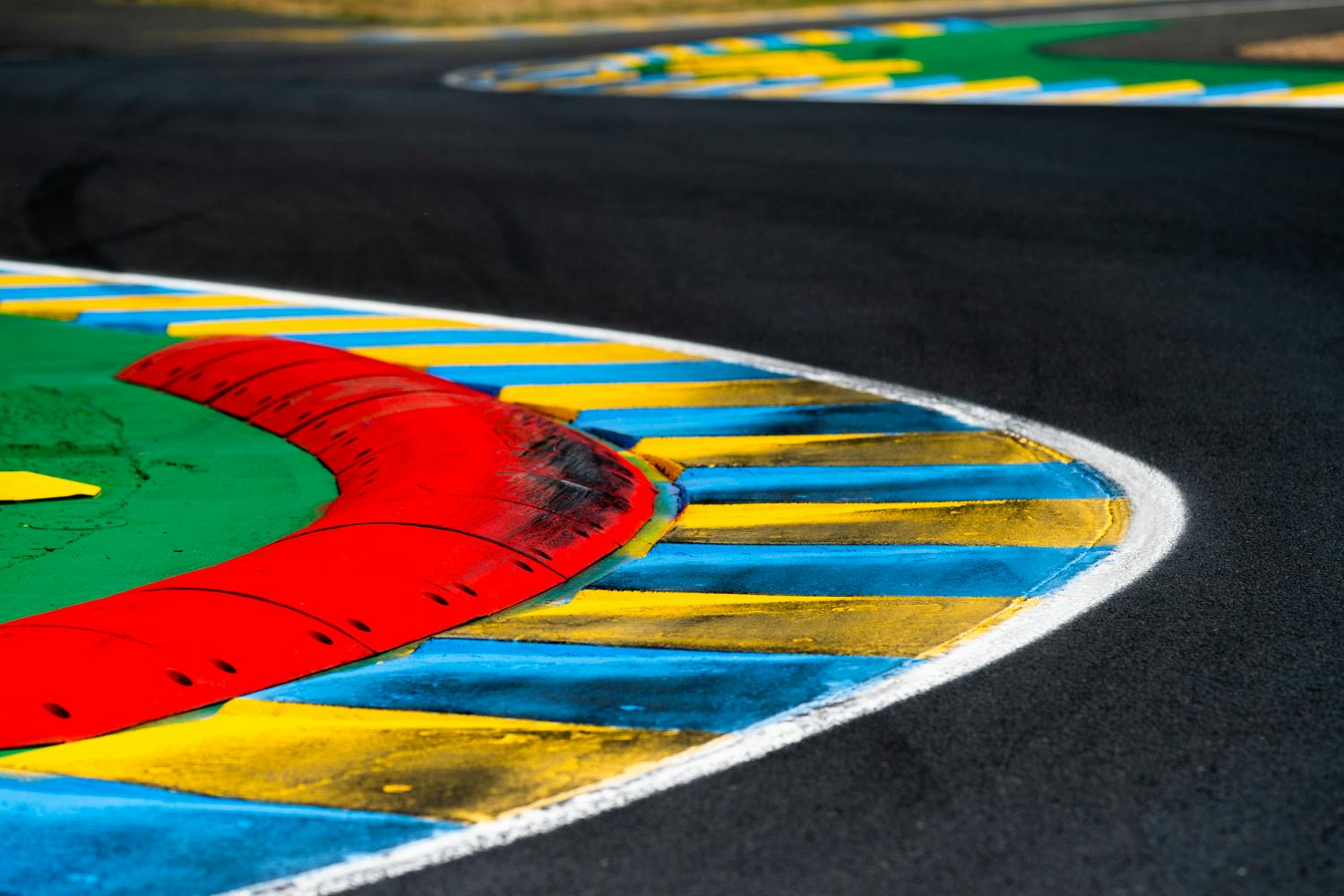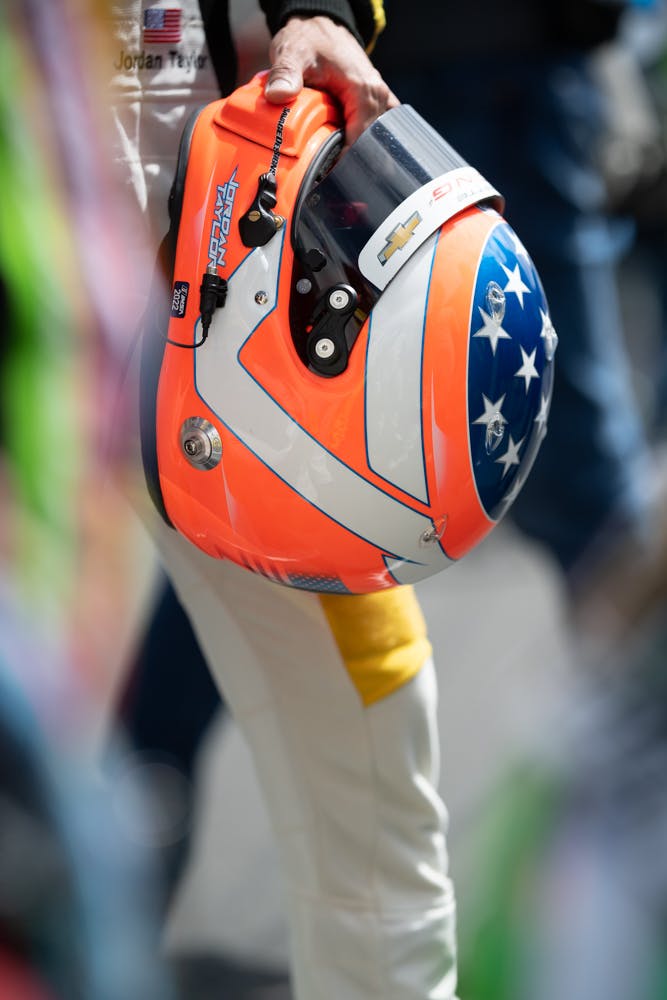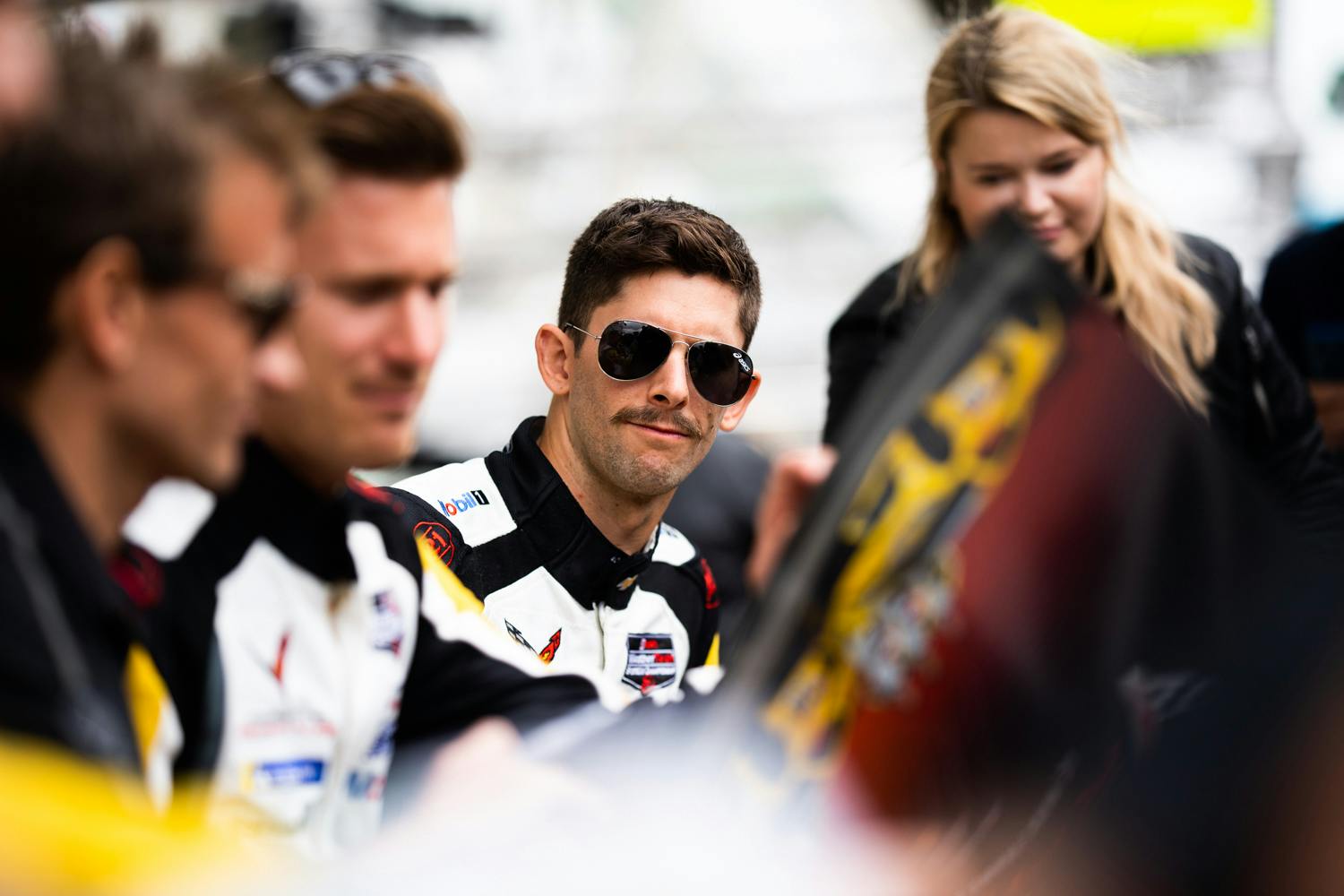What it’s like to photograph the 24 Hours of Le Mans
During one of my stints trackside at this year’s 24 Hours of Le Mans, I heard an English-speaking announcer over the crackling loudspeaker say something that stuck with me: “When you start working in racing, you join a family.” With all its pains and joys, that’s exactly how it feels to shoot a 24-hour race. For a few days, drivers, teams, fellow photographers, and every other beating heart feel like relatives, bound together by a passion for endurance road racing.
I’ve completed sixteen 24-hour races in my professional photography career: eight at Daytona, one at Spa, one at Nürburgring, and six at Le Mans.
My Instagram inbox is full of variations on: “Oh, 24 hours? That’s easy to stay awake that long.” Here’s what they’re forgetting. Anyone who works at the track—including media, mechanics, management, engineers—doesn’t wake up when the green flag falls. They don’t go to sleep when the checkered flag flies, either. This year at Le Mans, my alarm rang at 7:30 in the morning and we were at the track, working, by 8:00. Typically, I start a timer on my phone just to see how many hours I work over the course of the race. By the time the starter waved the French tricolore, signifying the start of the race, I had already worked an eight-hour day.
And the work keeps going. It isn’t just a 24-hour race. It’s a grueling, 39-hour workday.
Despite how challenging endurance-race coverage is, it’s also a huge honor. This year, I was covering the French endurance race for Toyota Gazoo Racing, with my colleague—and Toyota team photographer—James Moy. Working for the marque is a privilege, but it comes with a lot of pressure. Every year, the group races at the front of the field, in the television spotlight. Since it’s one of the largest manufacturers in the world, our images are used in all corners of the planet. You can’t be lazy or off your game.

Working with Toyota also has its benefits. They equip us with scooters to get around the 9-mile circuit. We are given unprecedented access to the team and drivers. You really feel like part of the team. In 2016, I cried with the team when it all fell apart on the last lap. More recently, I celebrated with the team when they dominated in 2019. I join the team briefings for strategy and stints. I eat dinner with the team, and even have a few beers at the hotel each night.
Moy and I also know the drivers well. We’re in the fray for pitstops, rubbing shoulders with the crew and mechanics. We’re trackside at all hours of the day and night, delivering images throughout the entire event. It’s a tremendous effort—and honor.
Le Mans is always physically tough, too. The circuit’s massive size also means you’re going to spend a lot of time walking (even with the aid of a scooter). I walked roughly 39 miles from Tuesday through Sunday, with camera gear on my back for the majority of it. Then there’s the issue of sleep. On Sunday afternoon, if I’m lucky, I nab a quick nap under our desk, on the ratty carpeted floor of the media center, in a sweaty fire suit, a fleece balled up under my arm as a pillow.
During the 39 hours this year, I shot 66,981 frames, with three different cameras and seven lenses. I send Toyota GR about 120 images per day. This includes drivers’ media appearances, autograph sessions, pitstop practice, race practices, fan interactions, pre-race, gridding, on-track action for 24 hours, and podium celebration. It’s a lot to cover. It’s similar to covering a wedding, but louder, and you have to deliver images at multiple points throughout the event. Moy and I will alternate coming back to the media center to edit and upload shots, and then go back trackside while the other edits and uploads. We utilize a live delivery system, where we can send an unedited .jpeg to the PR team of the race start, sunset, or sunrise when we can’t immediately get back the media center.
Some of my favorite moments from the entire week involve escaping to back of the track to photograph cars blasting down the 3.7-mile Mulsanne Straight. Before the start of a session, you can just sit back and hear the birds chirping and trees swaying in the breeze. Once practice goes green, you hear this distant noise. It’s faint at first, then gradually grows louder and louder. You can tell where the cars are on their out-lap just from the noise. Suddenly, in a flashbang of color and sound, an endurance racer rockets past at 200 miles per hour. The ground shakes, and the air literally punches you in the chest. It’s like nothing I’ve ever felt. Photographing a 24-hour race is far from glamorous, but it has its rewards.
Click through Jamey’s gallery and let us know your favorites in the comments below.



